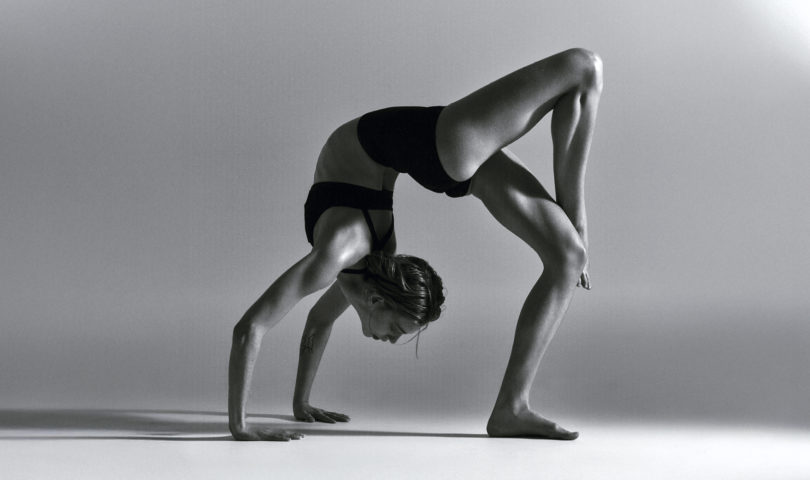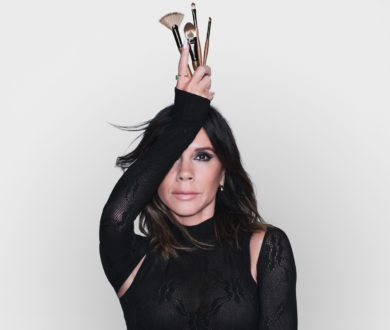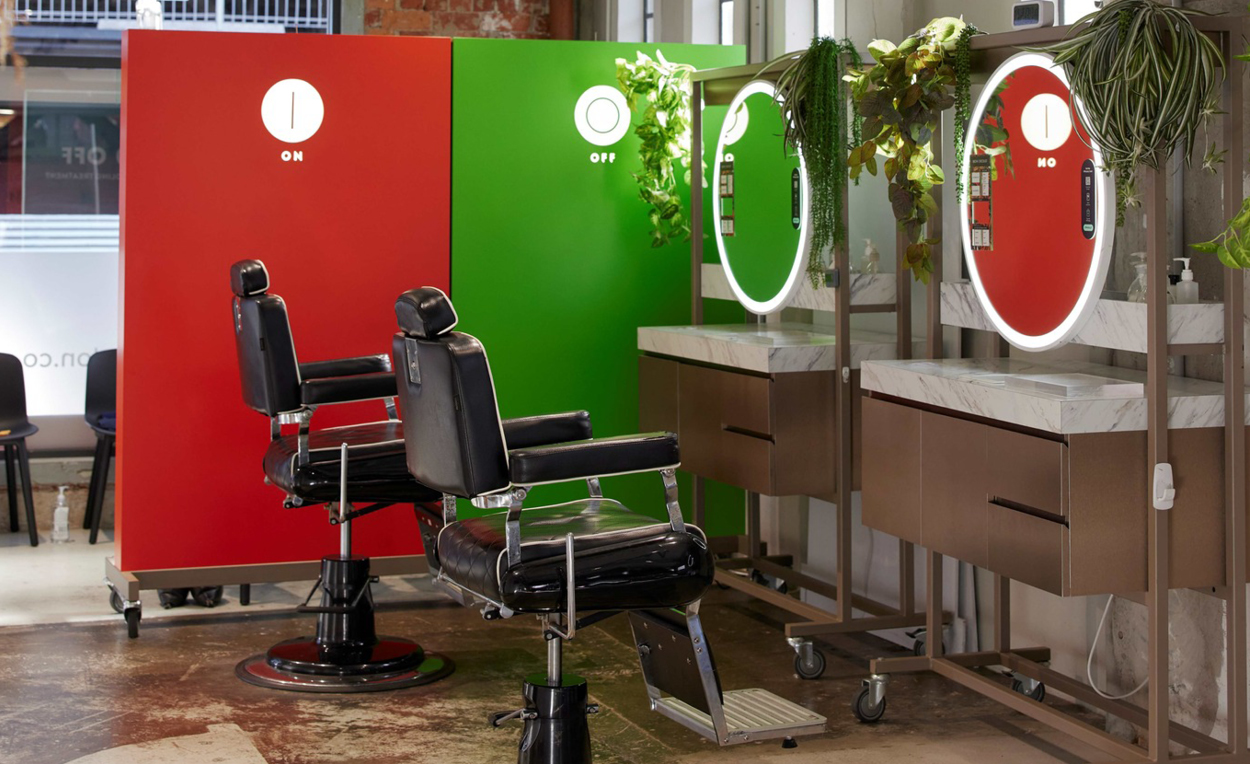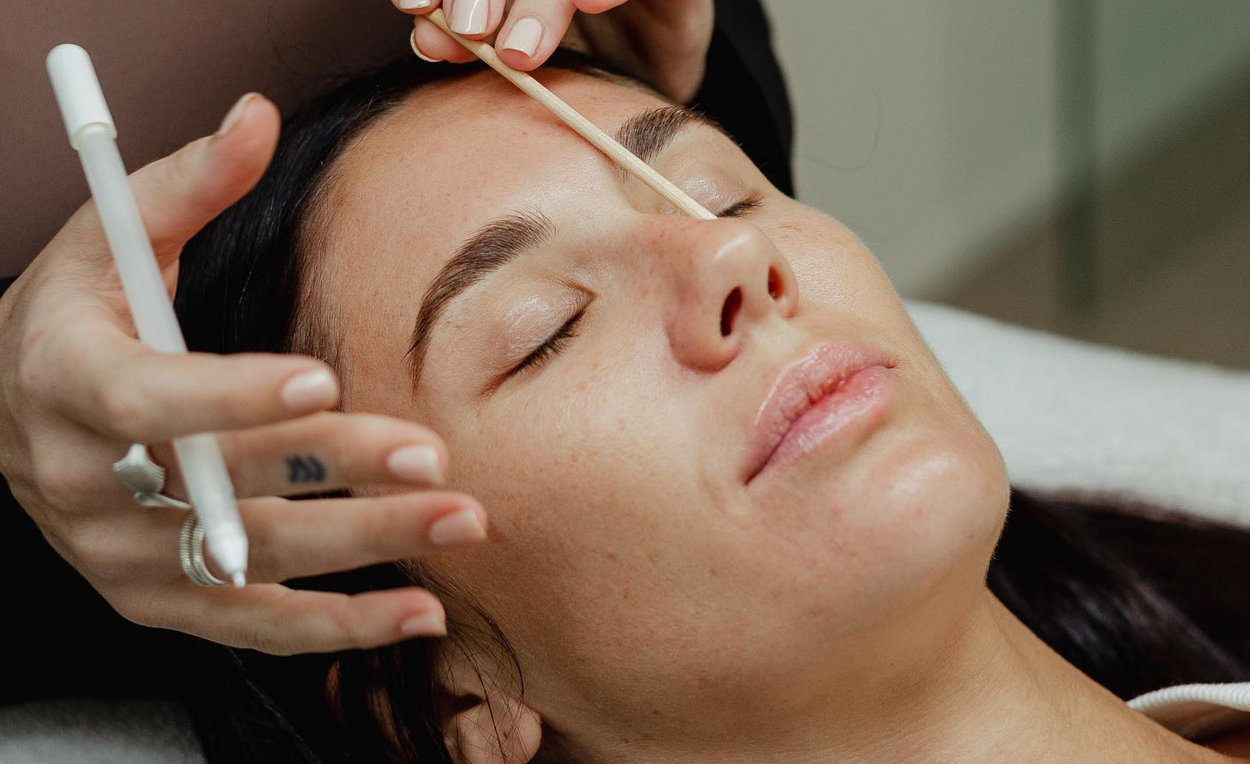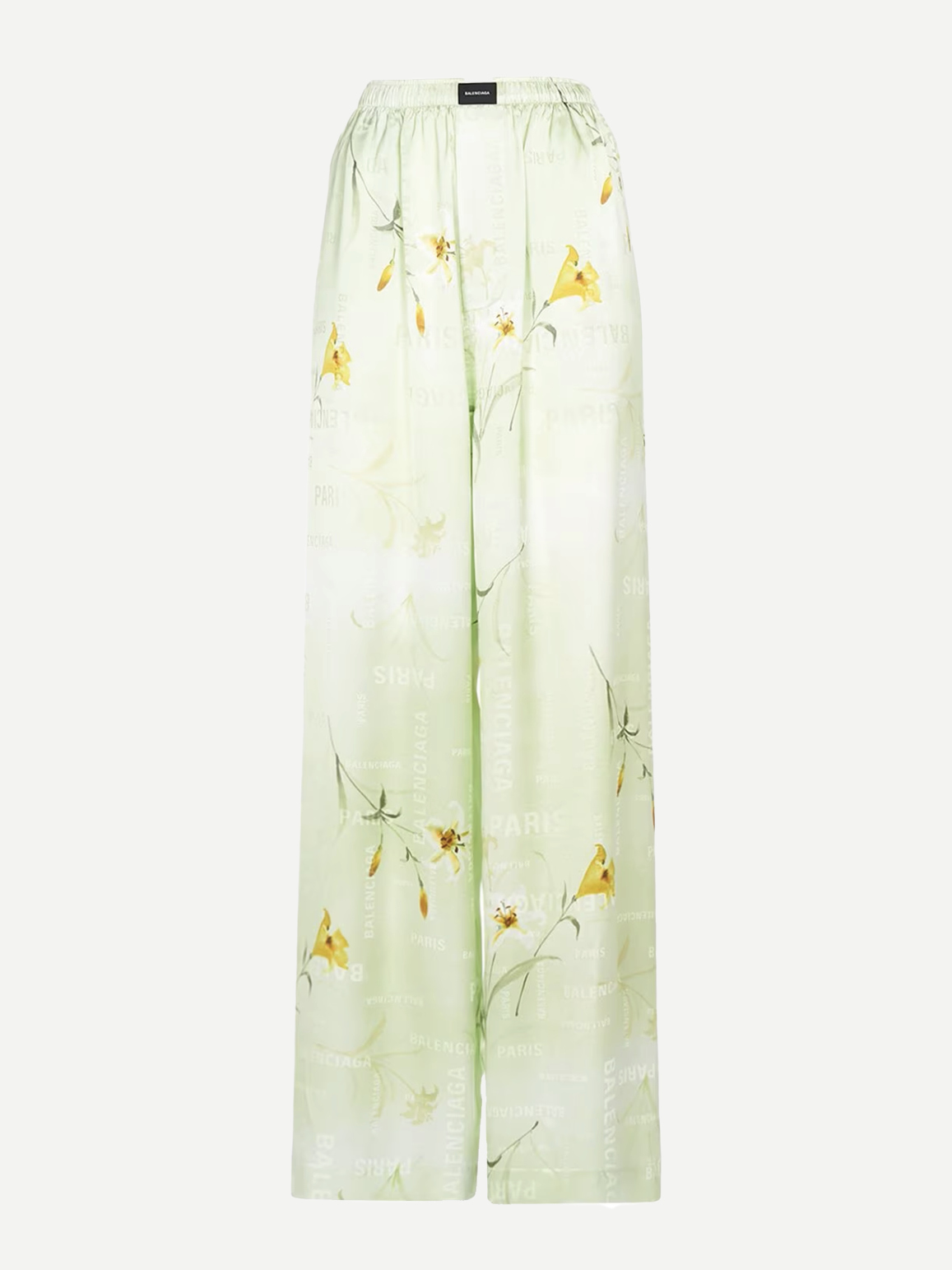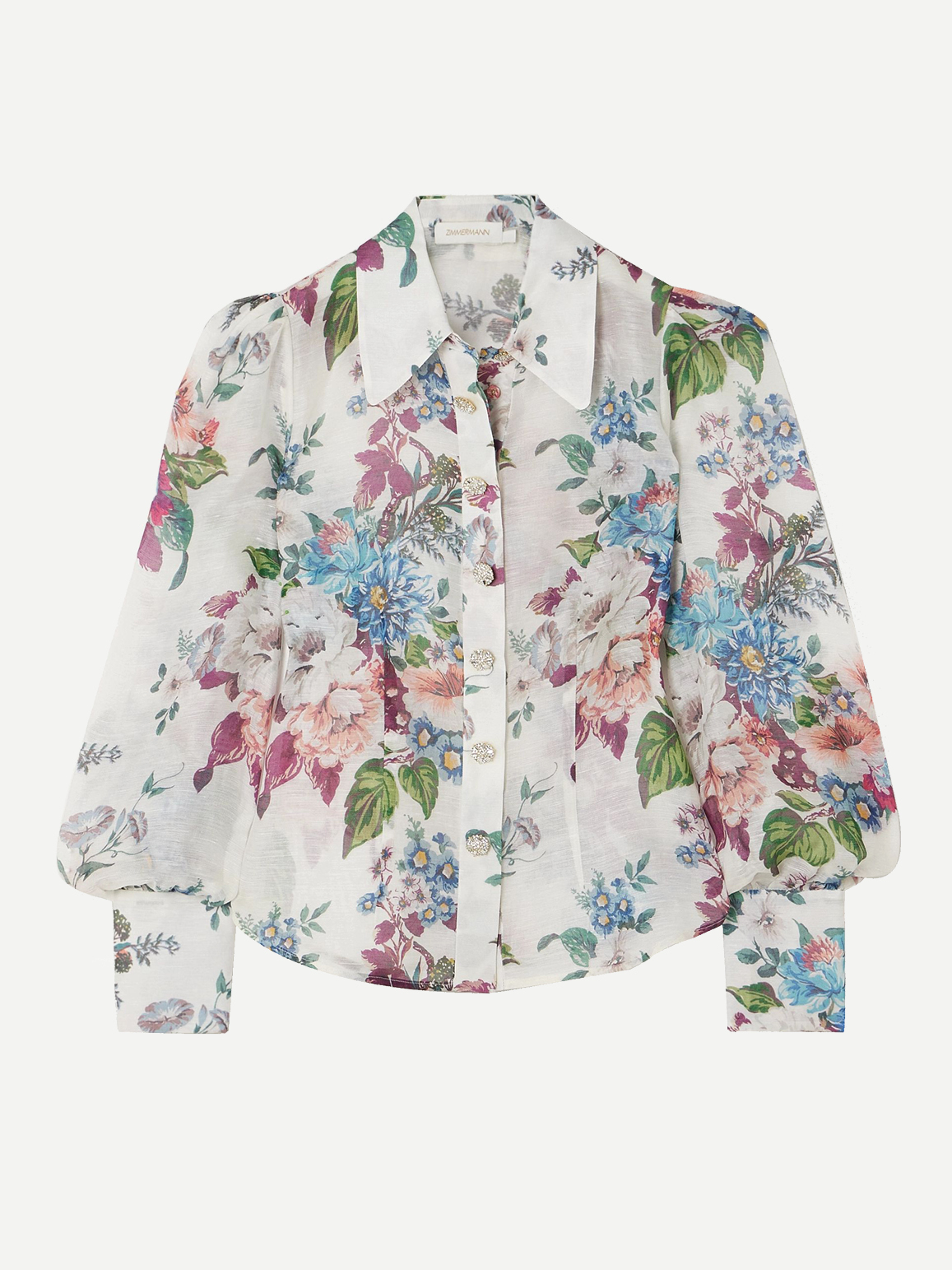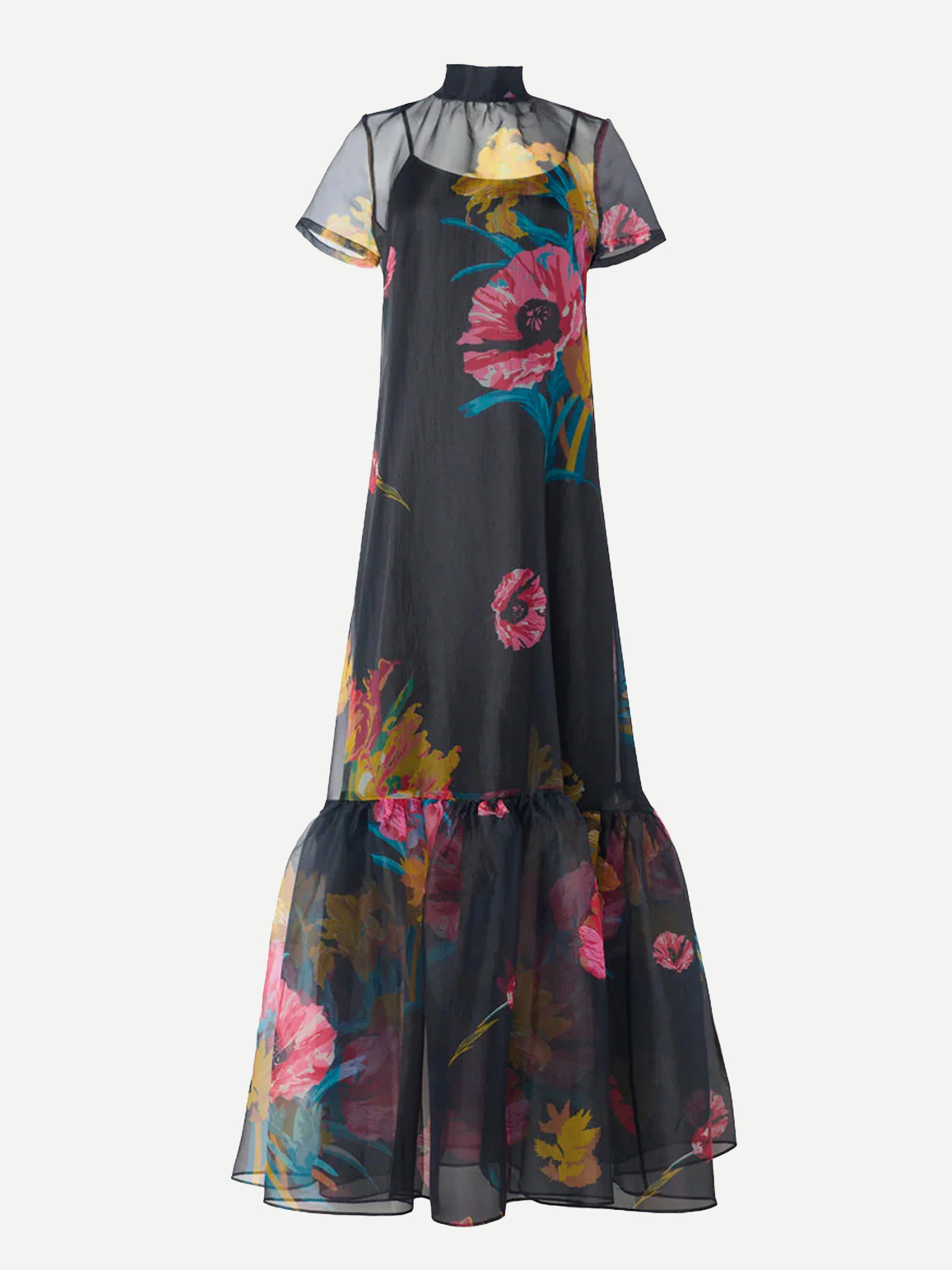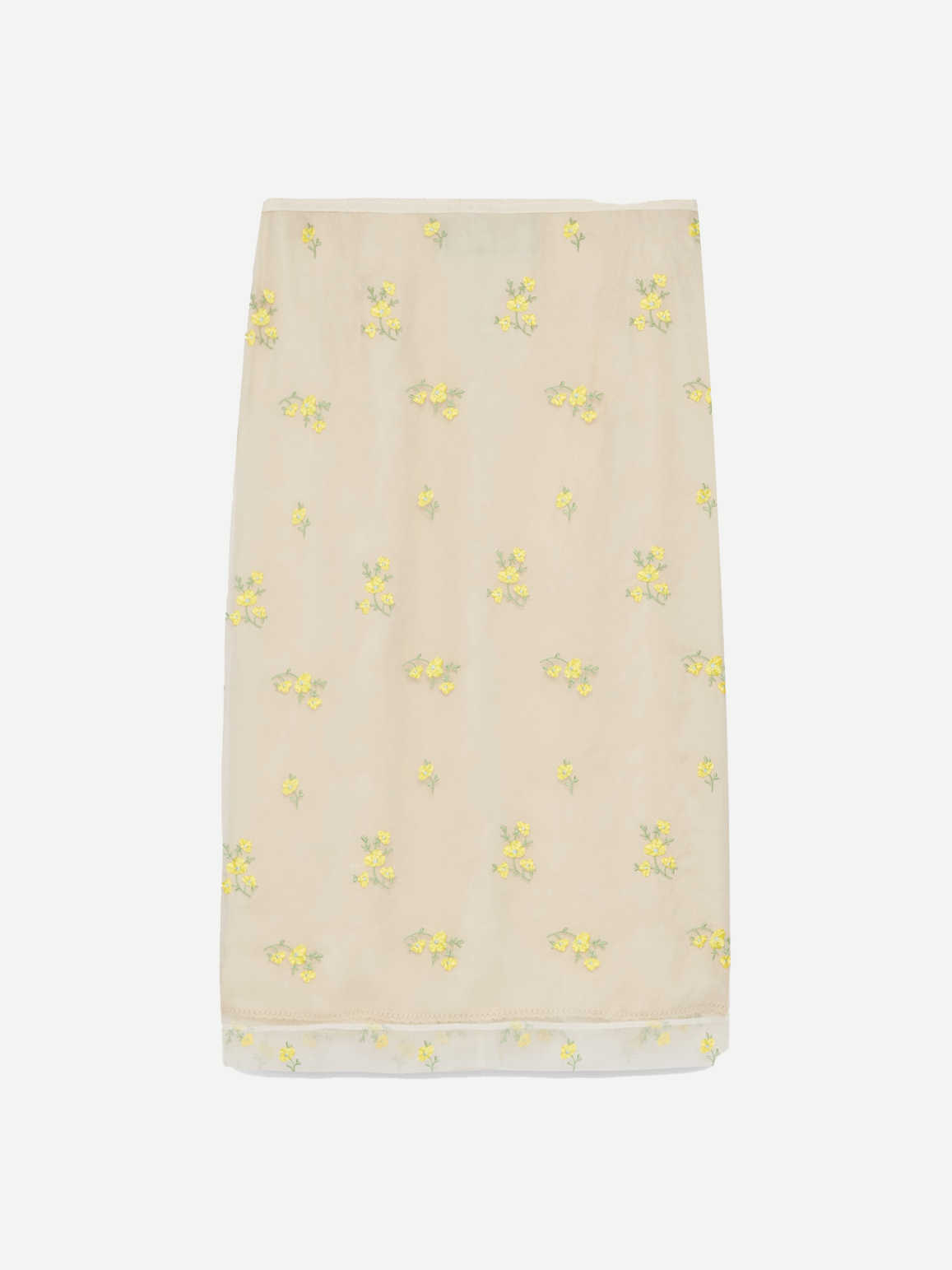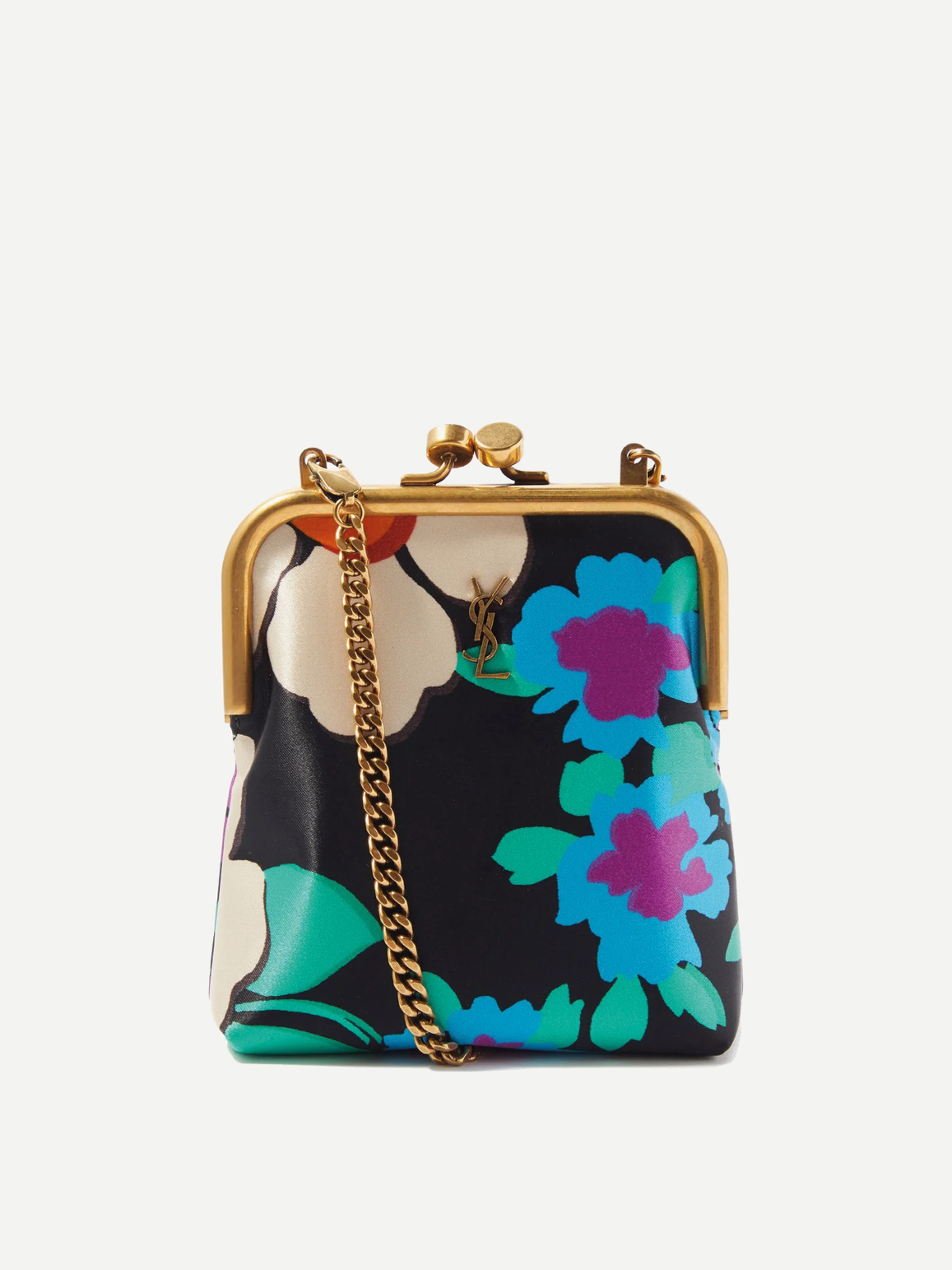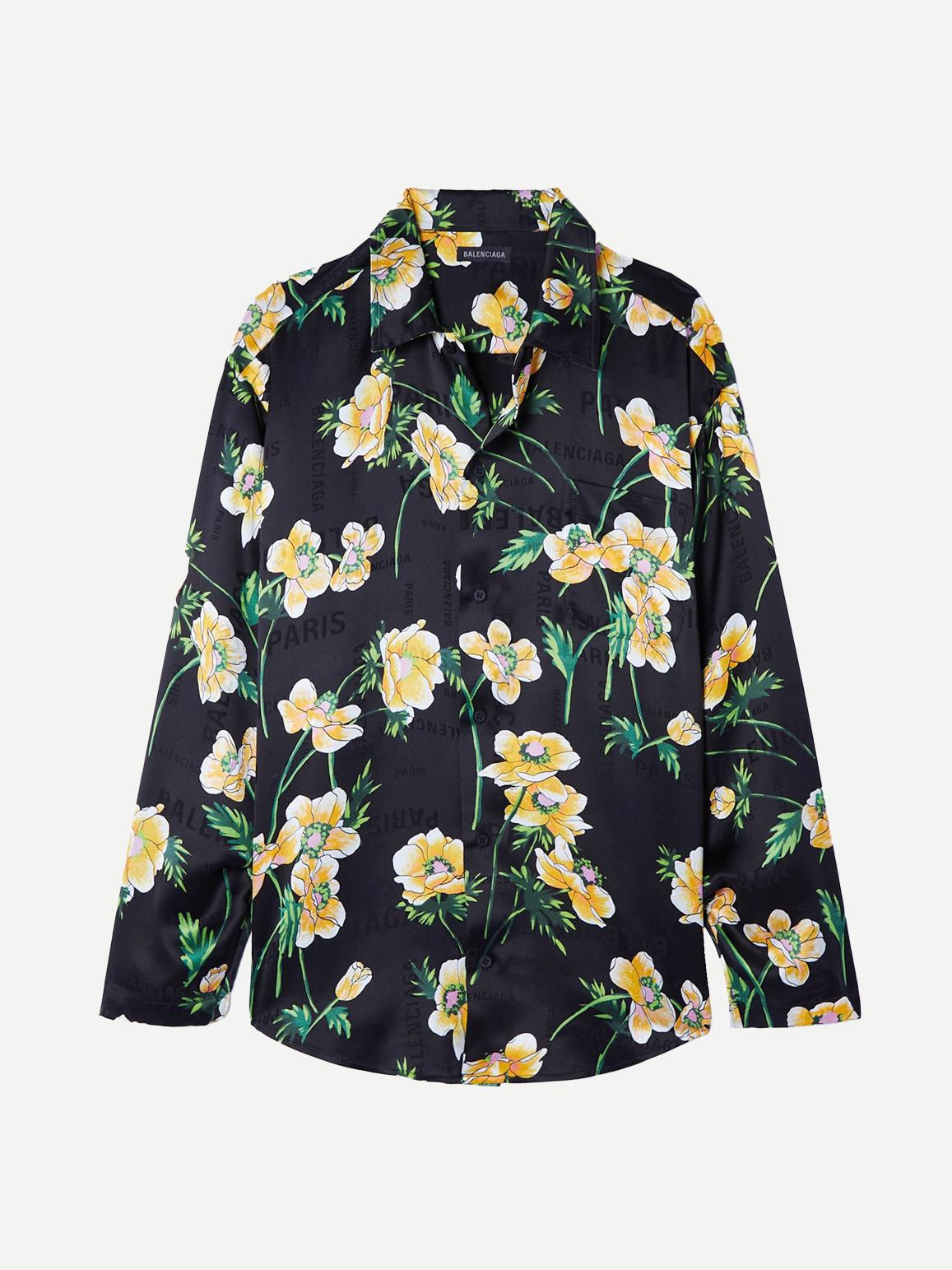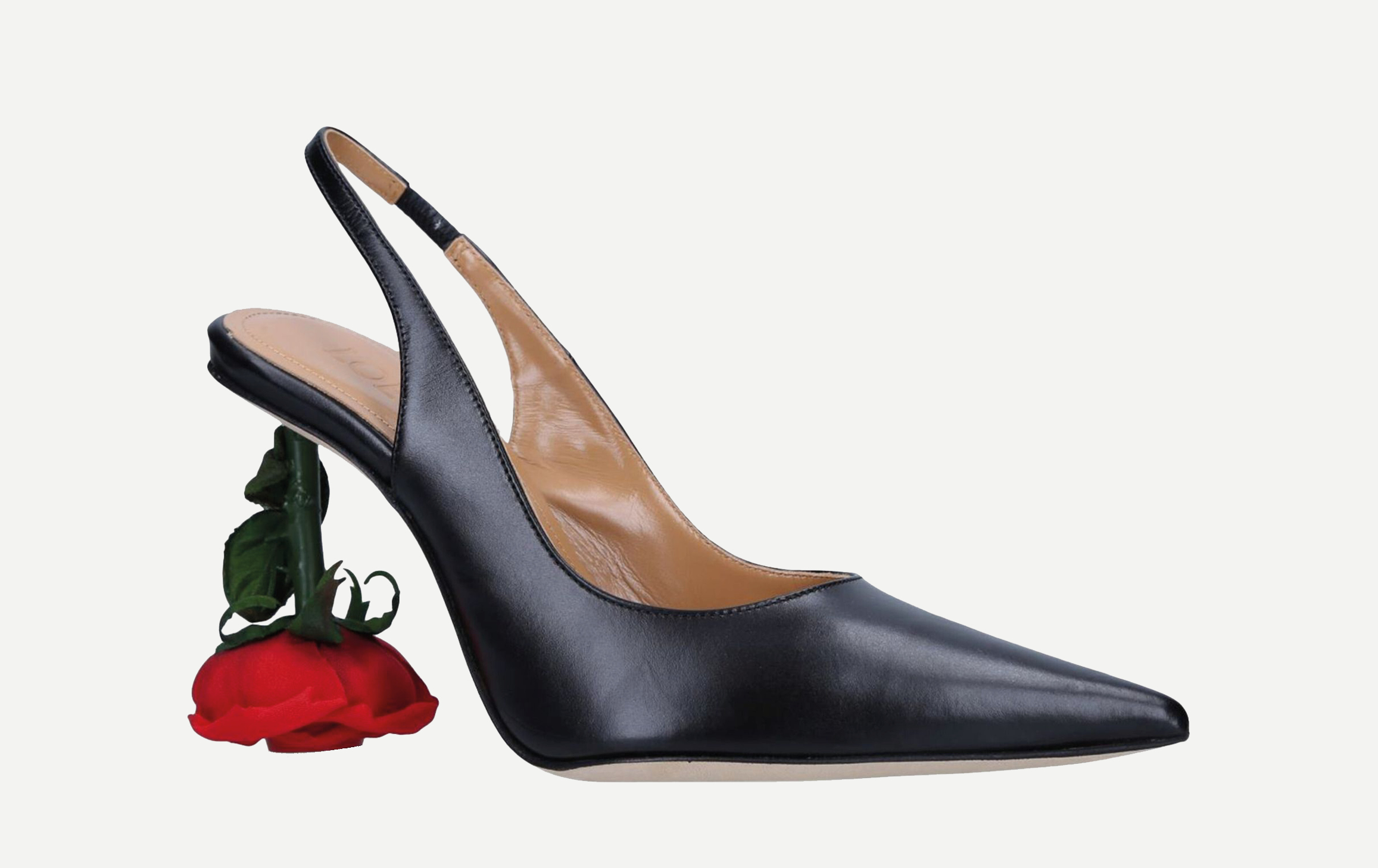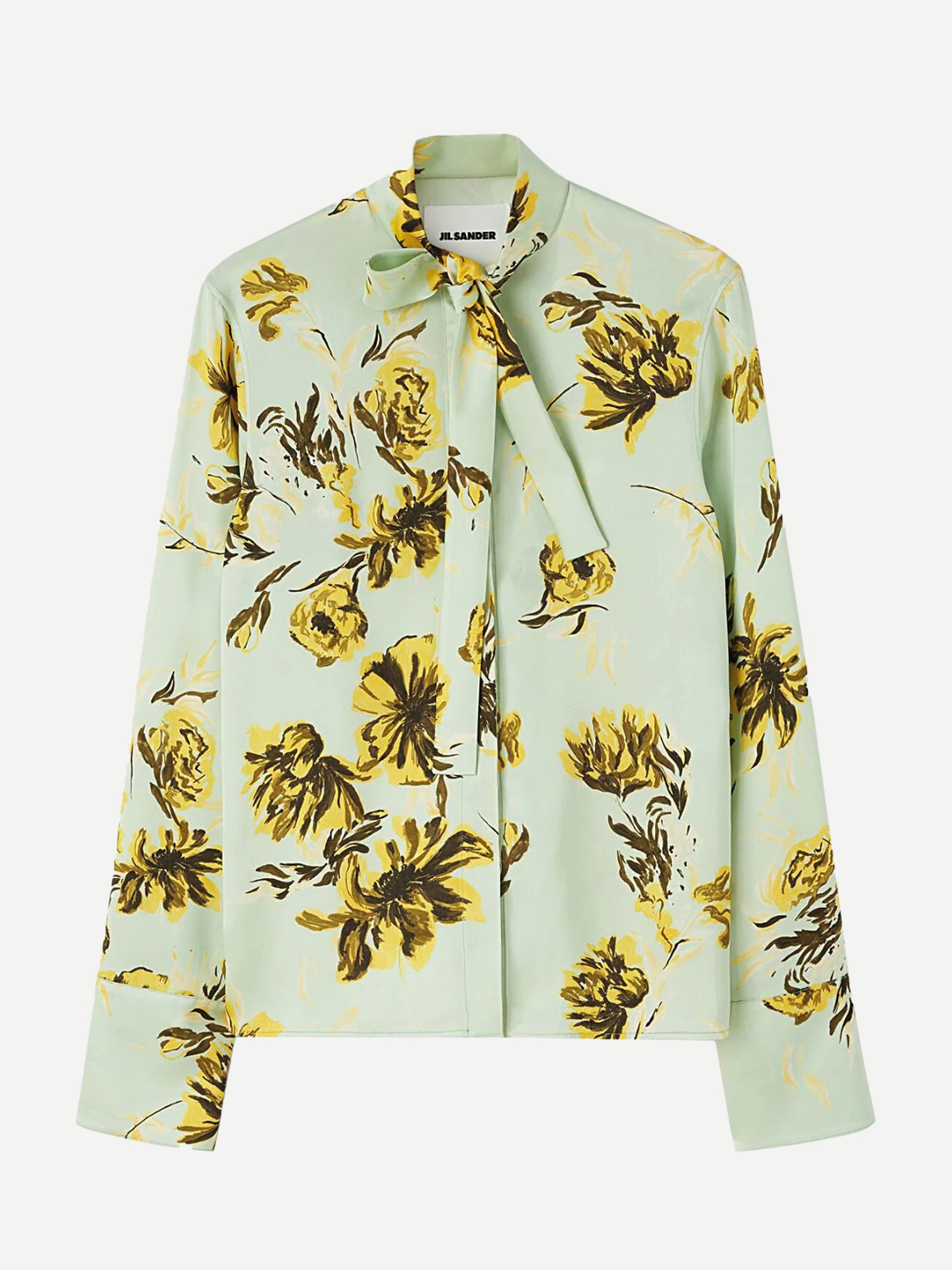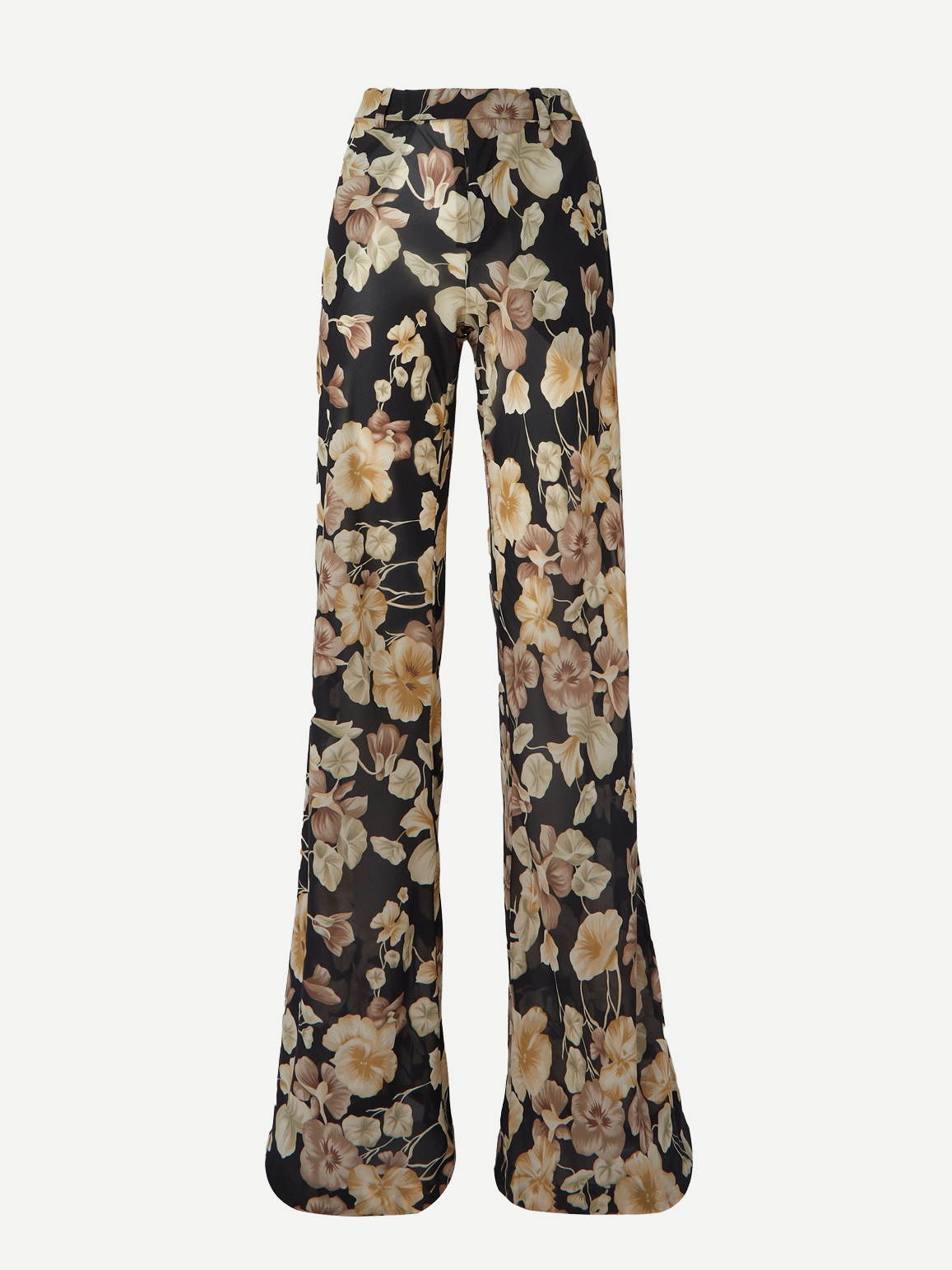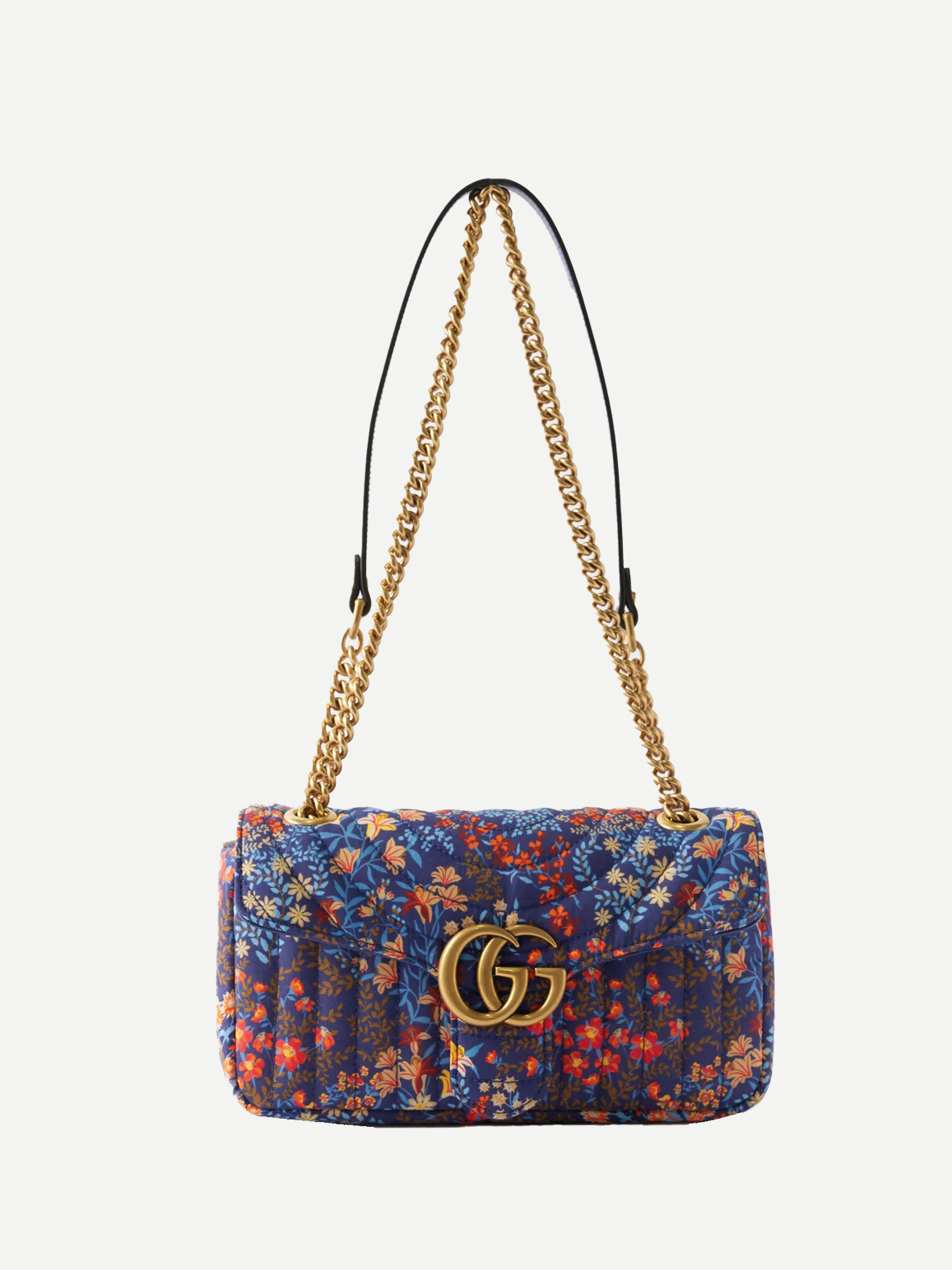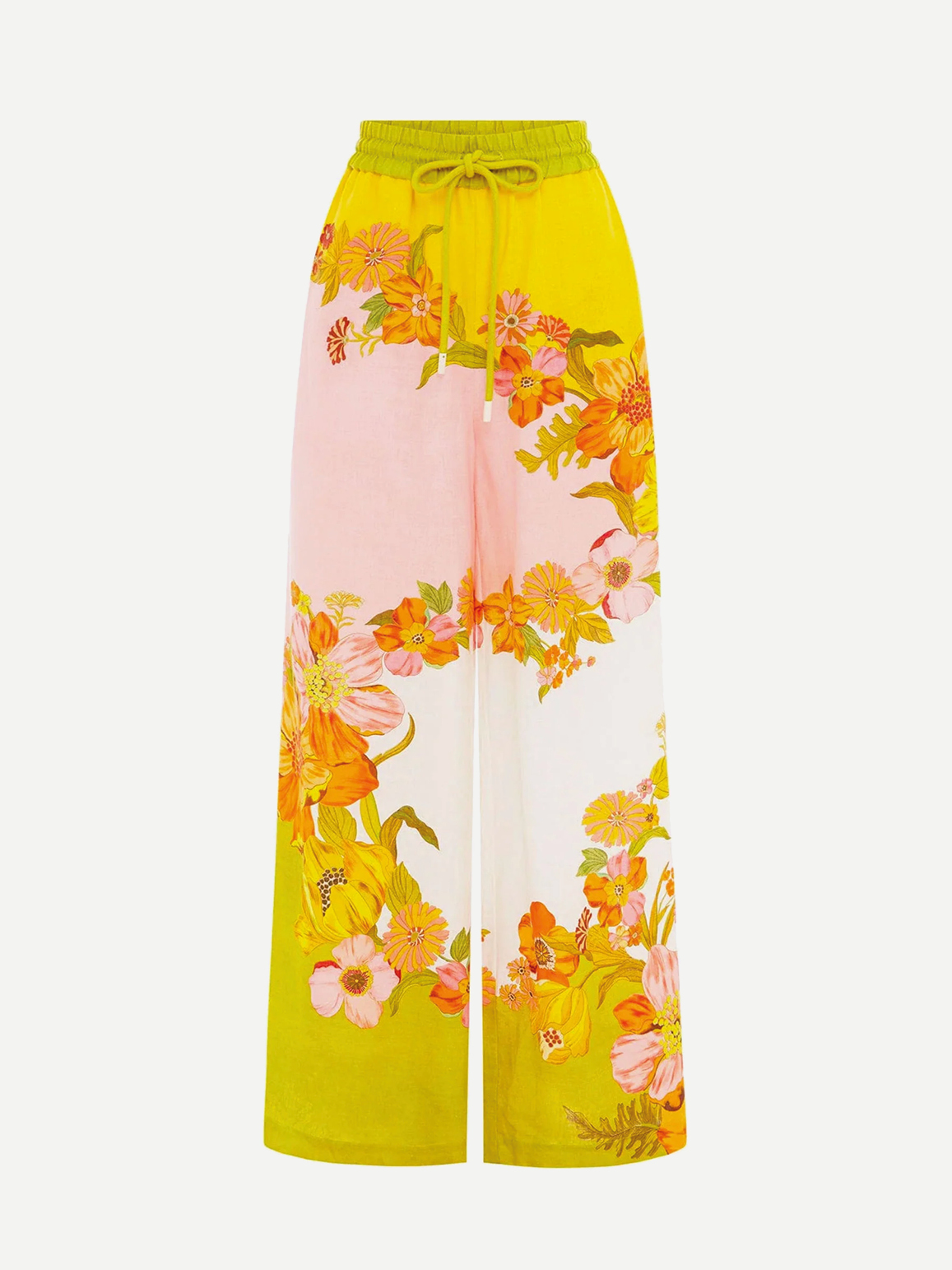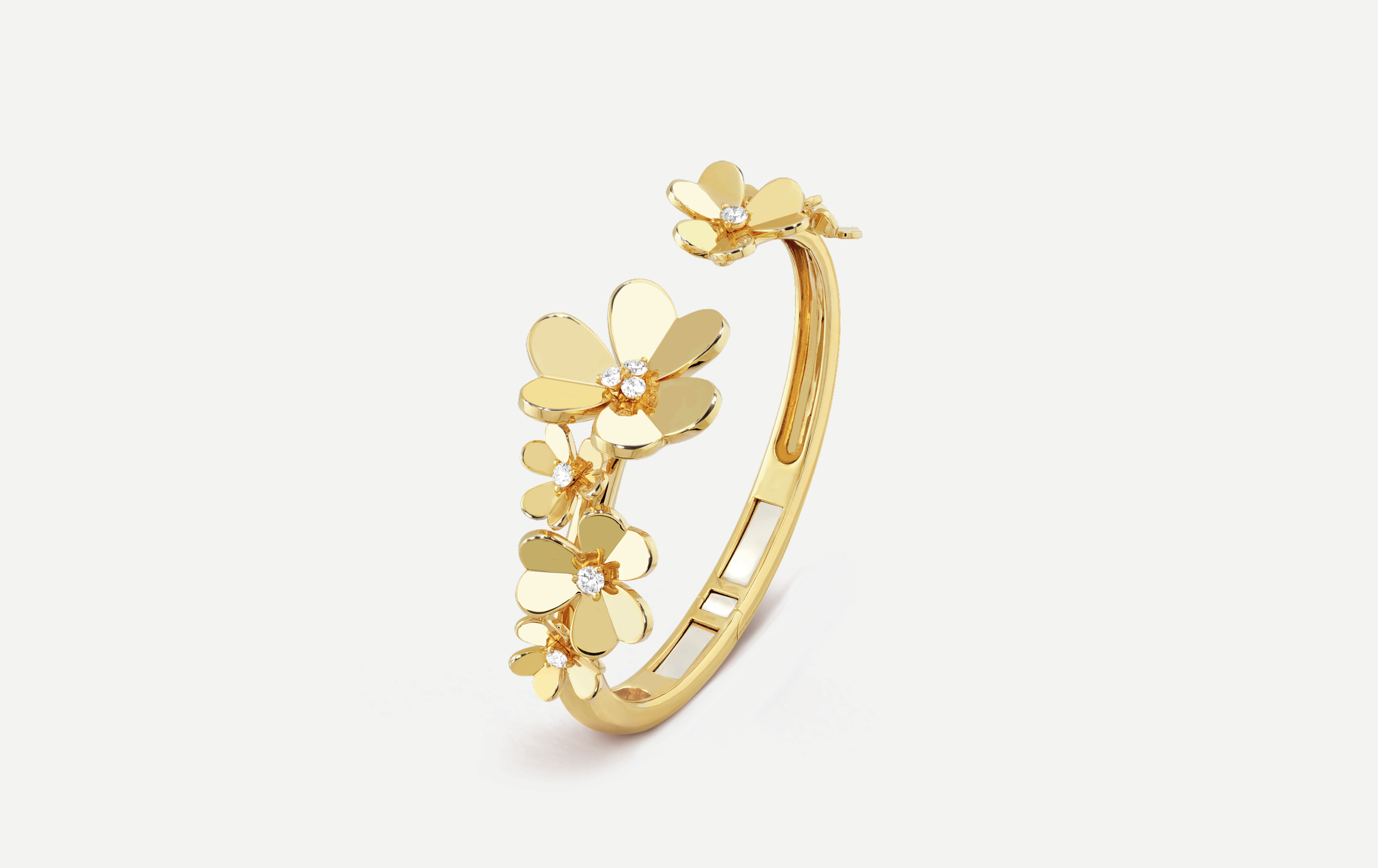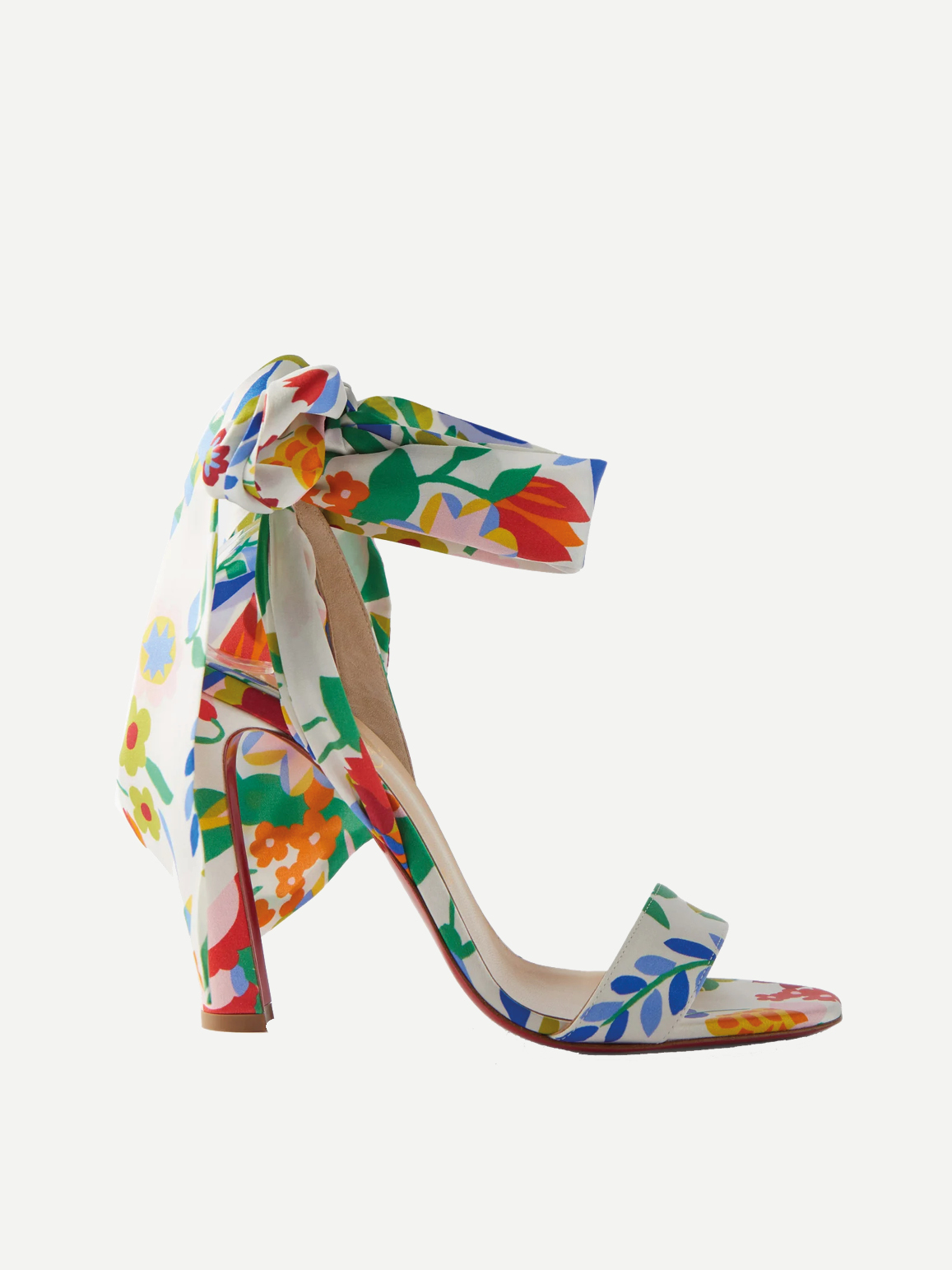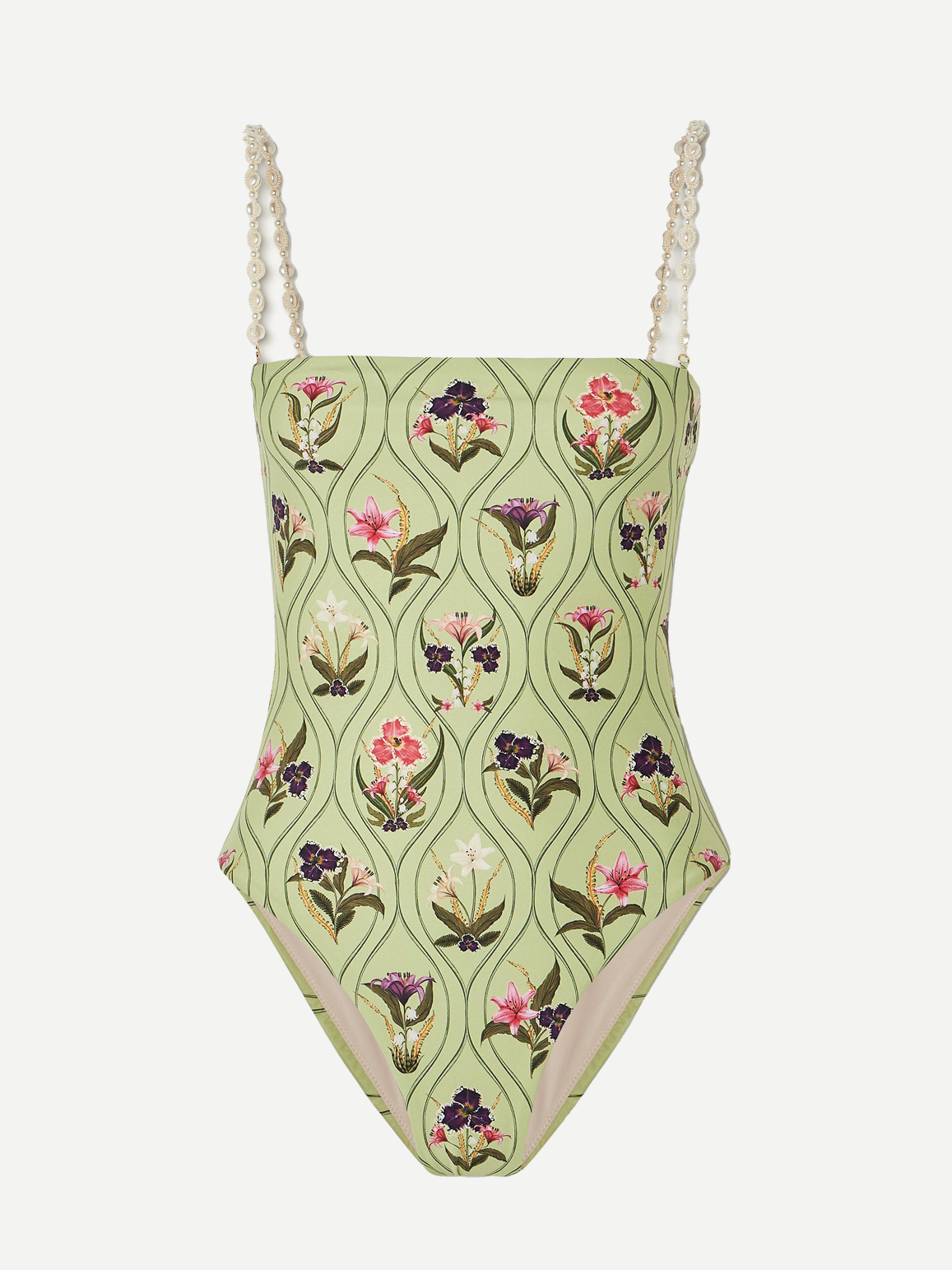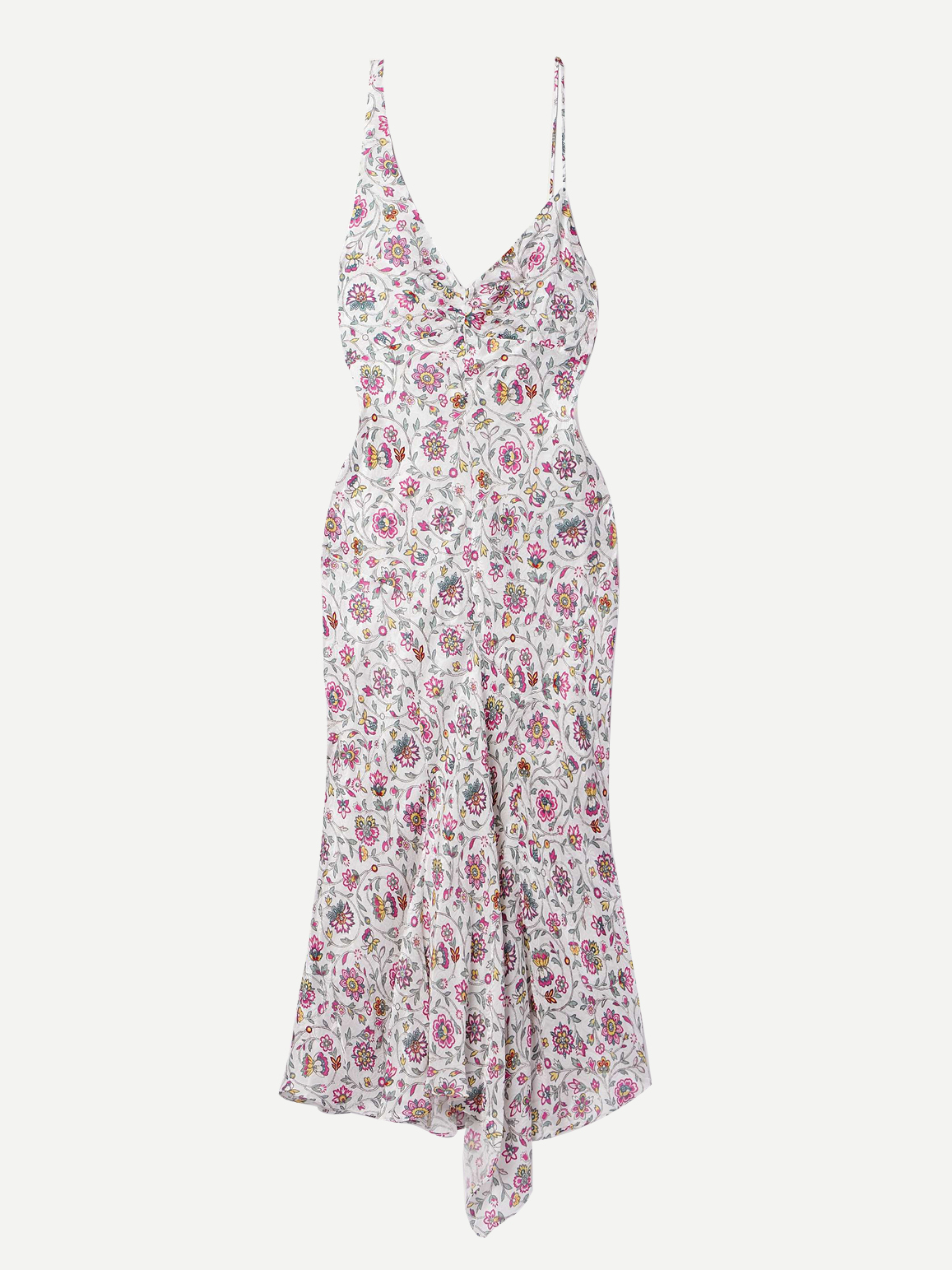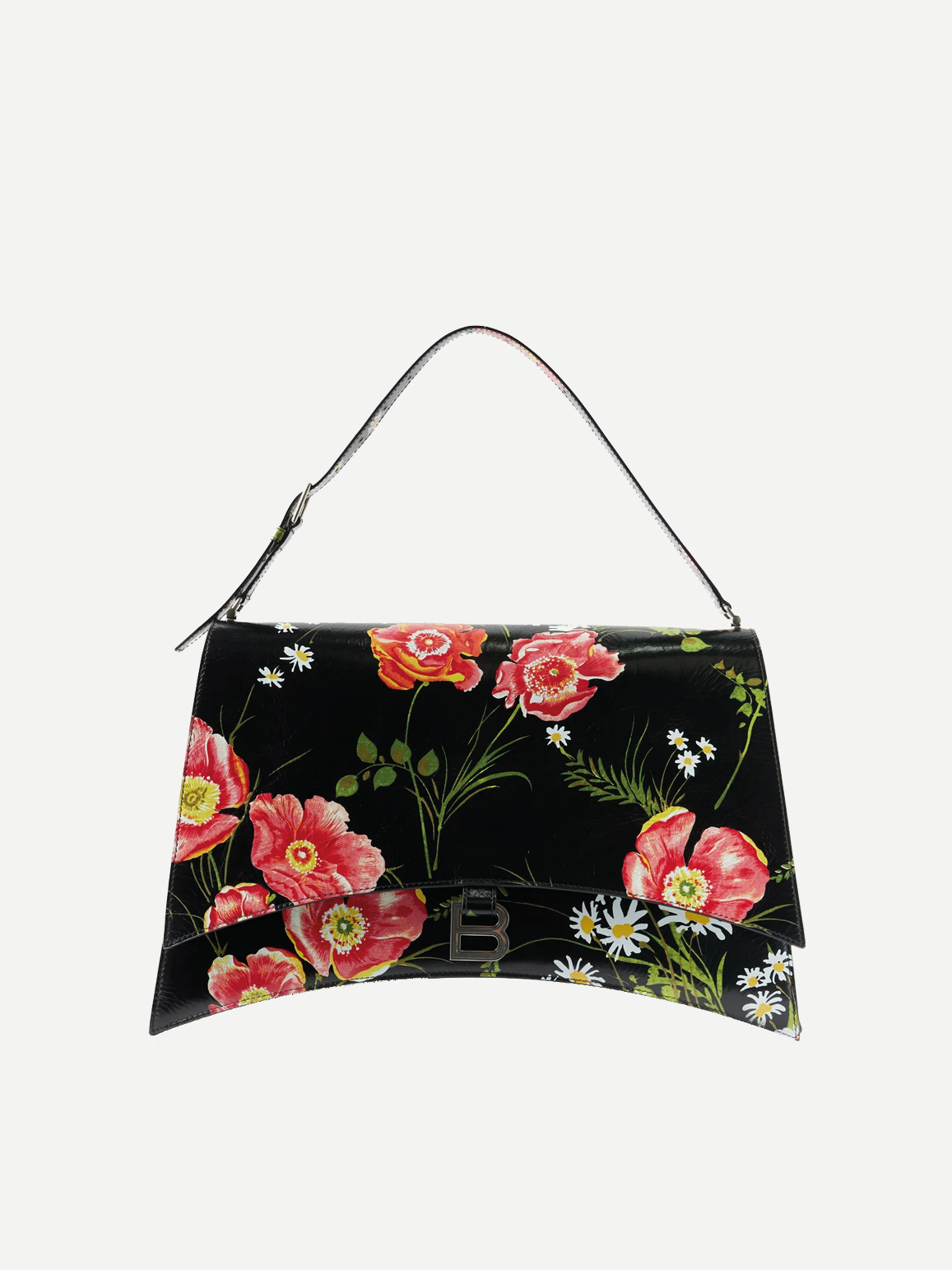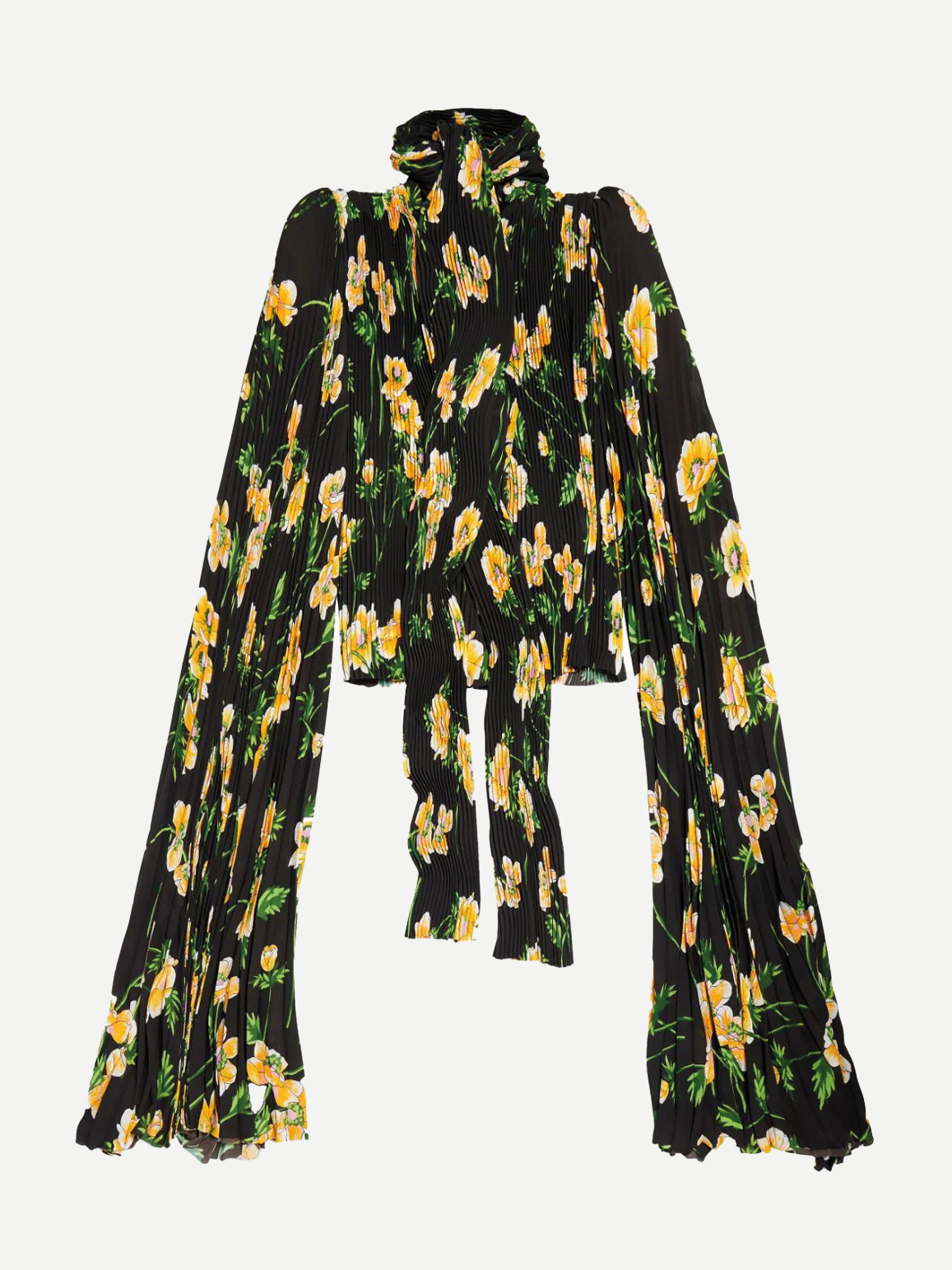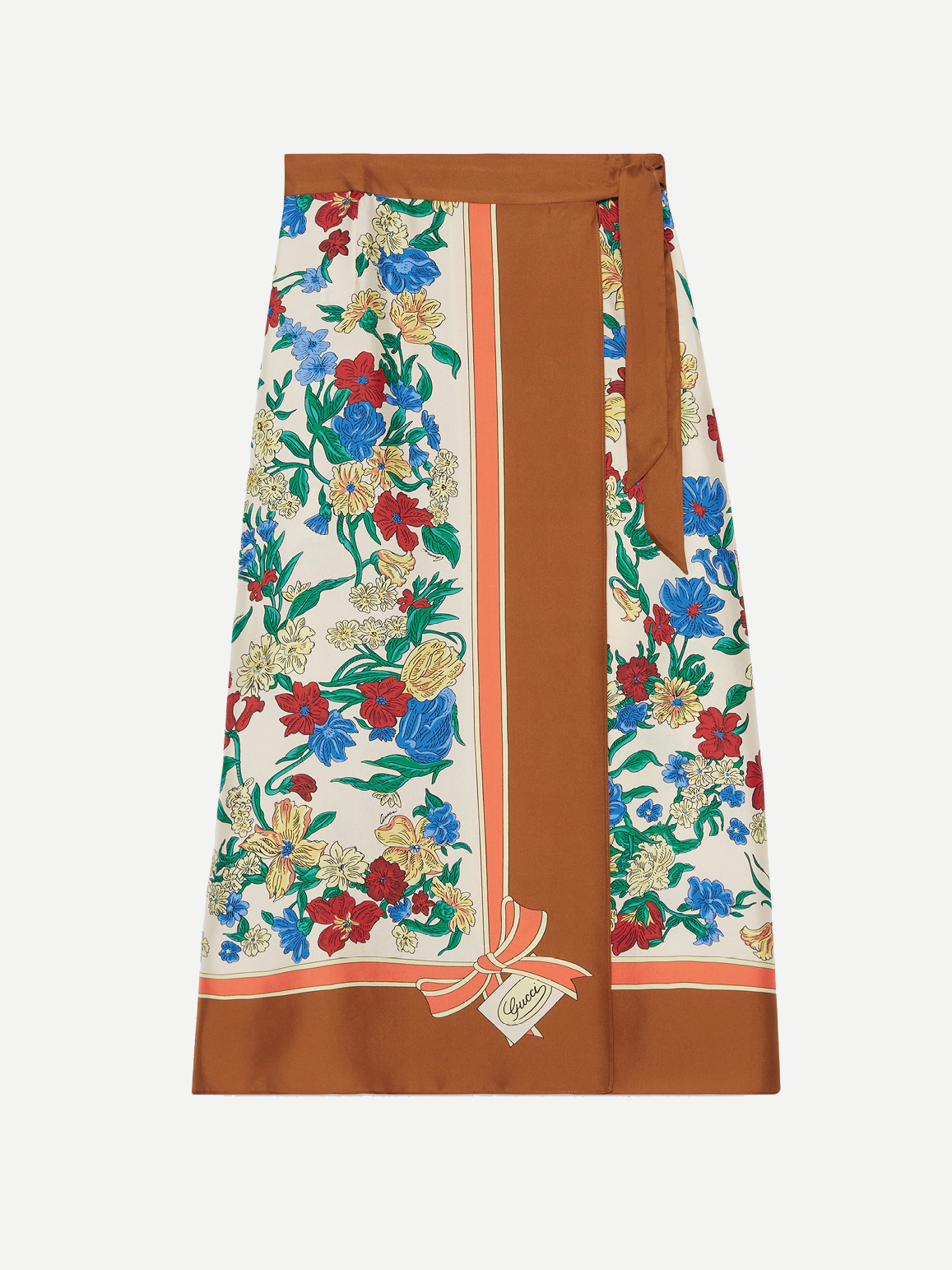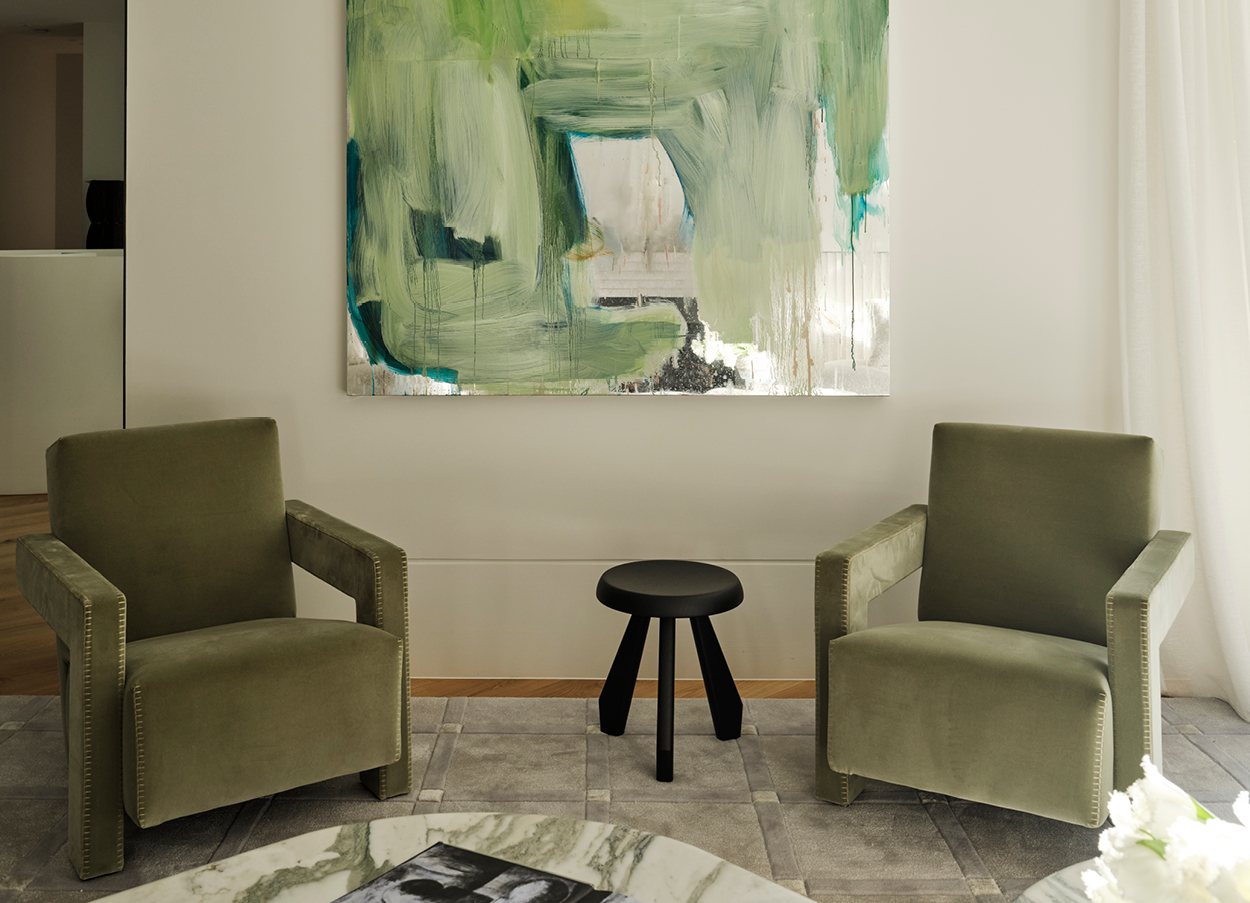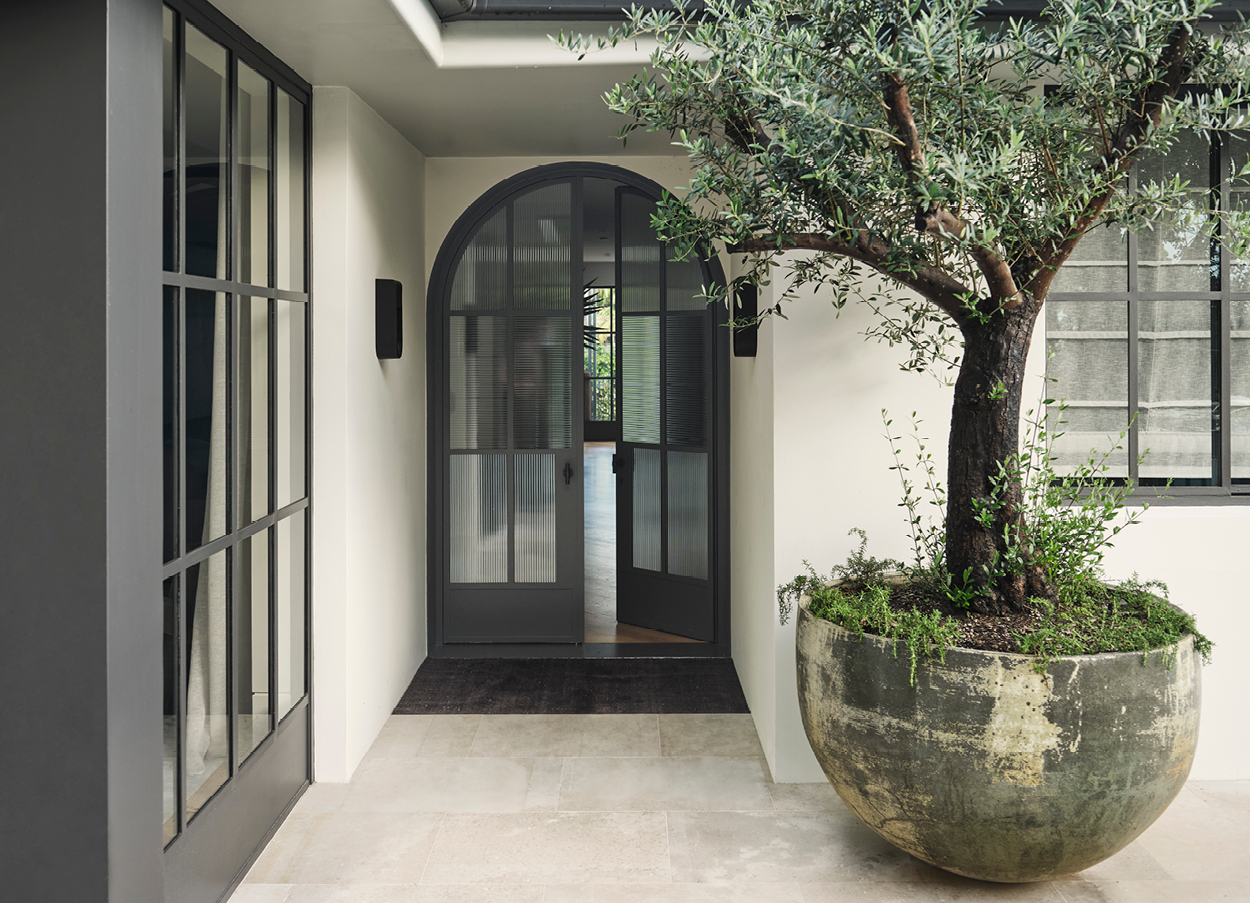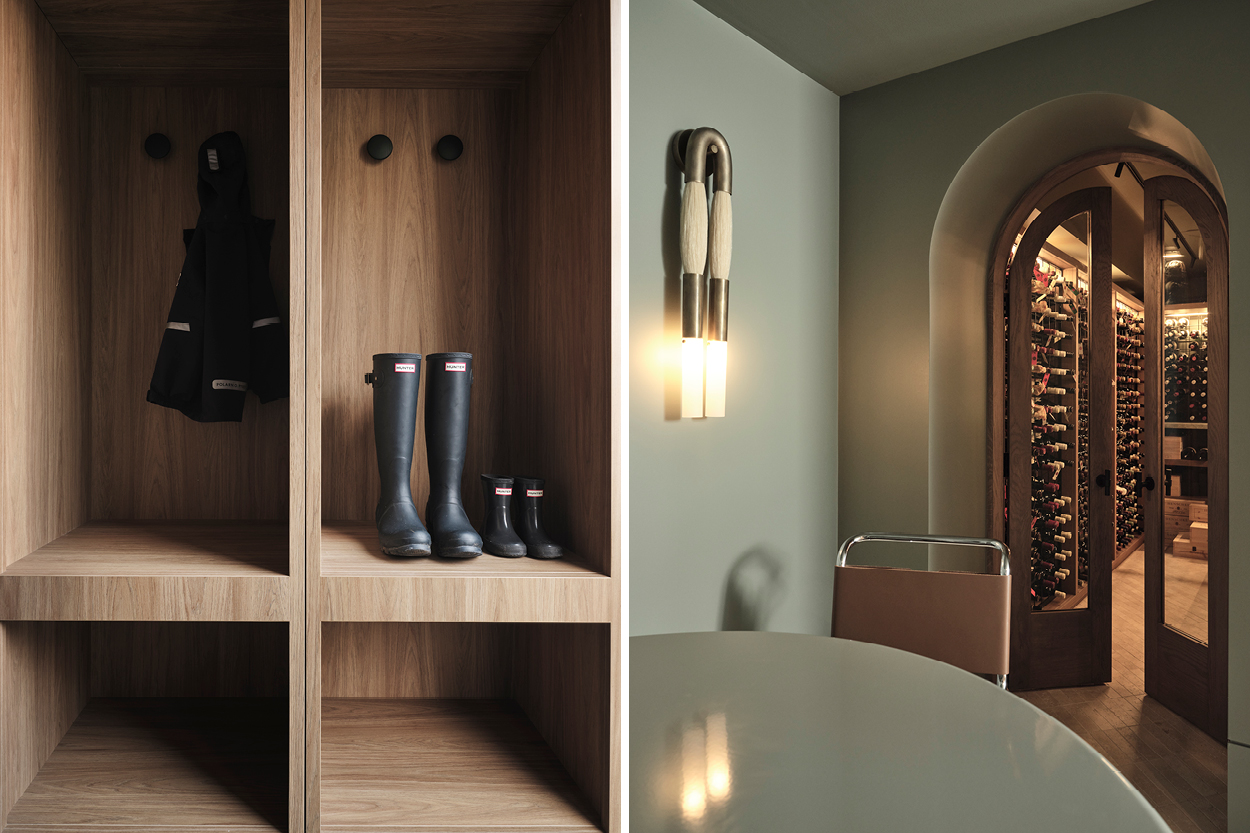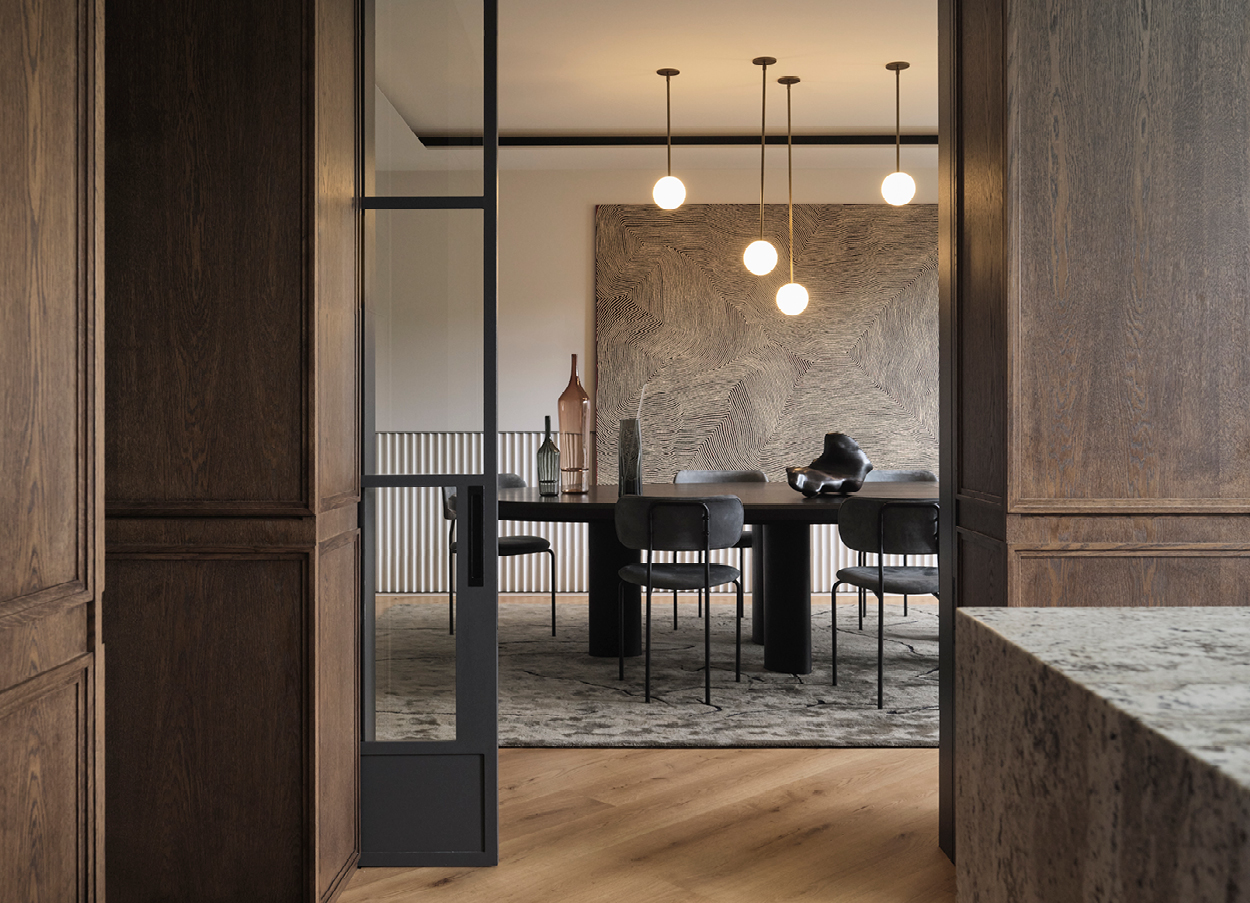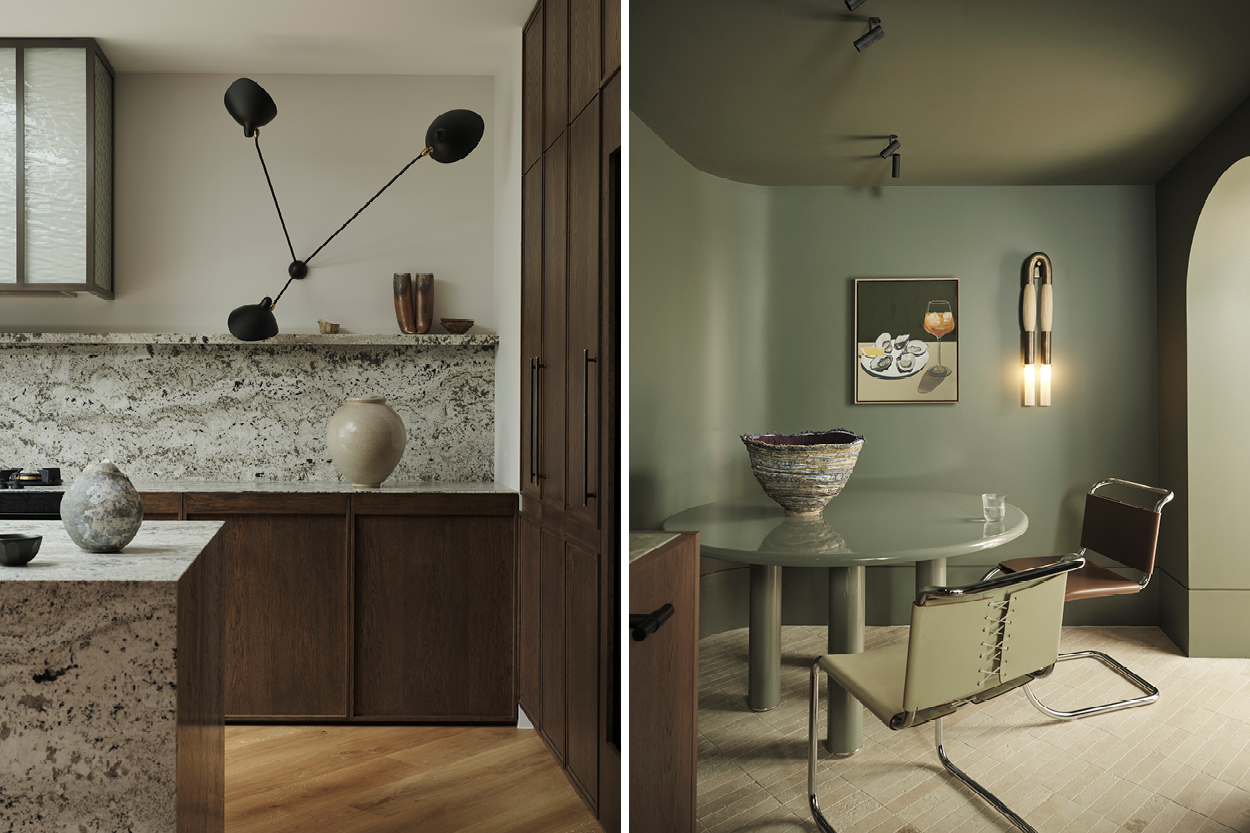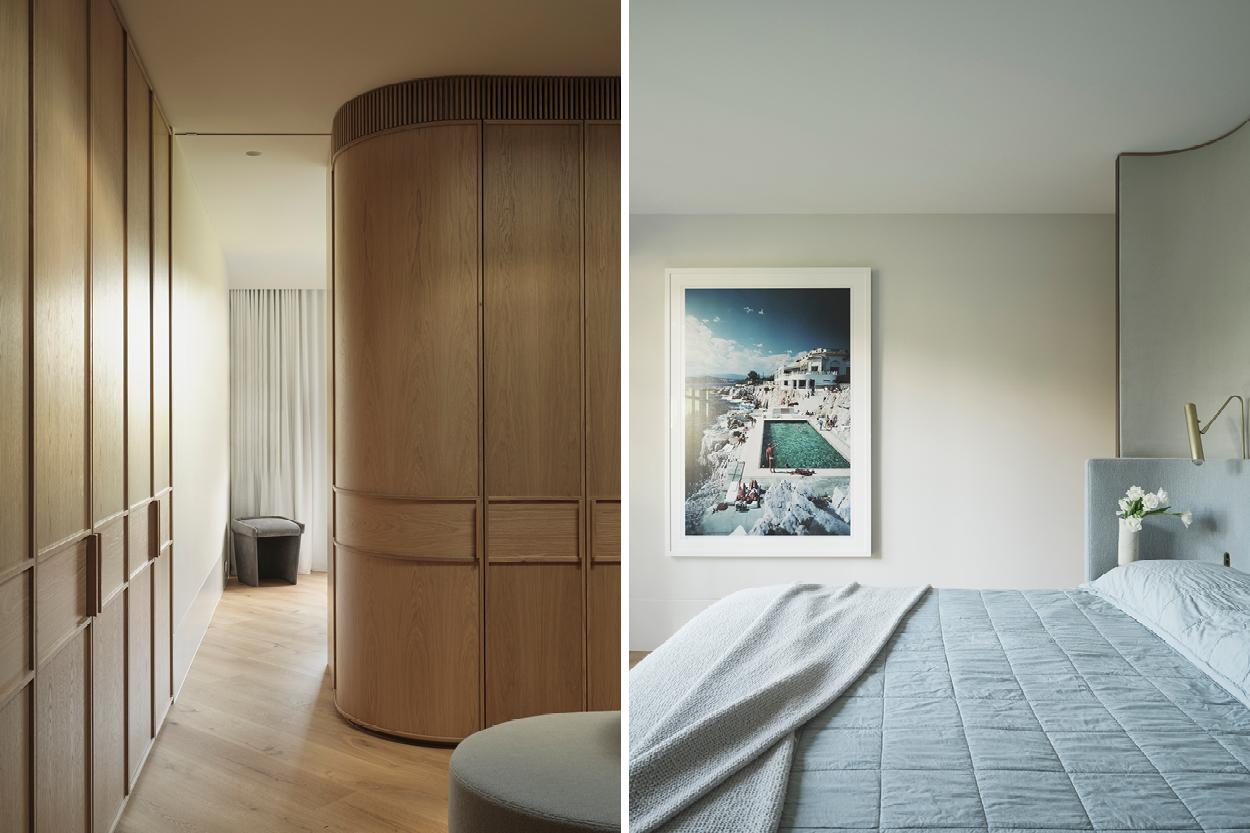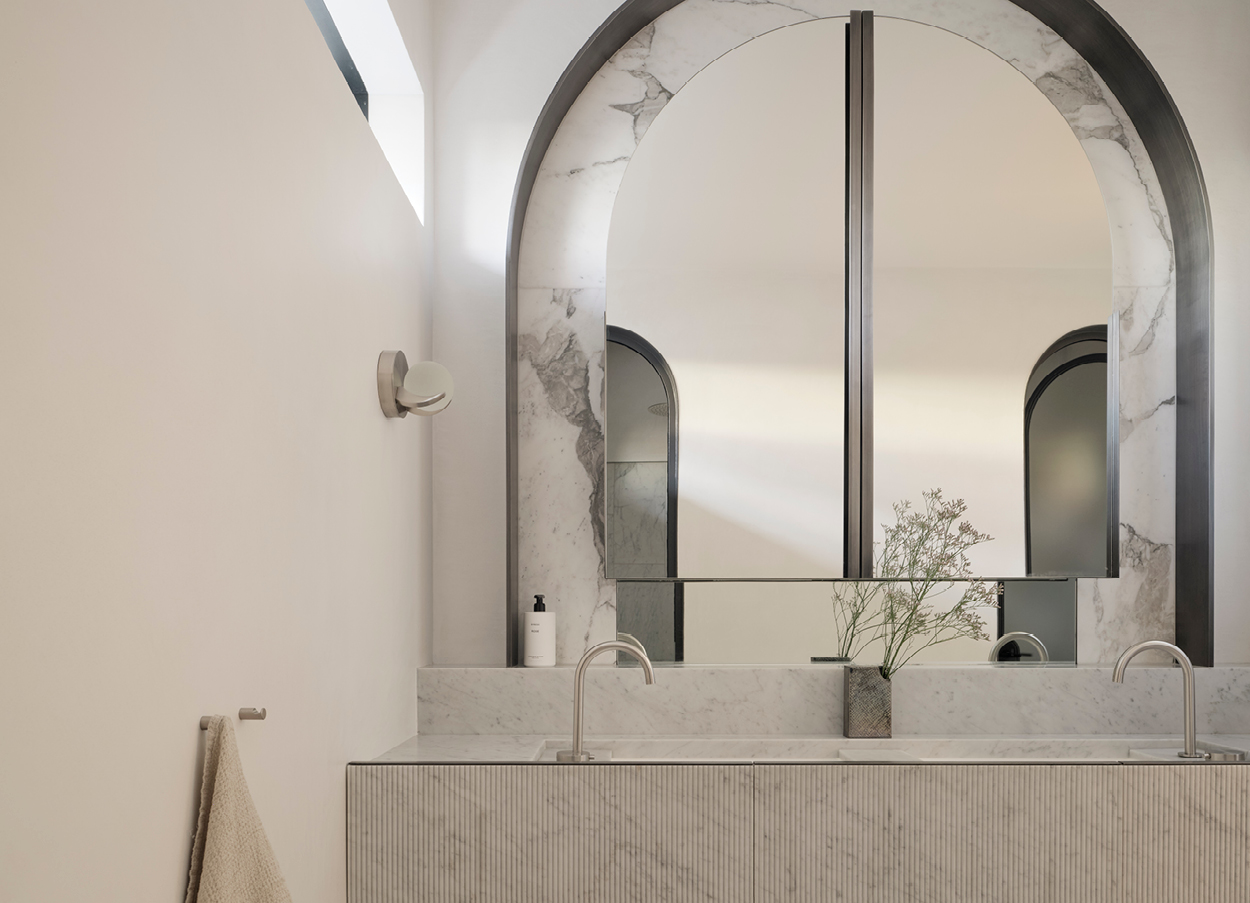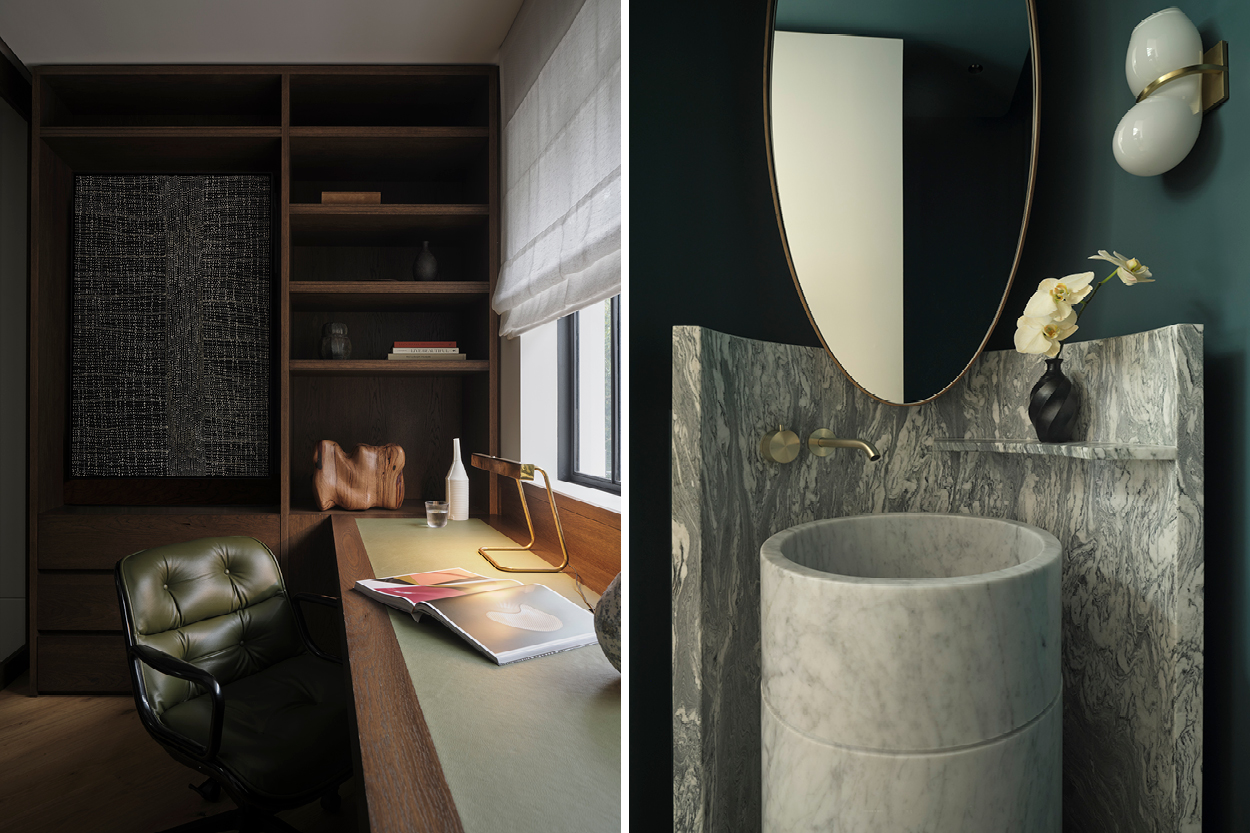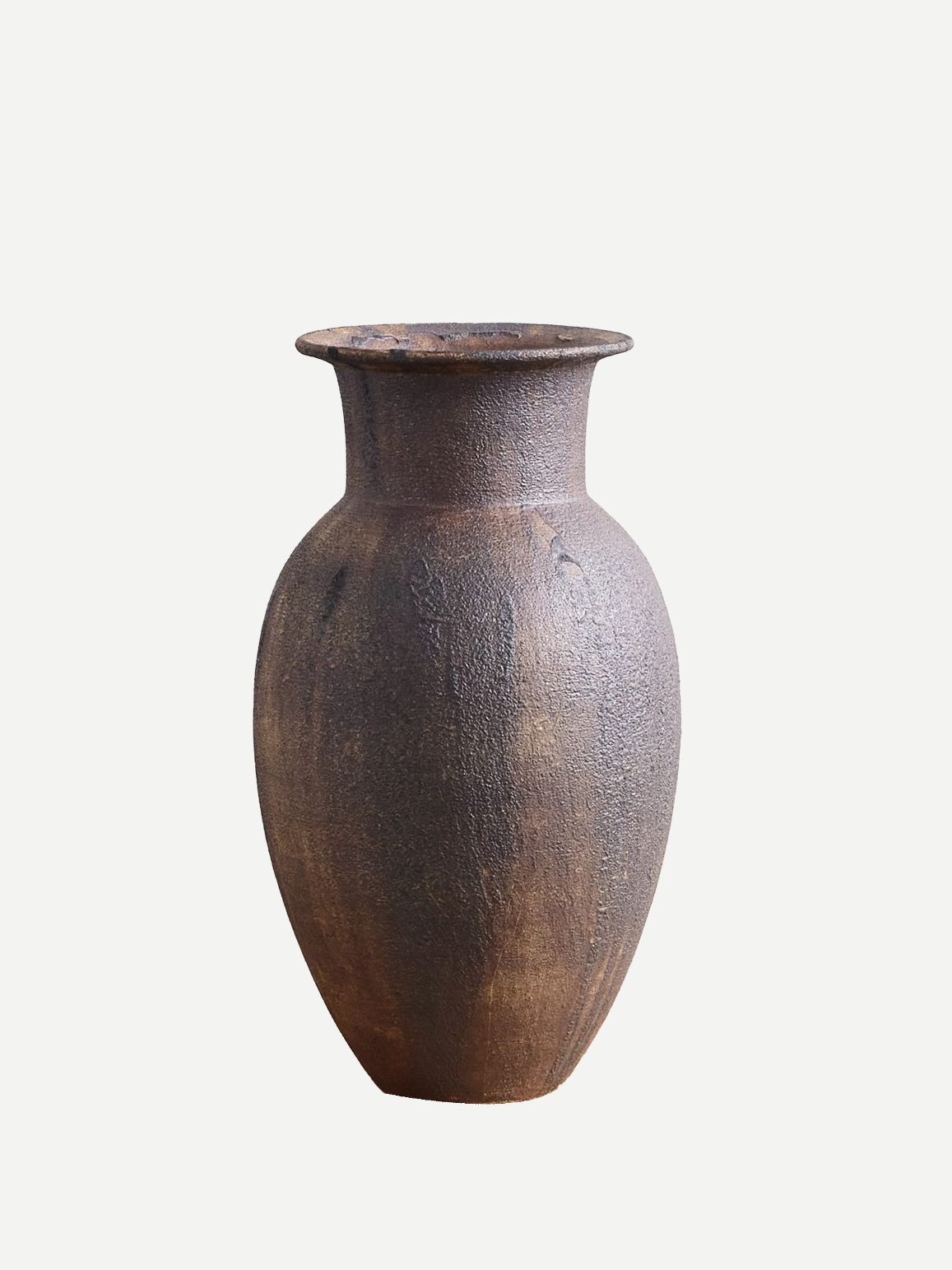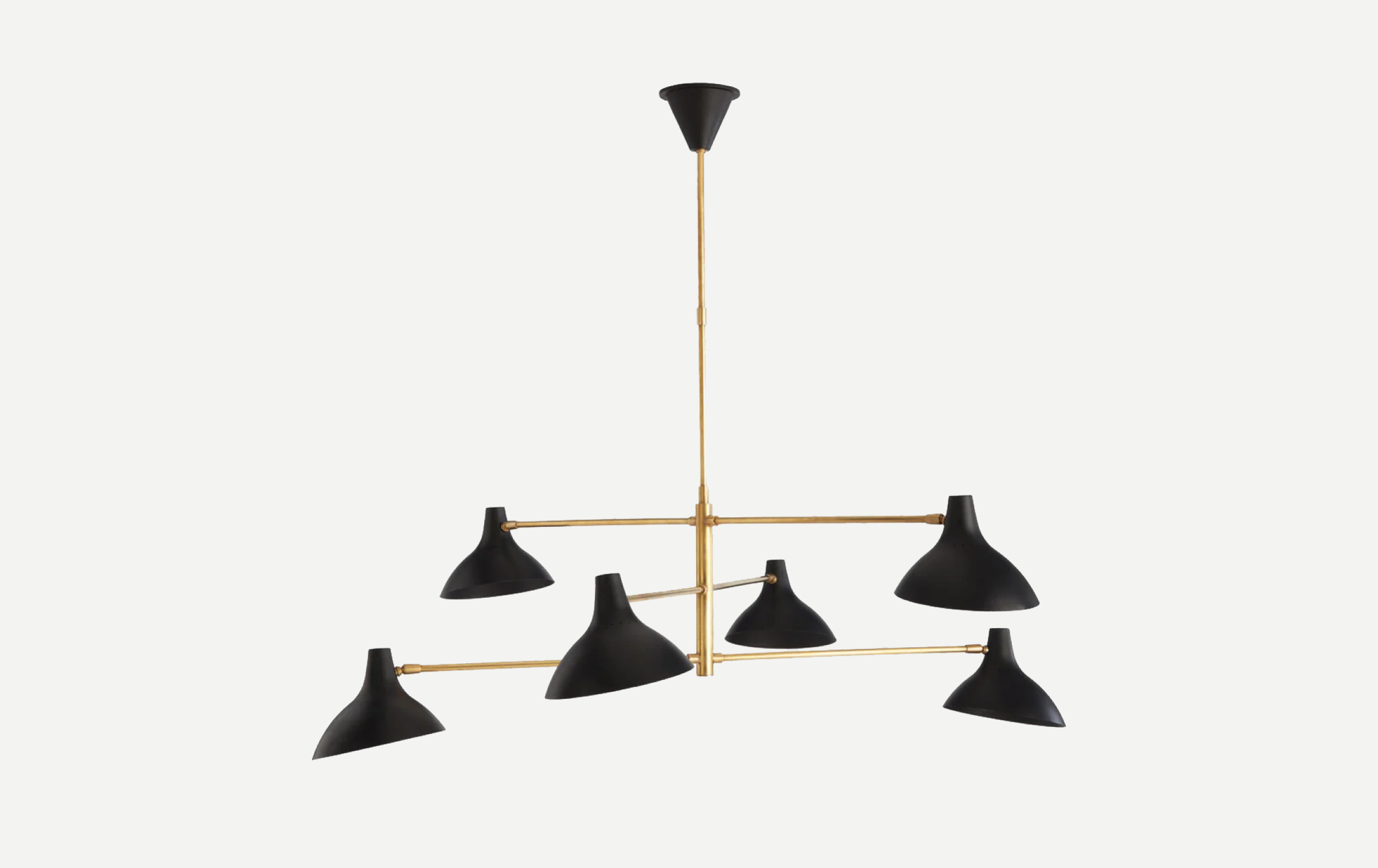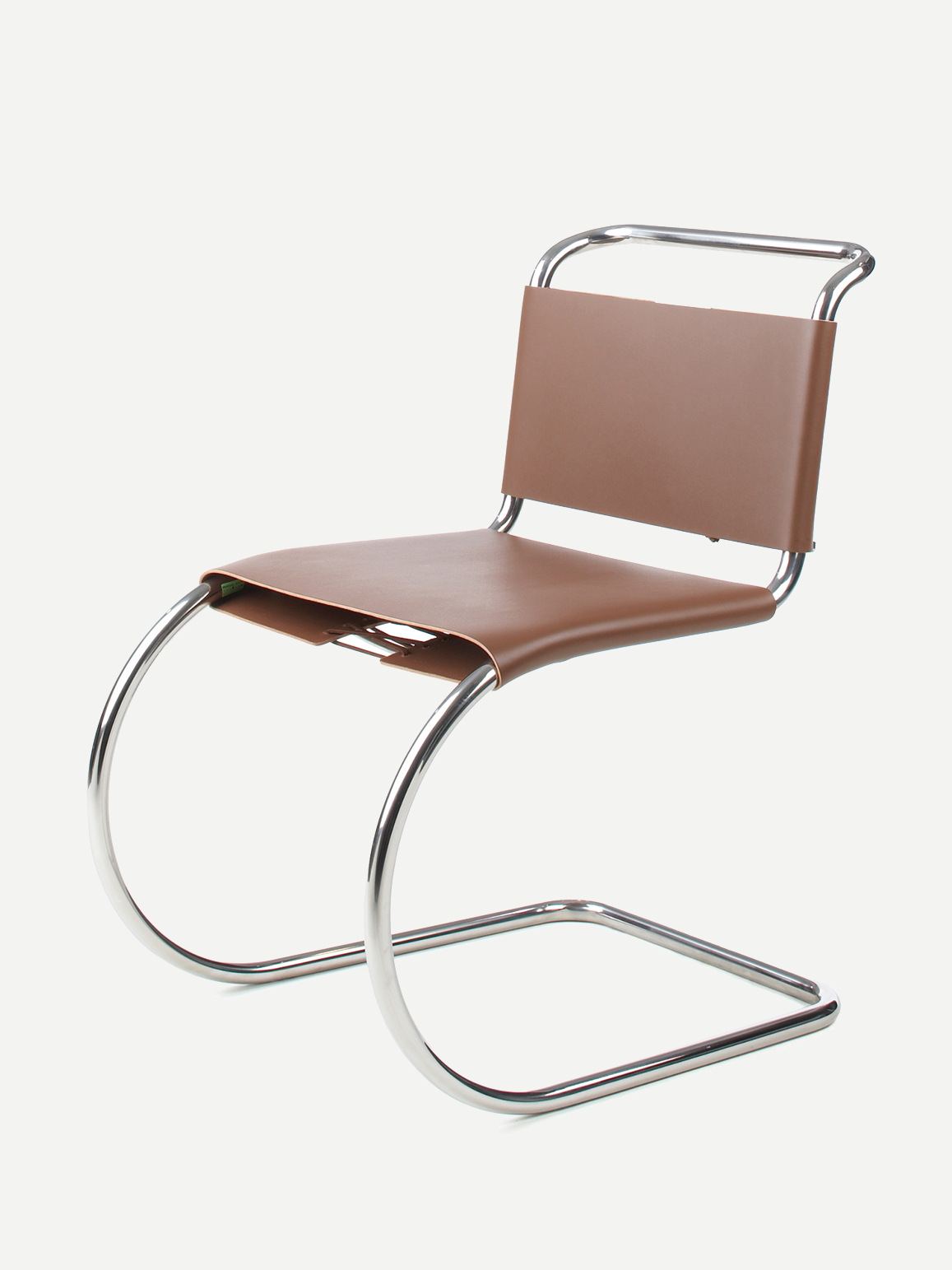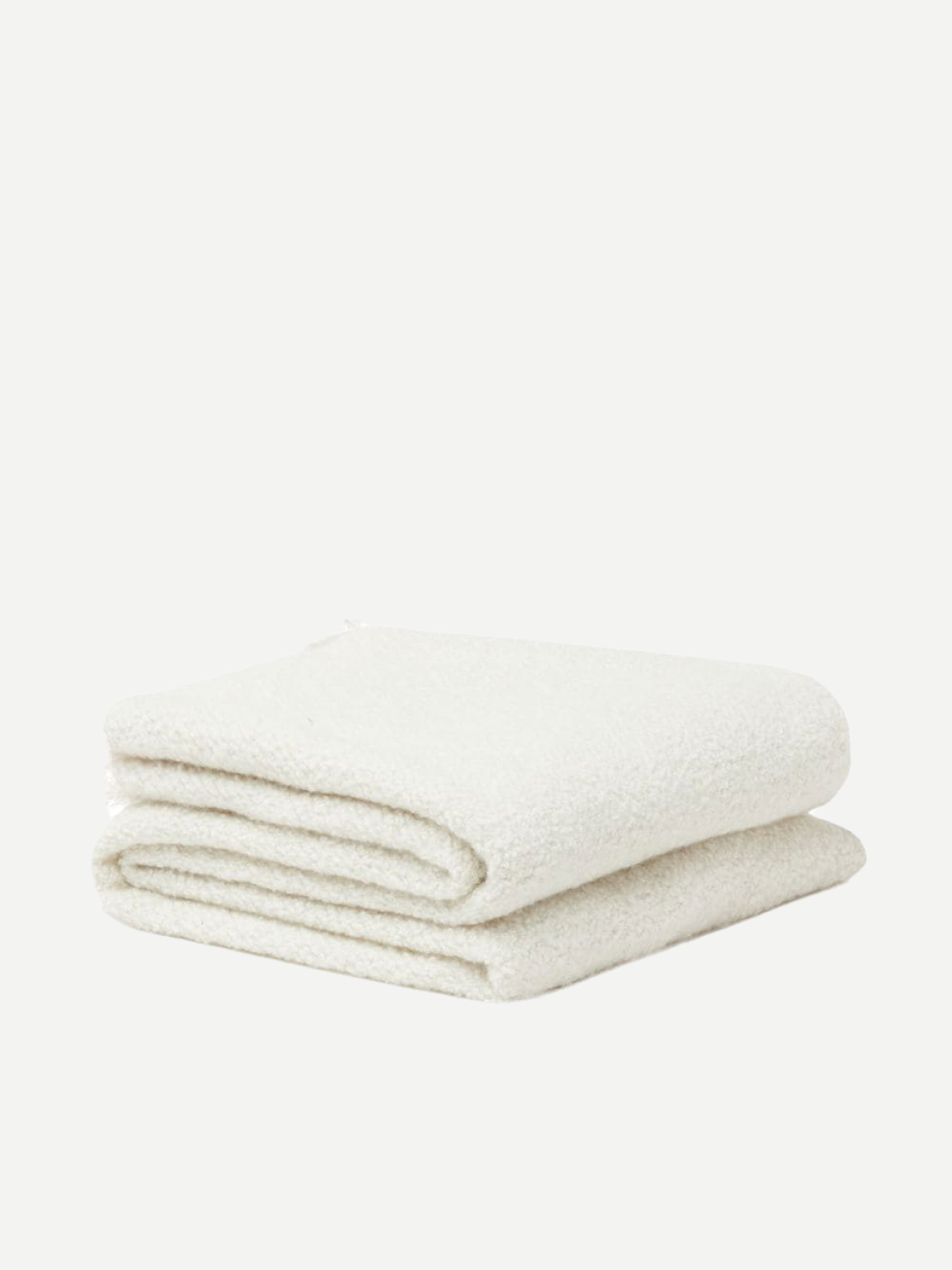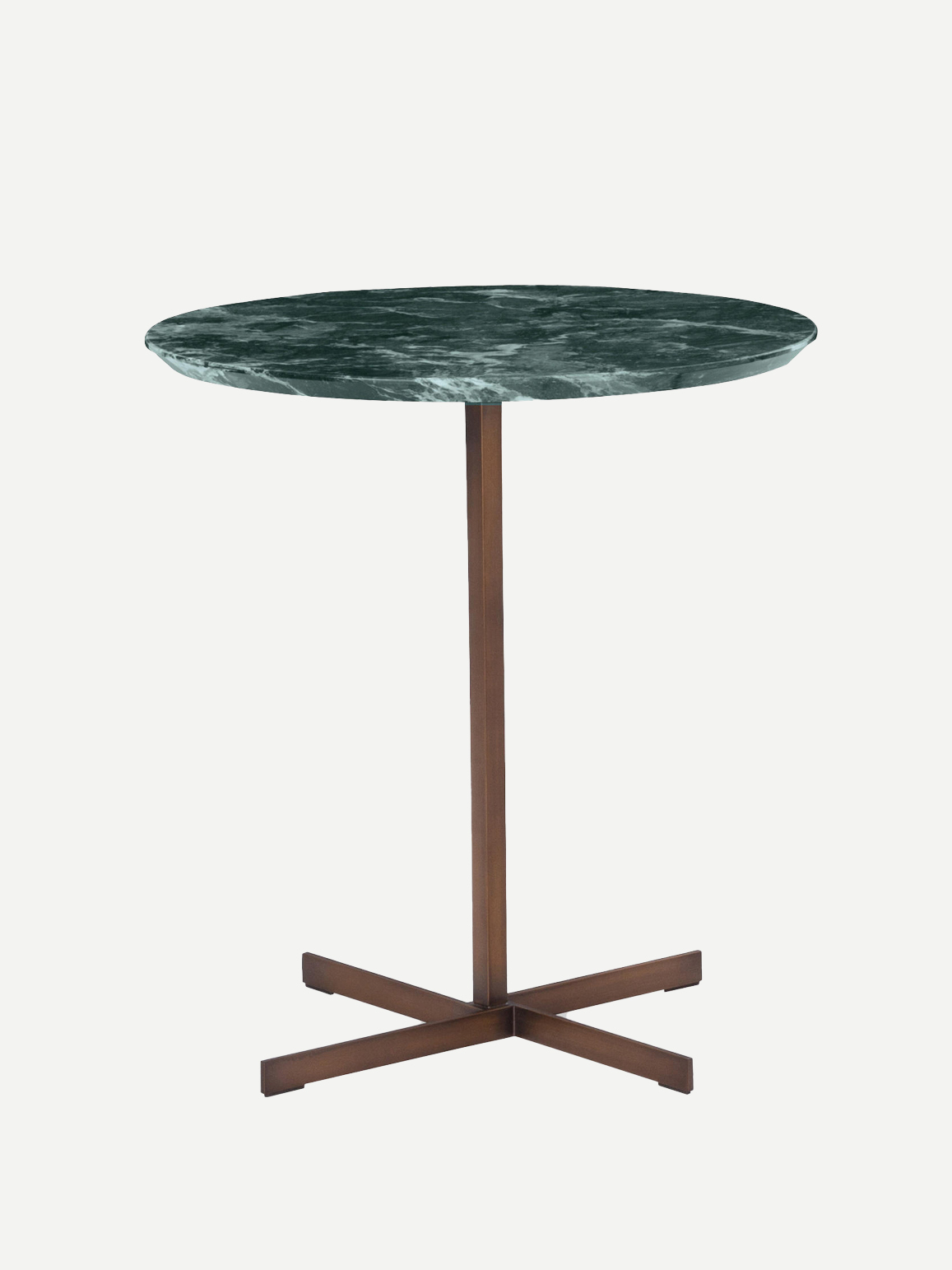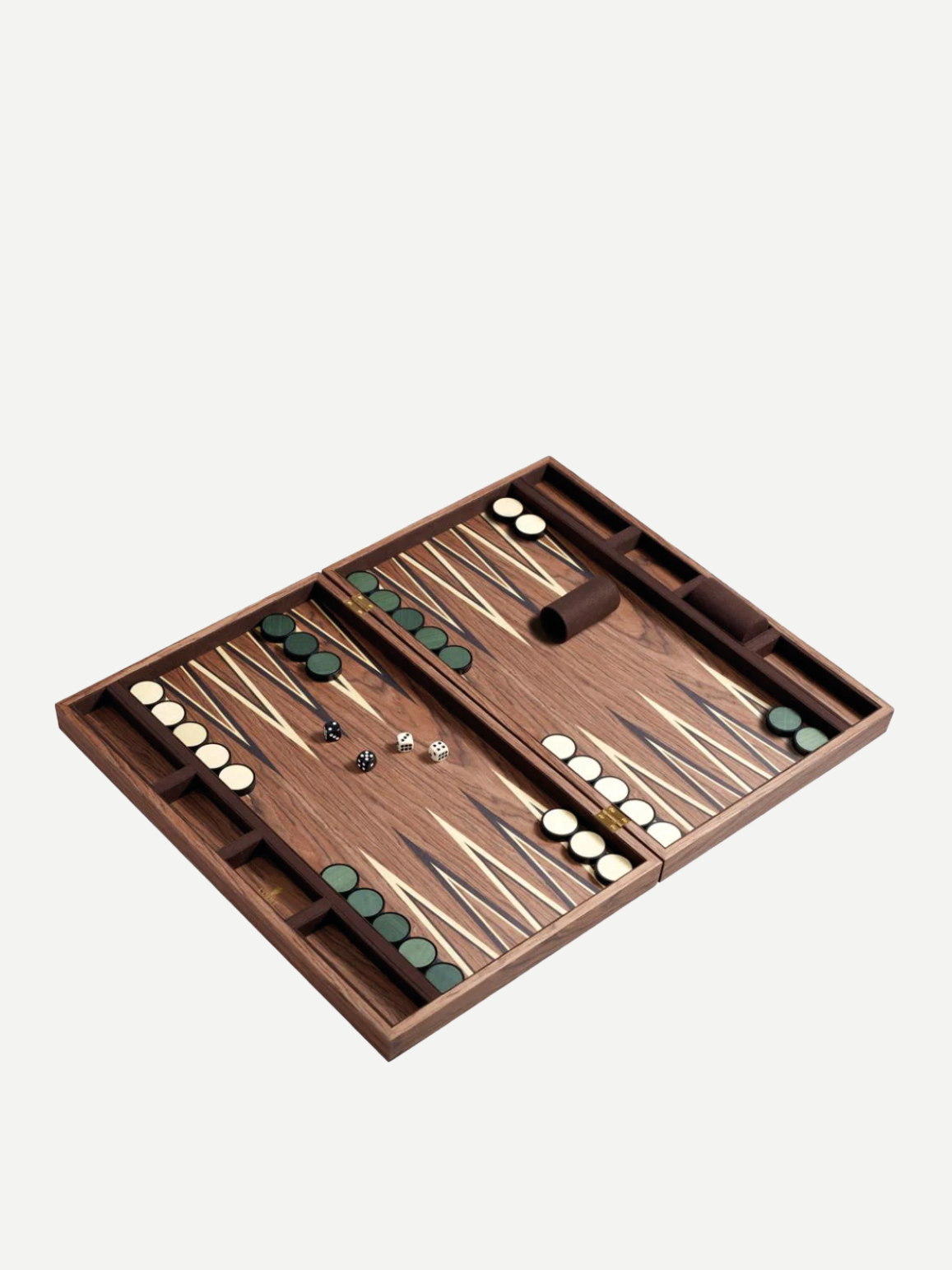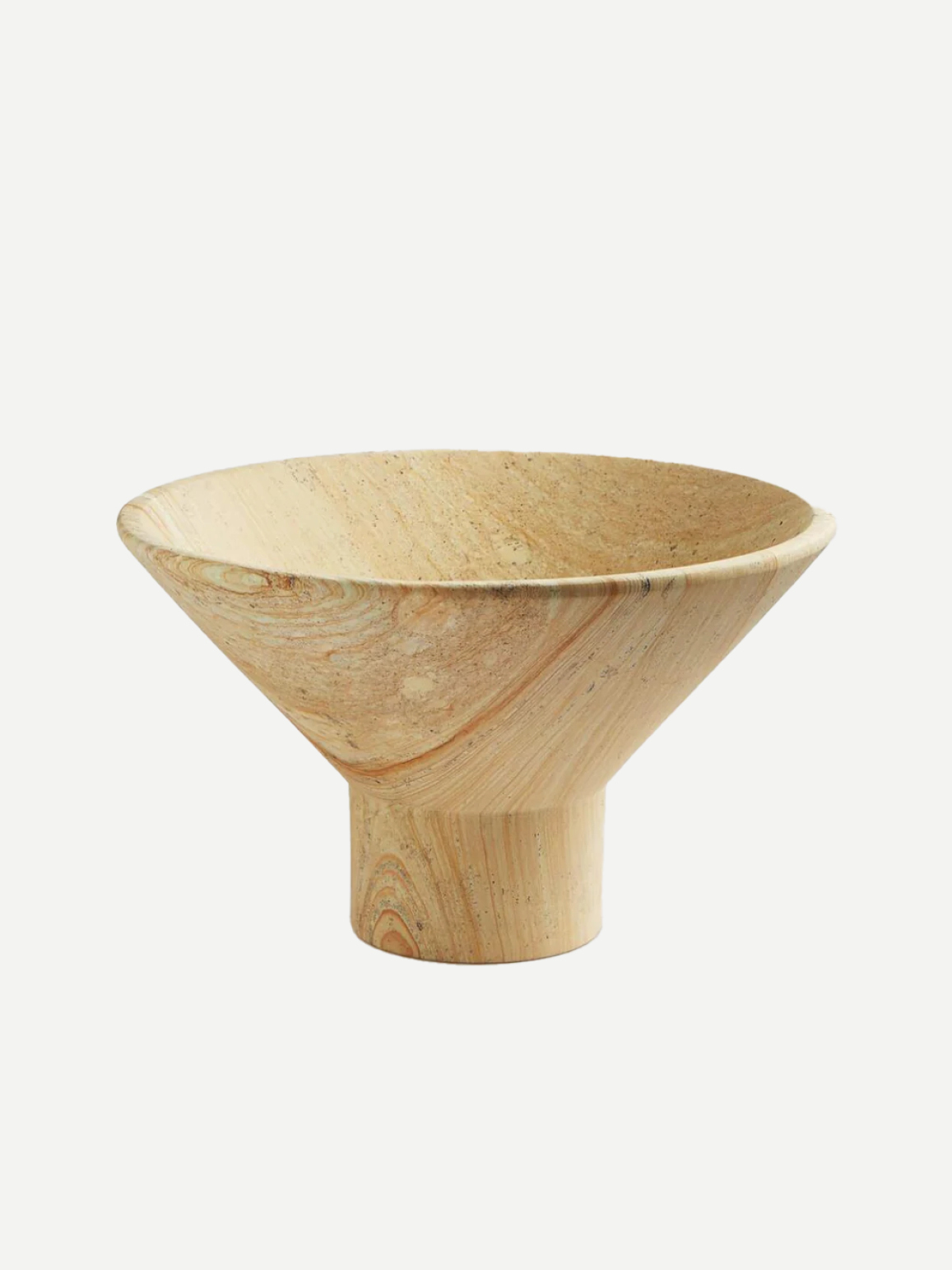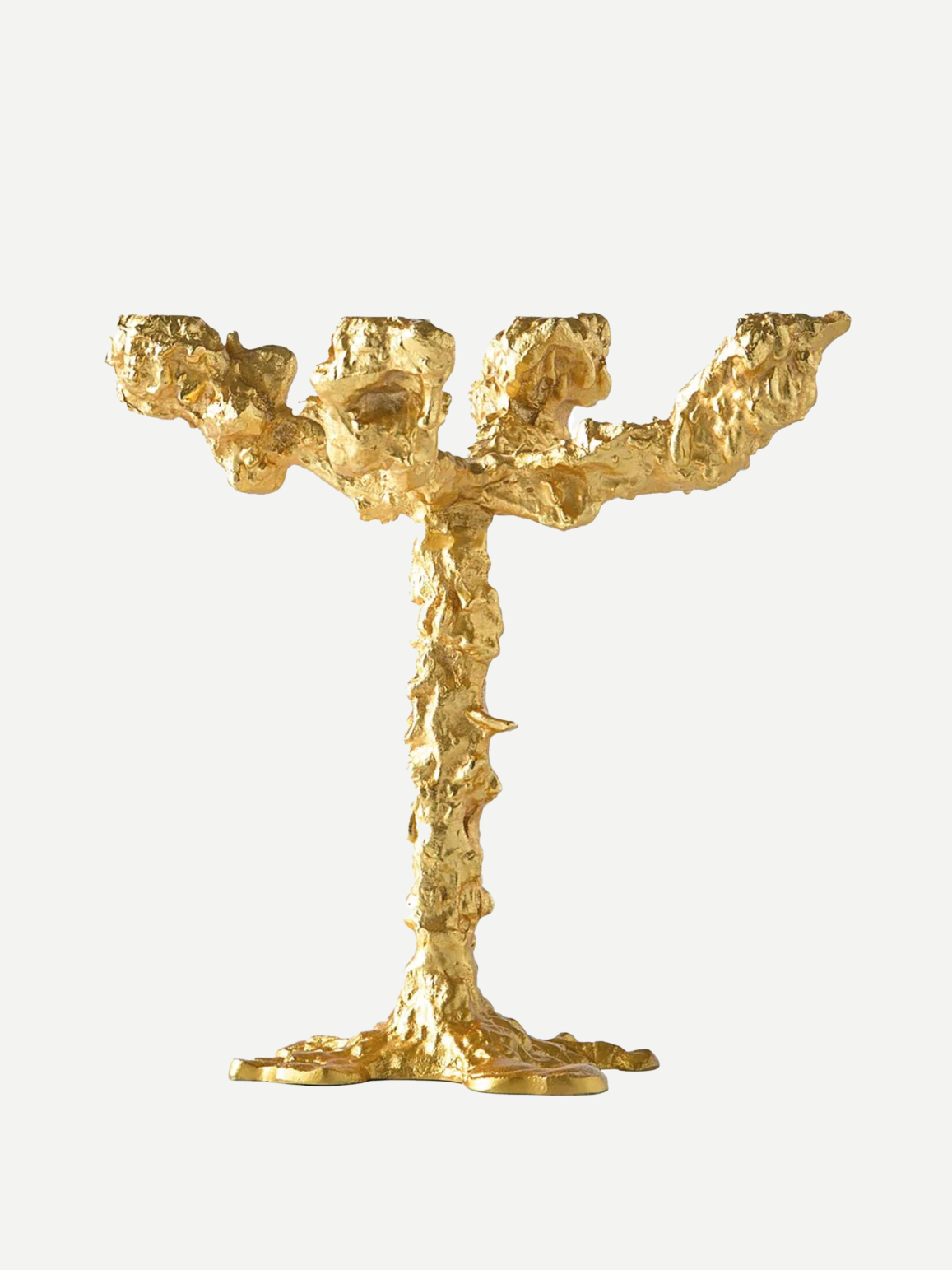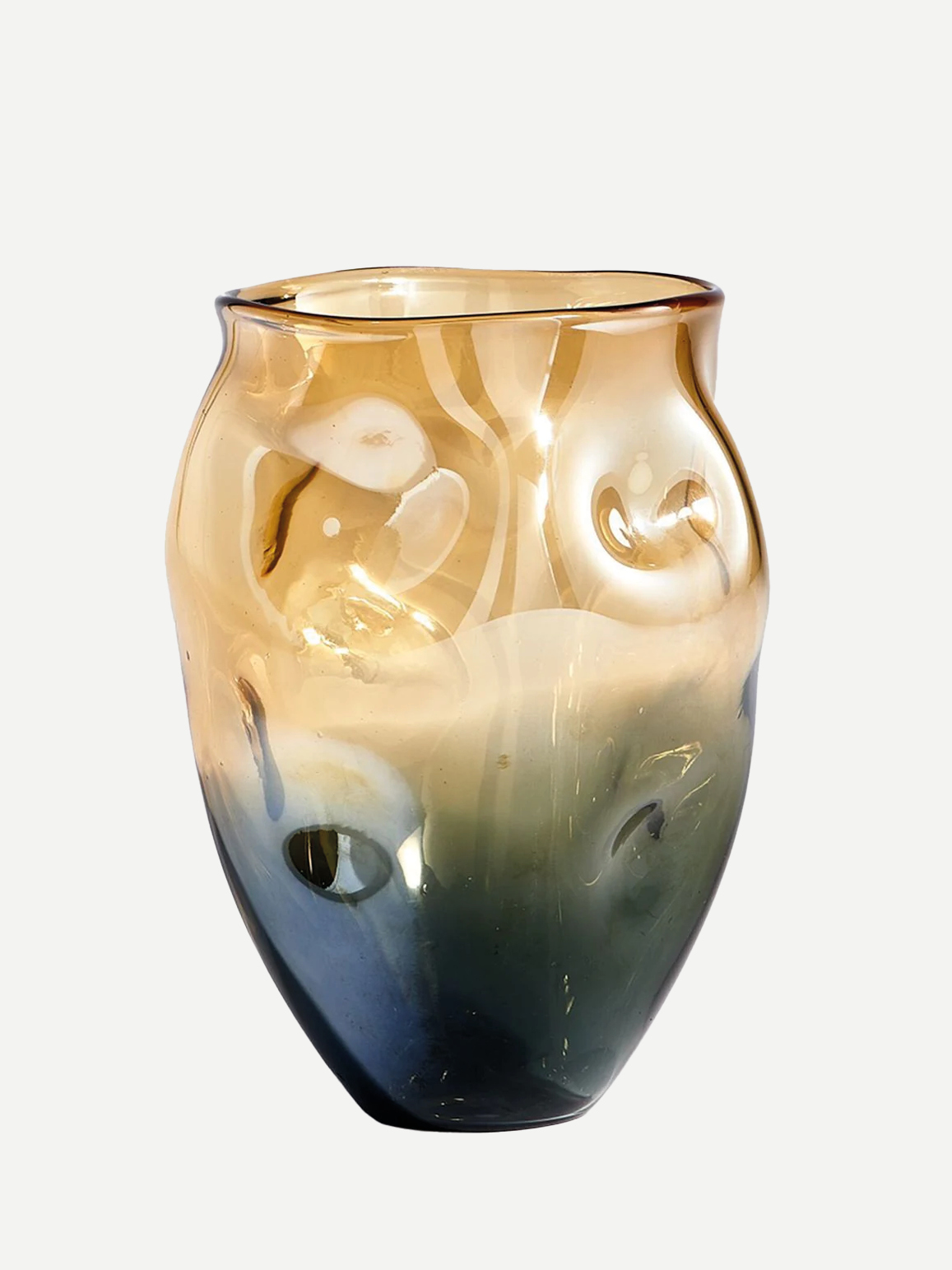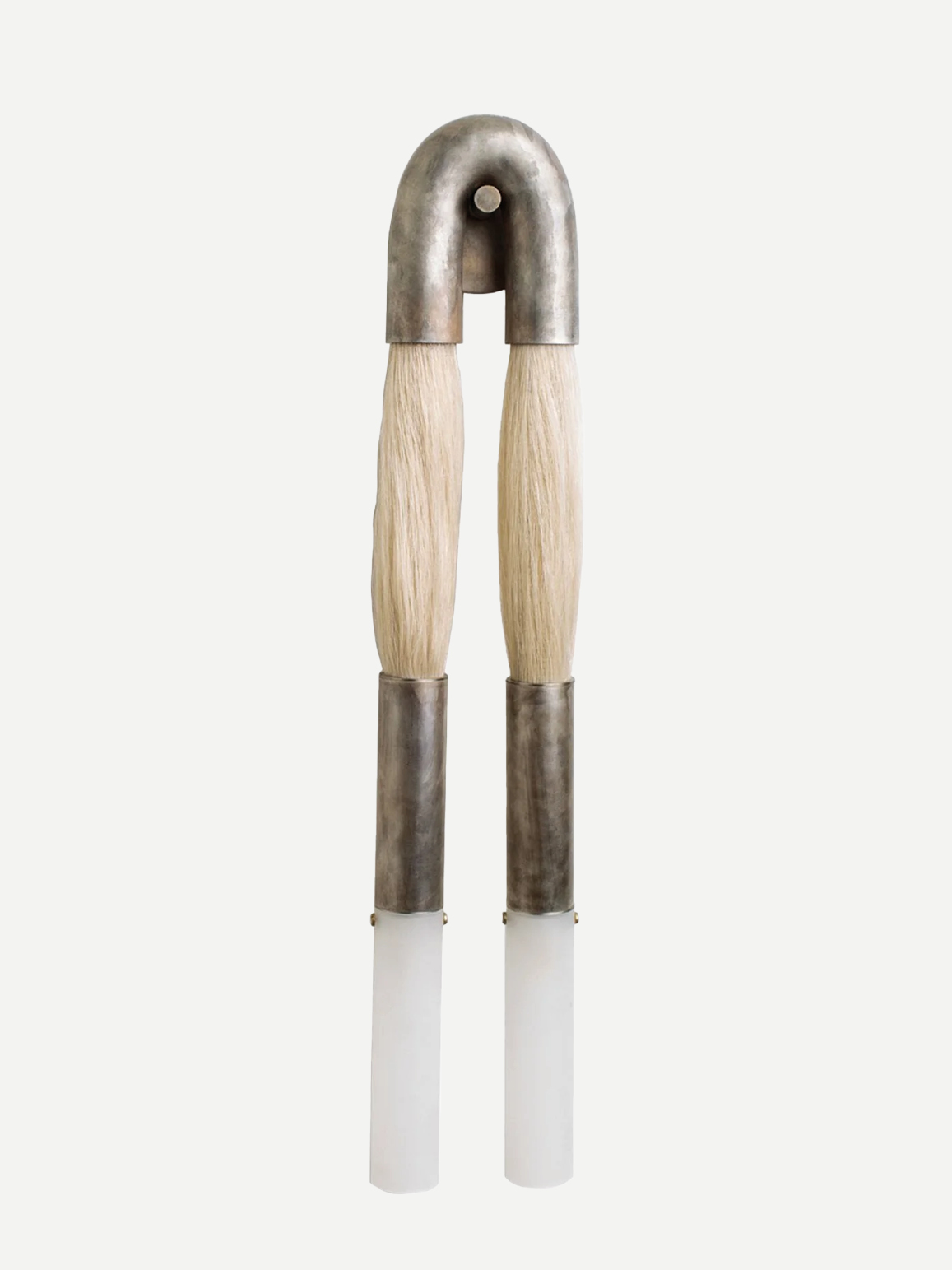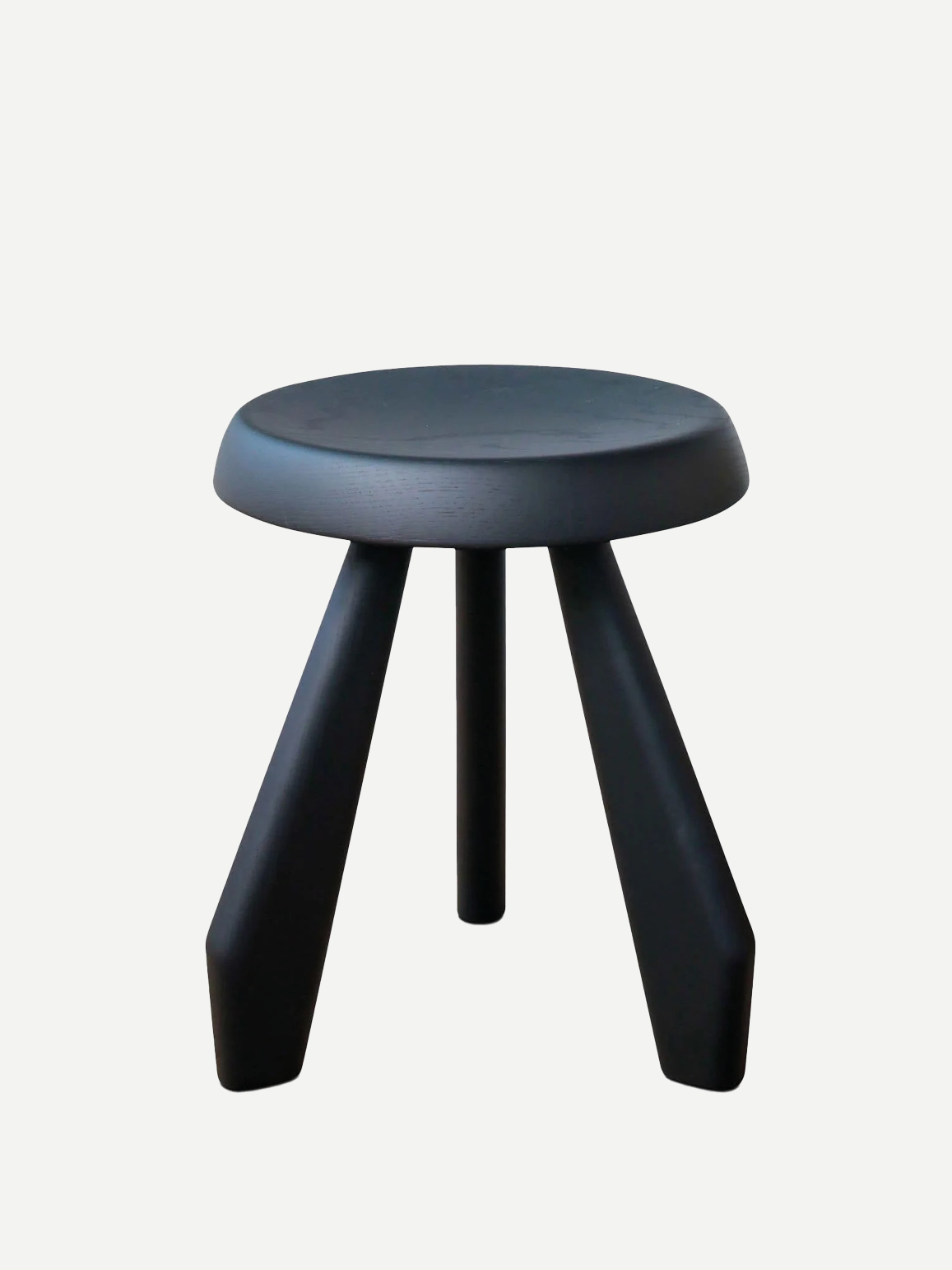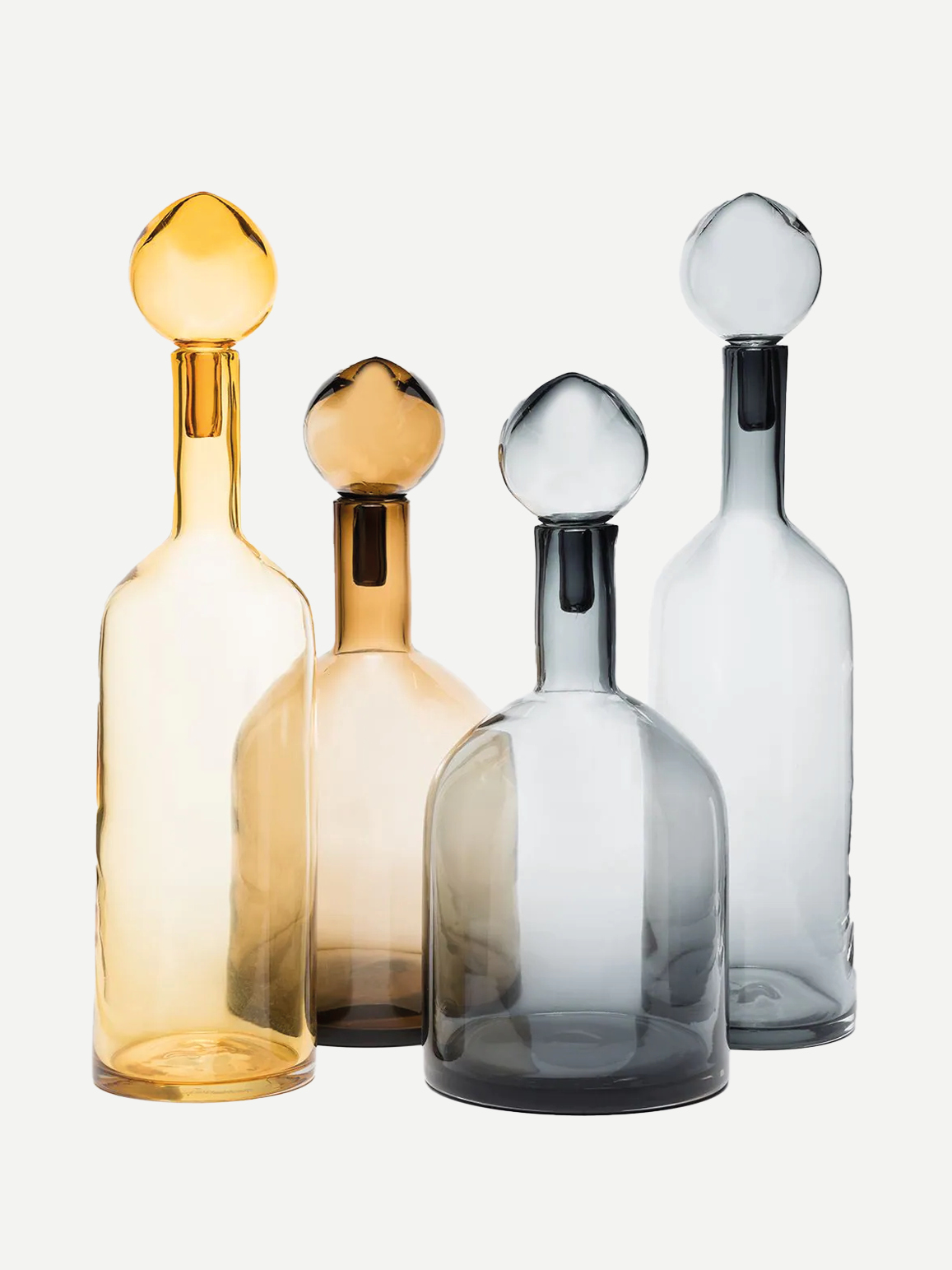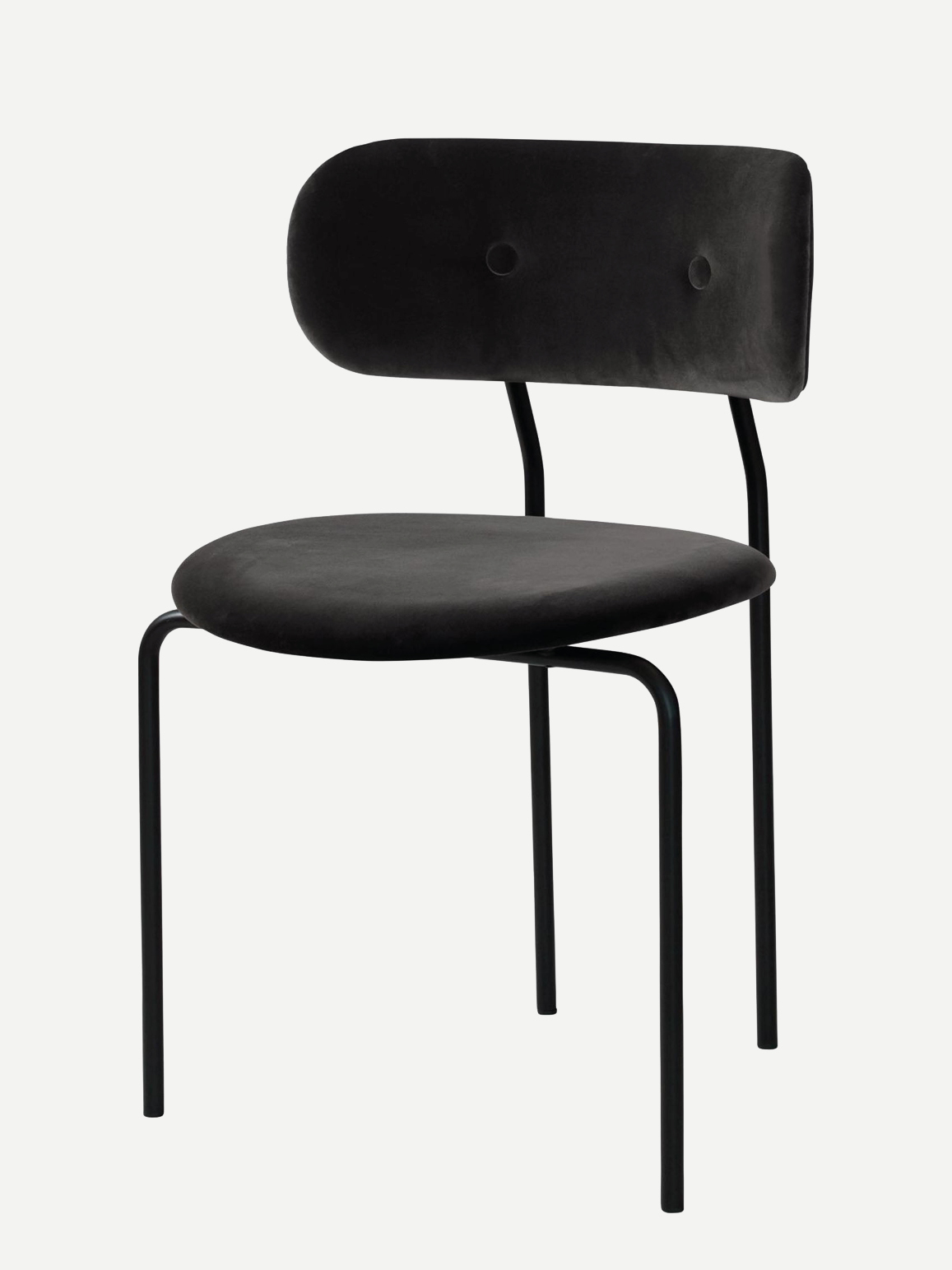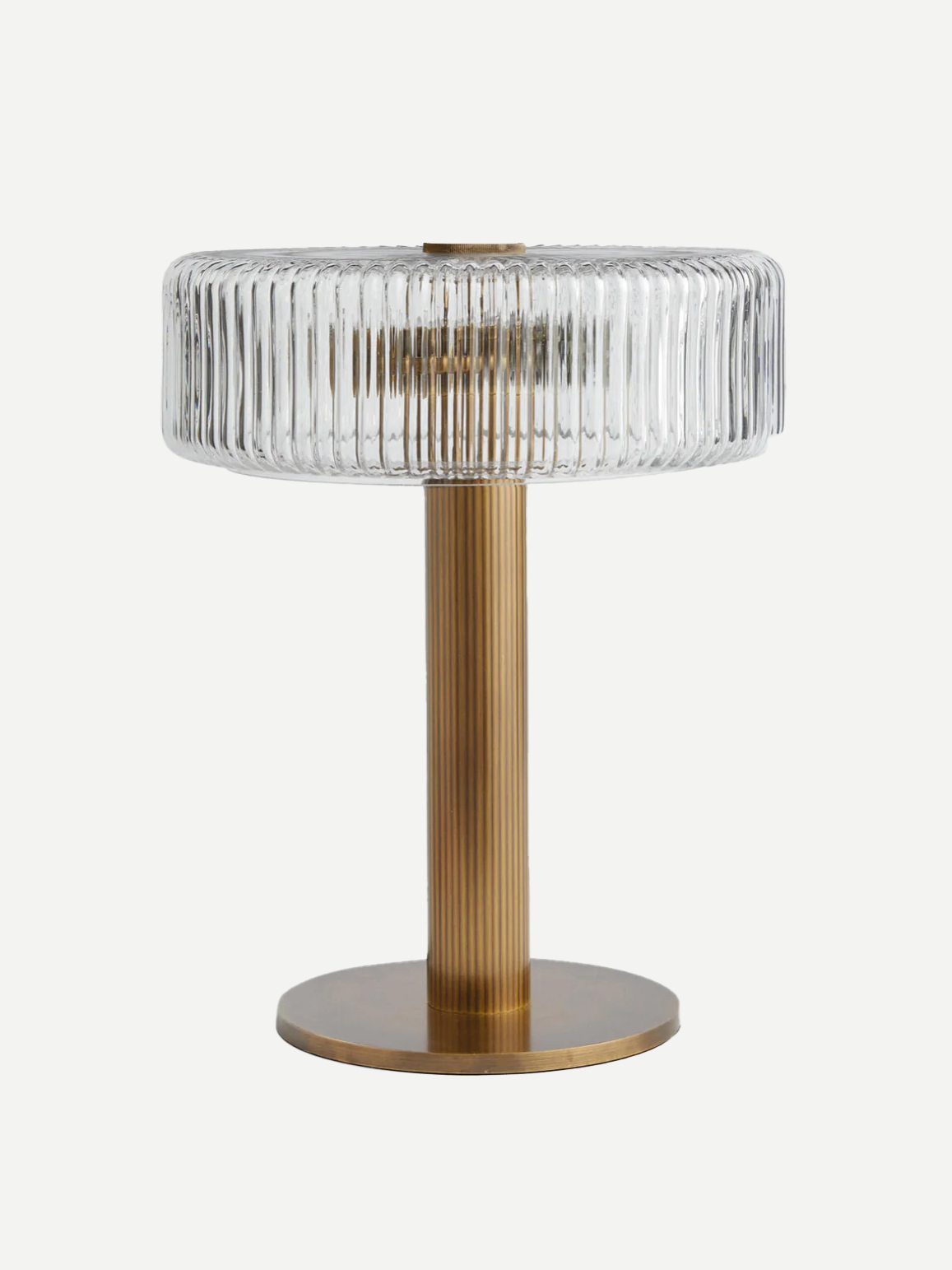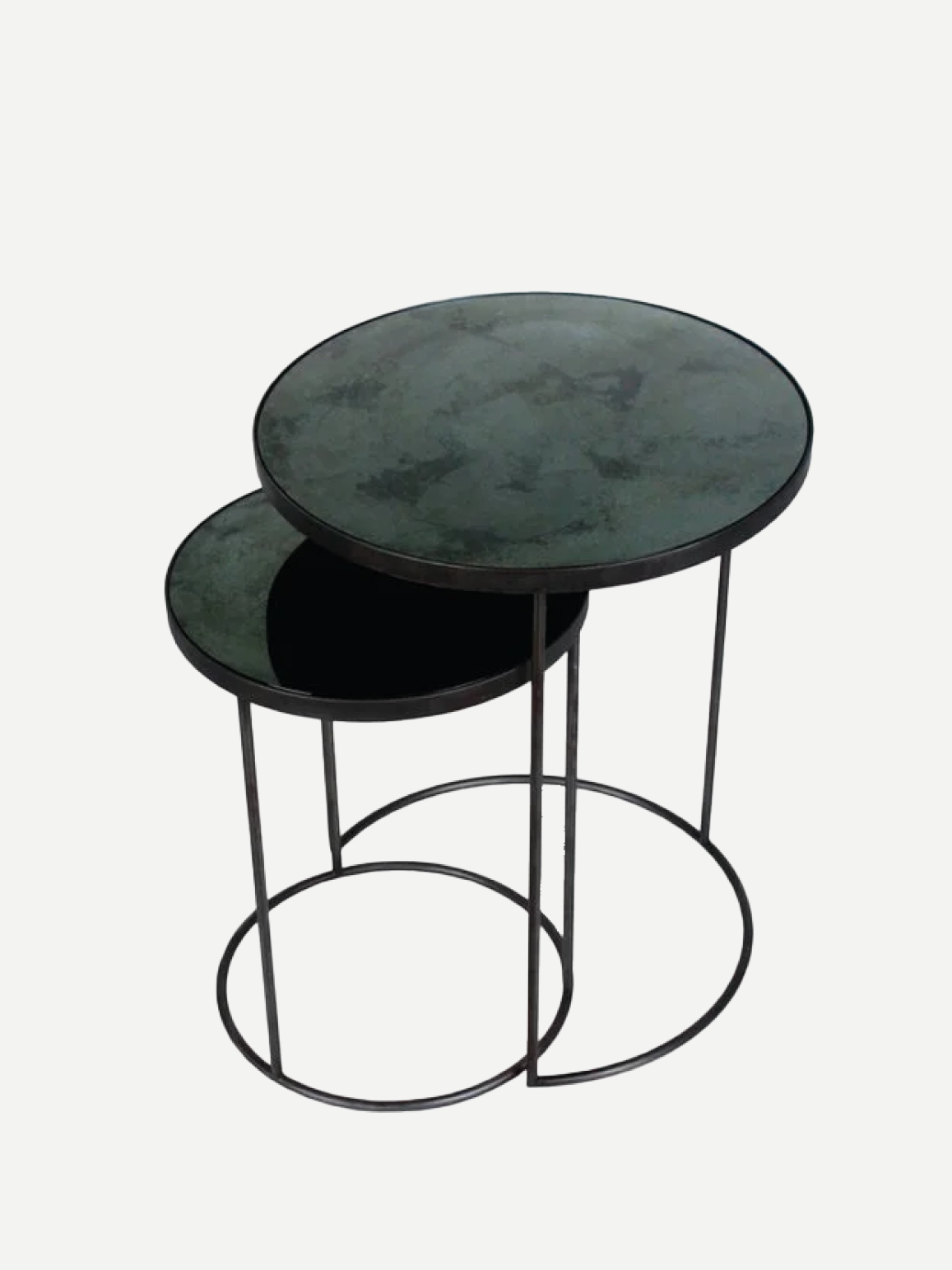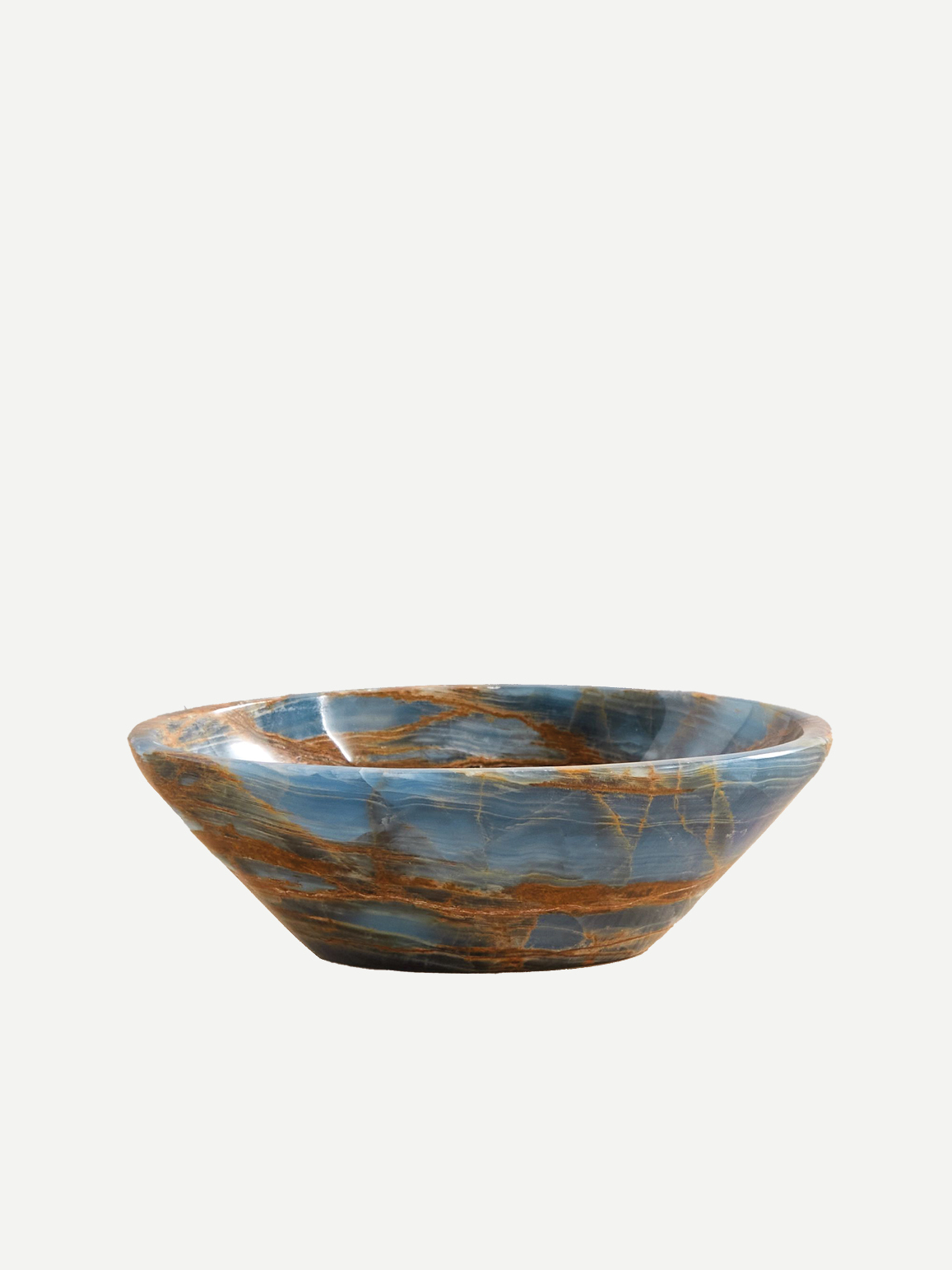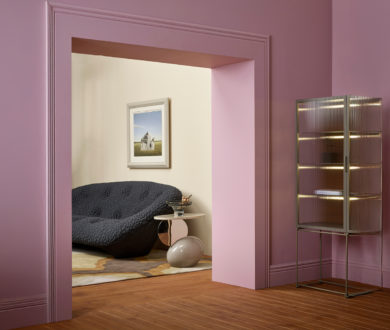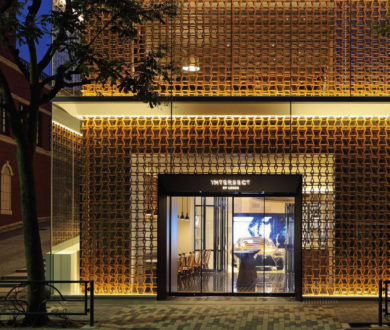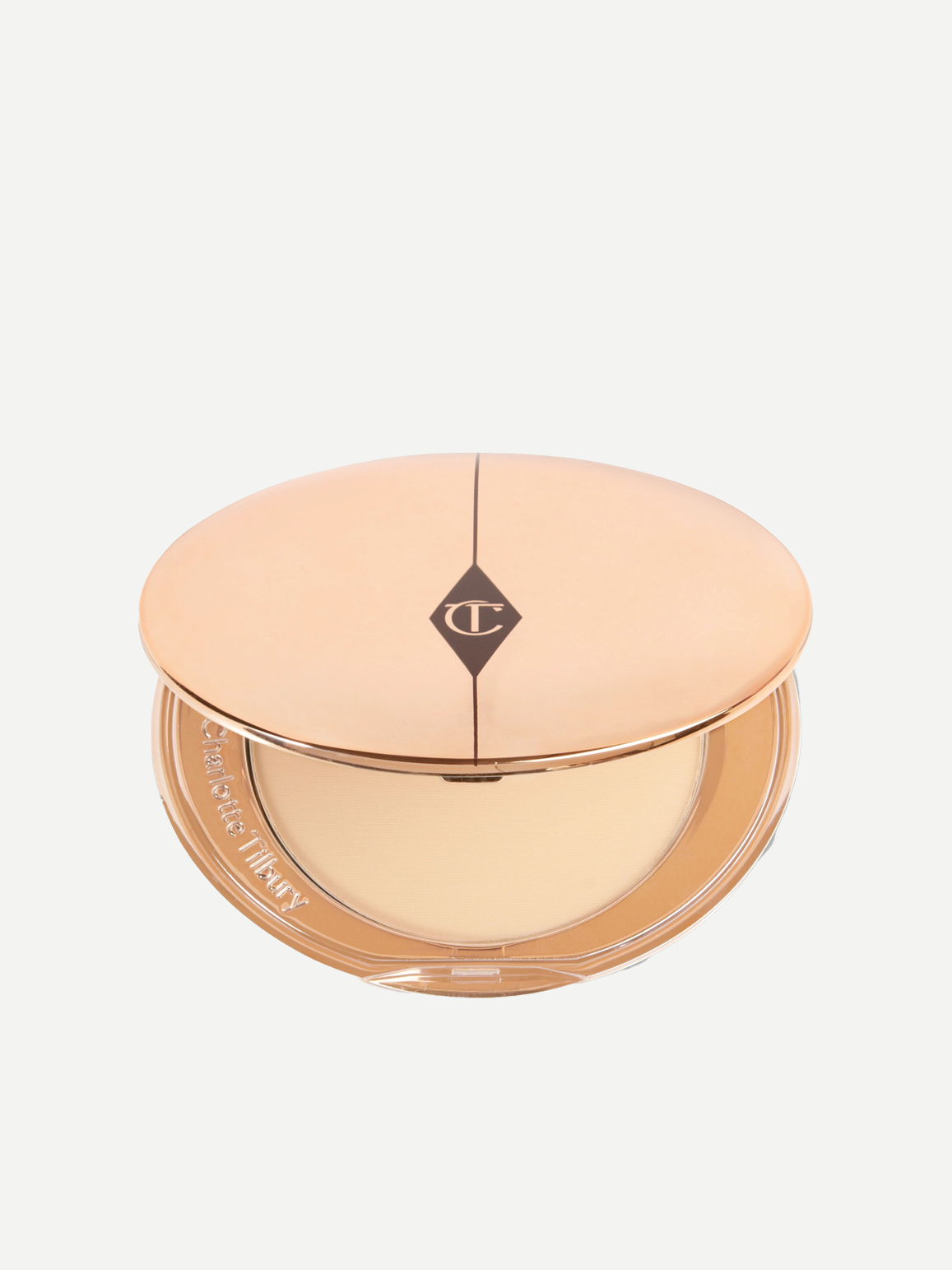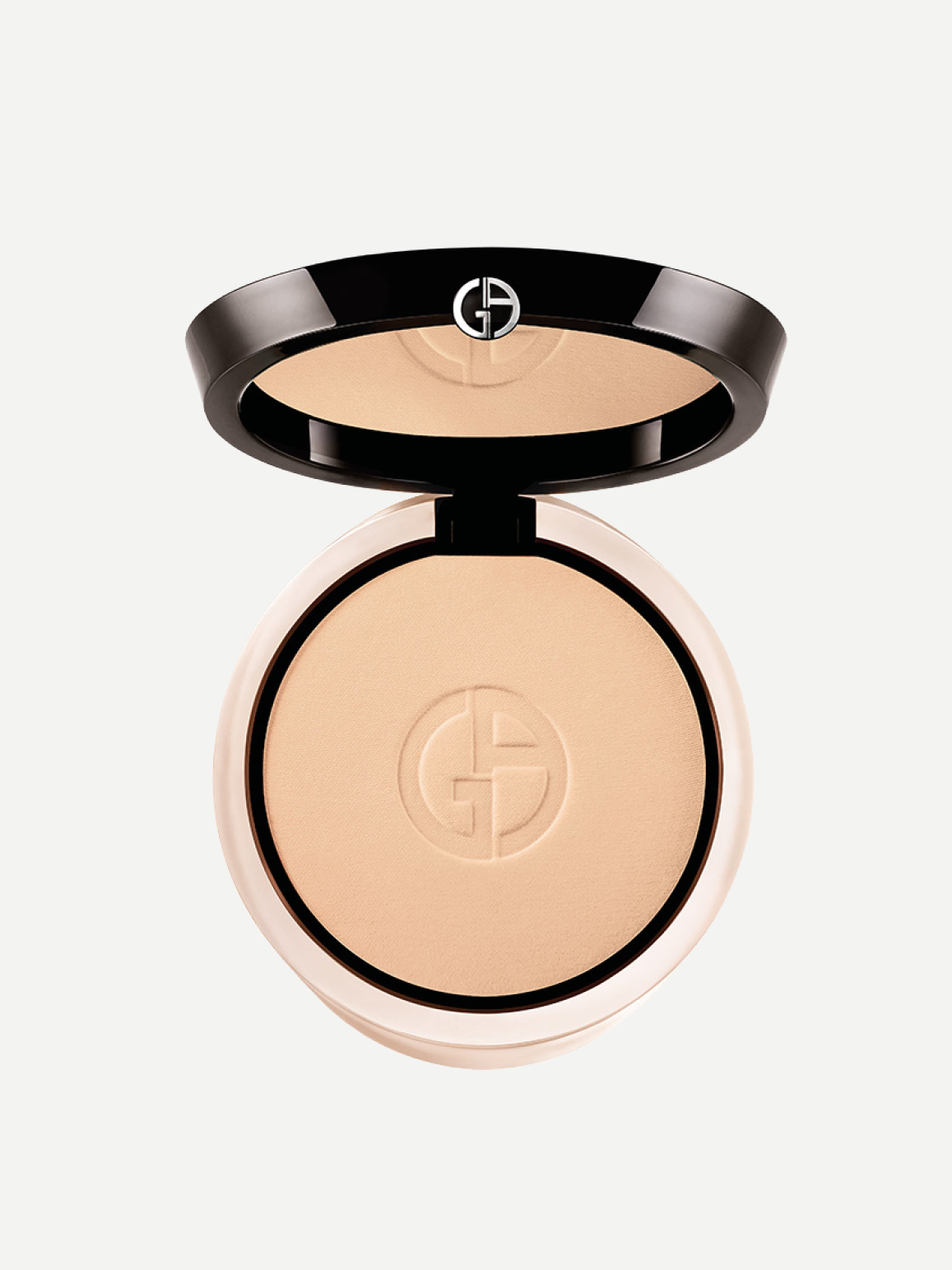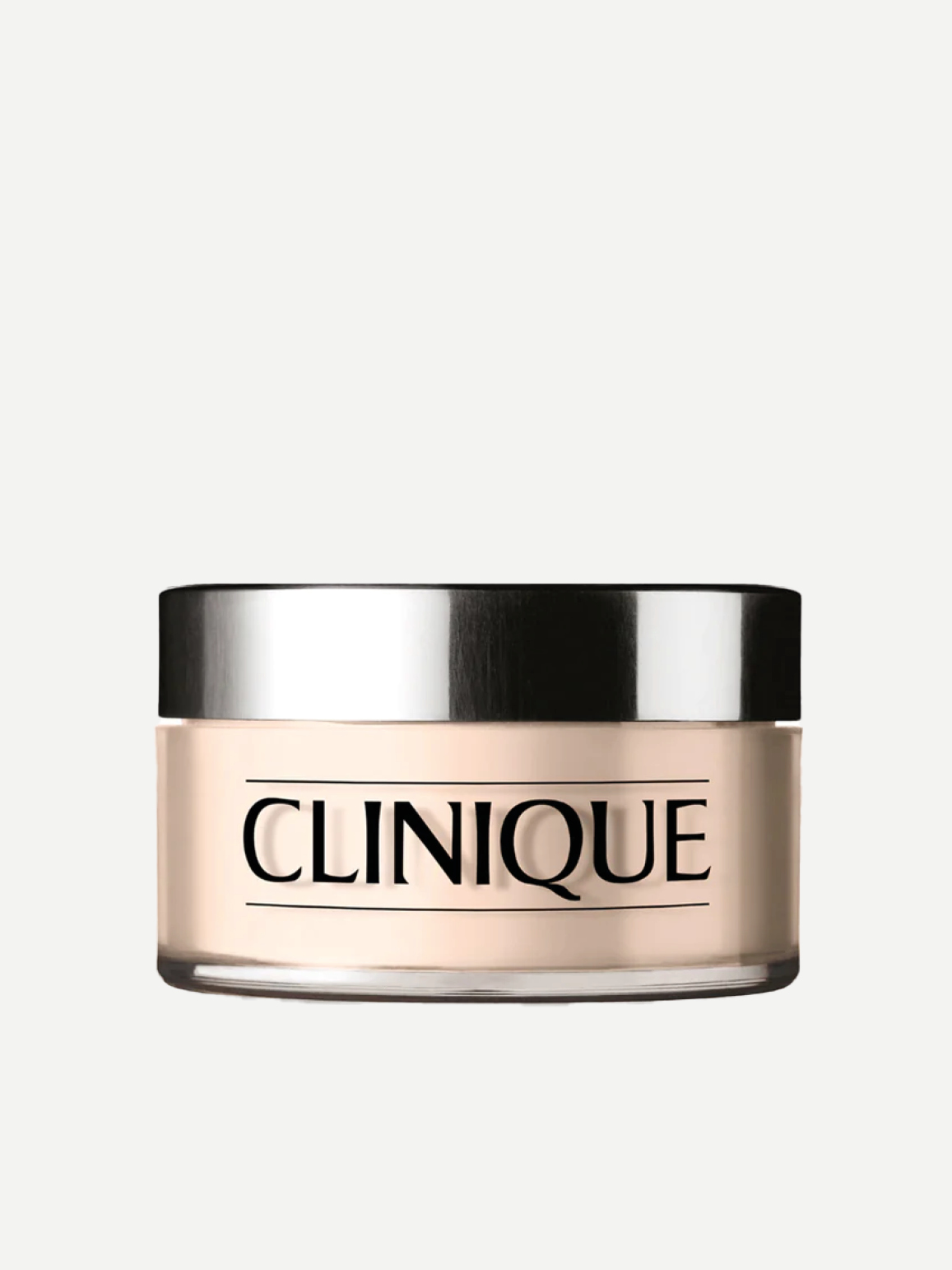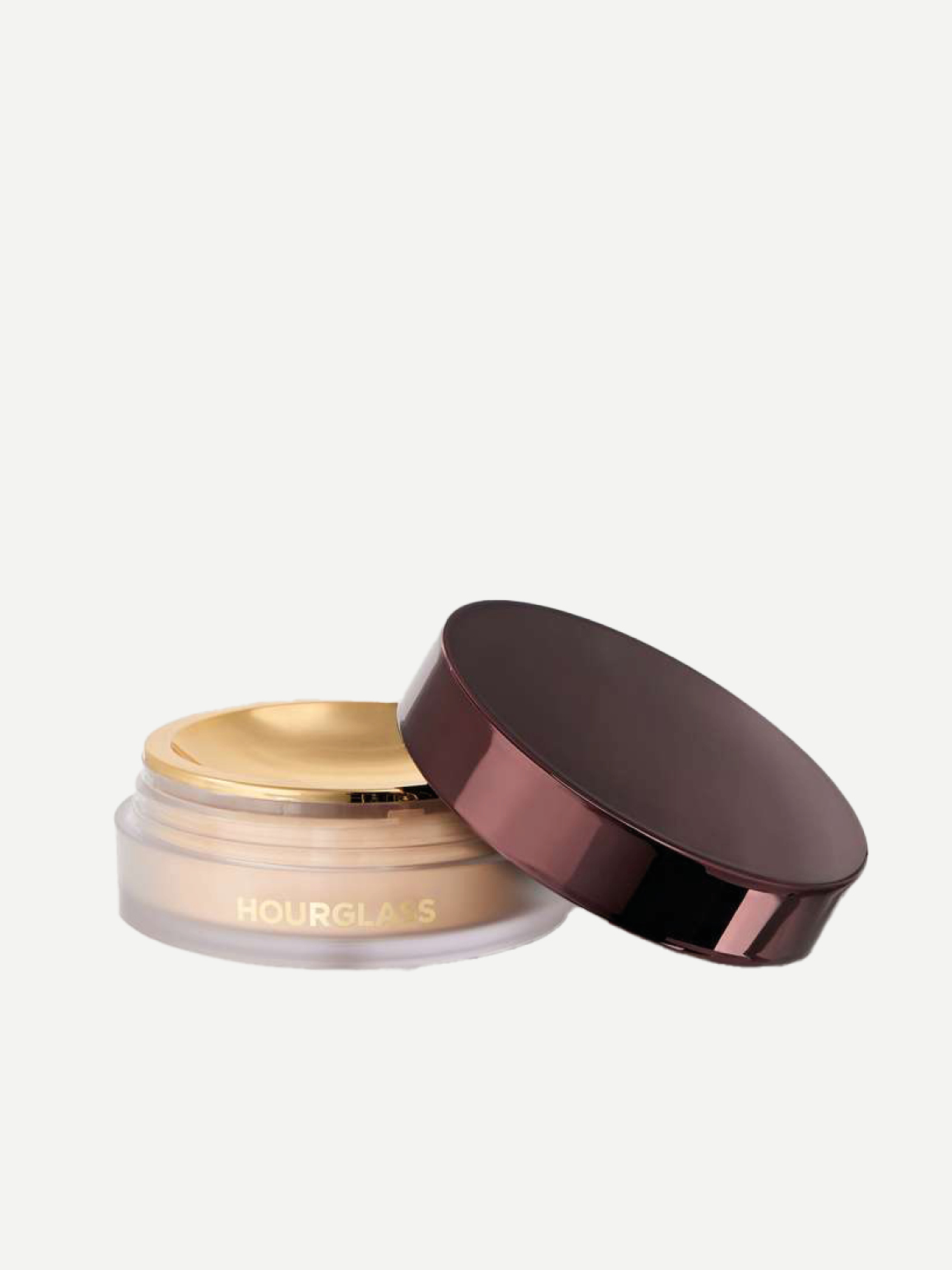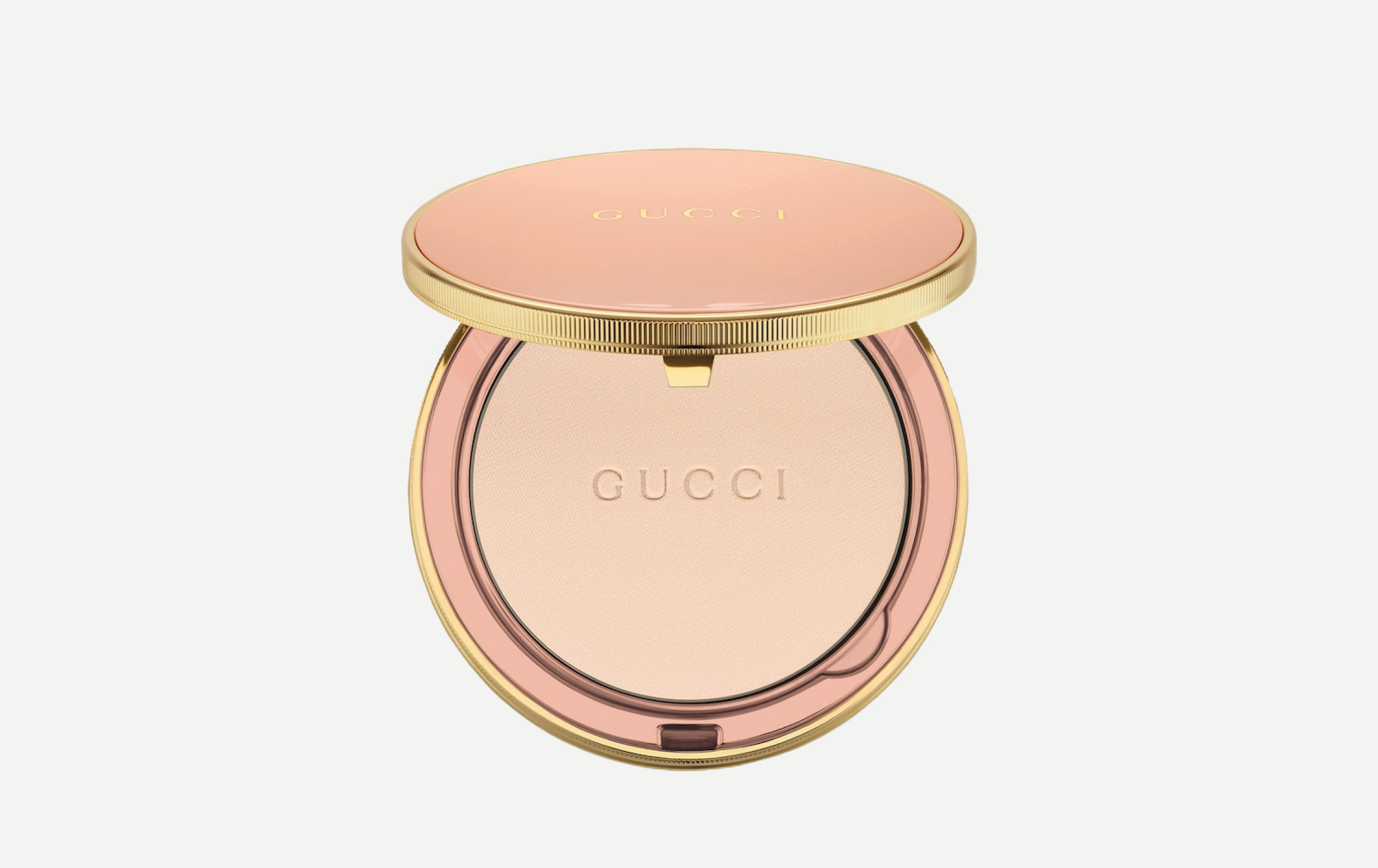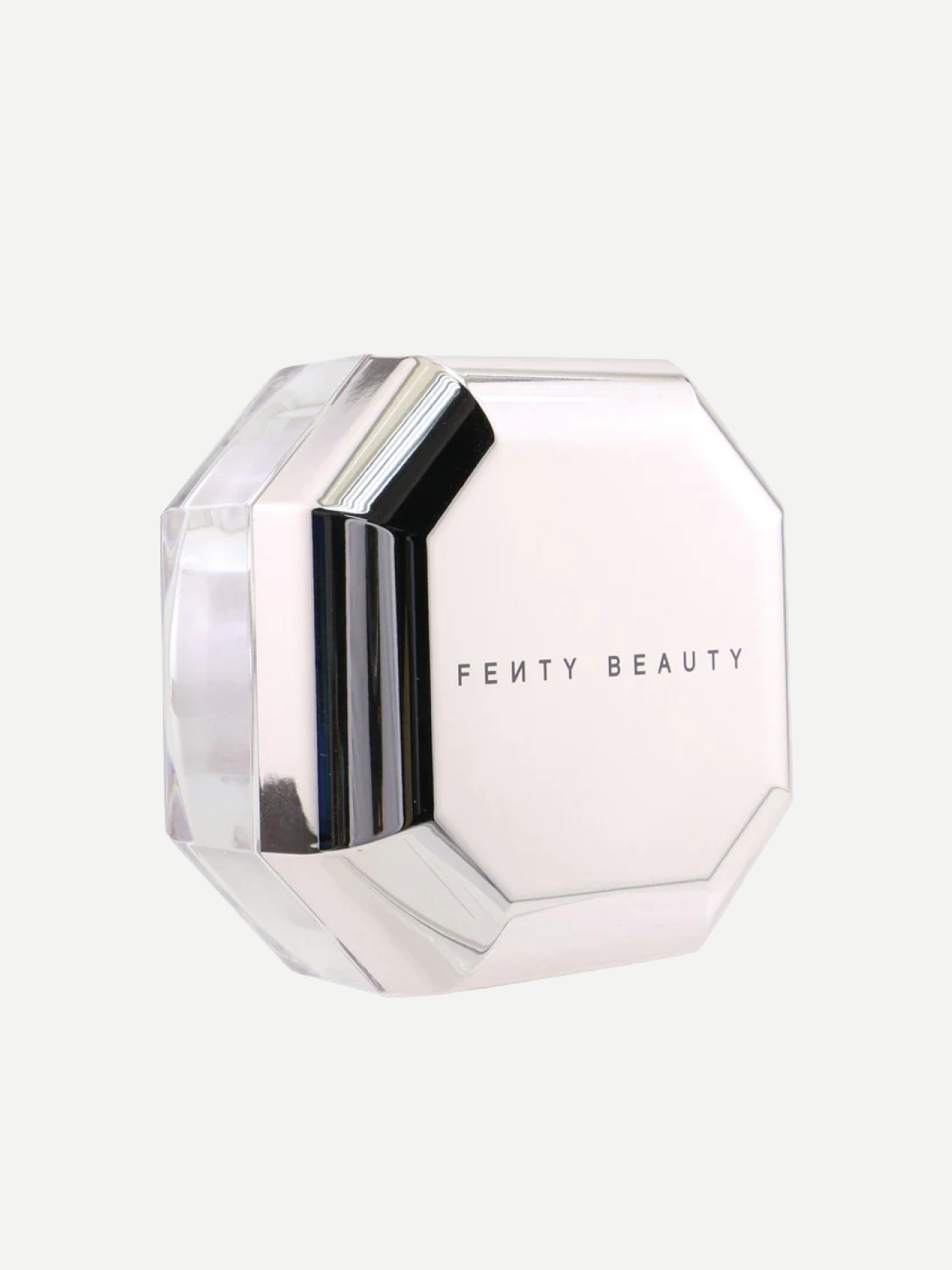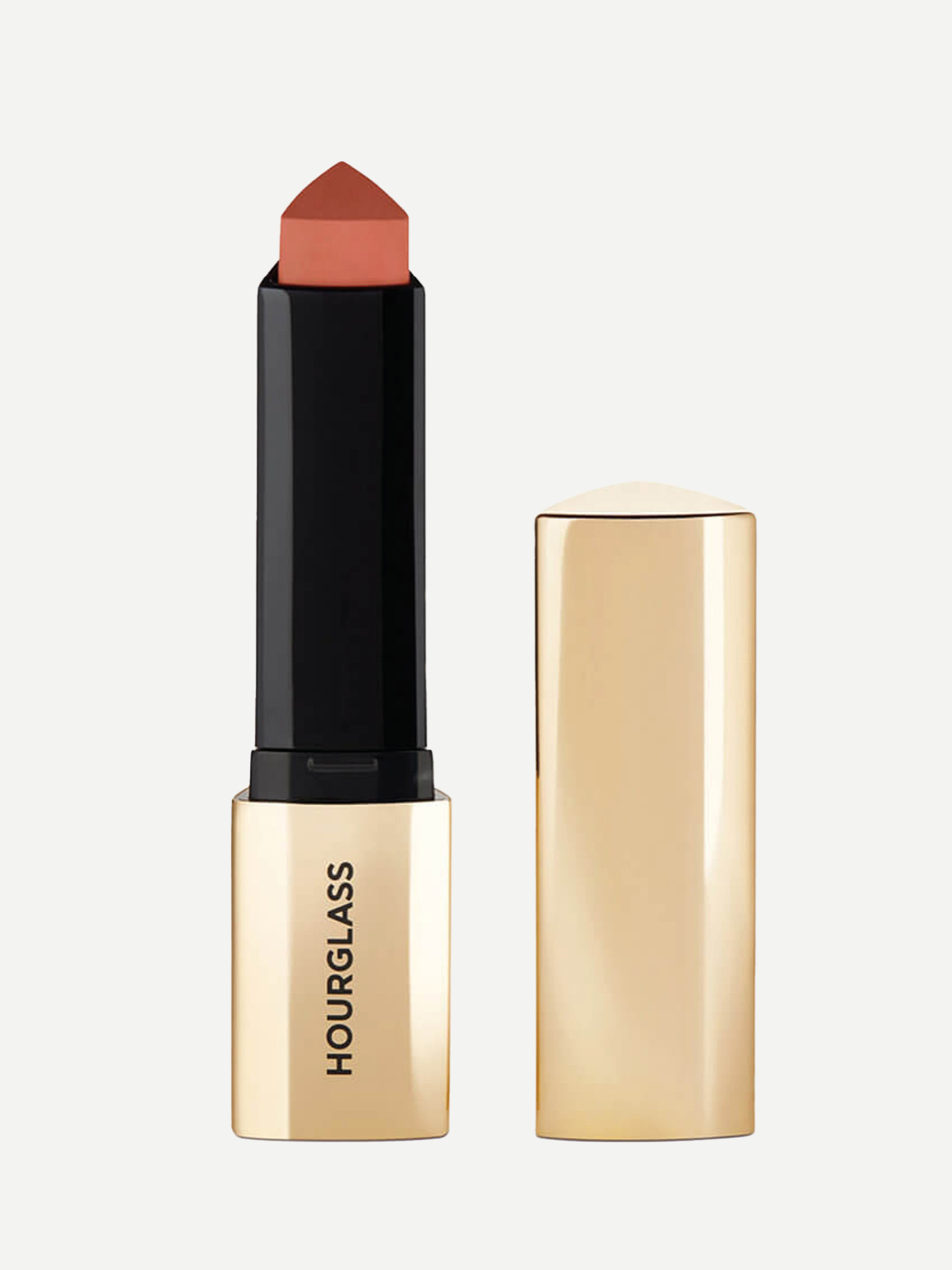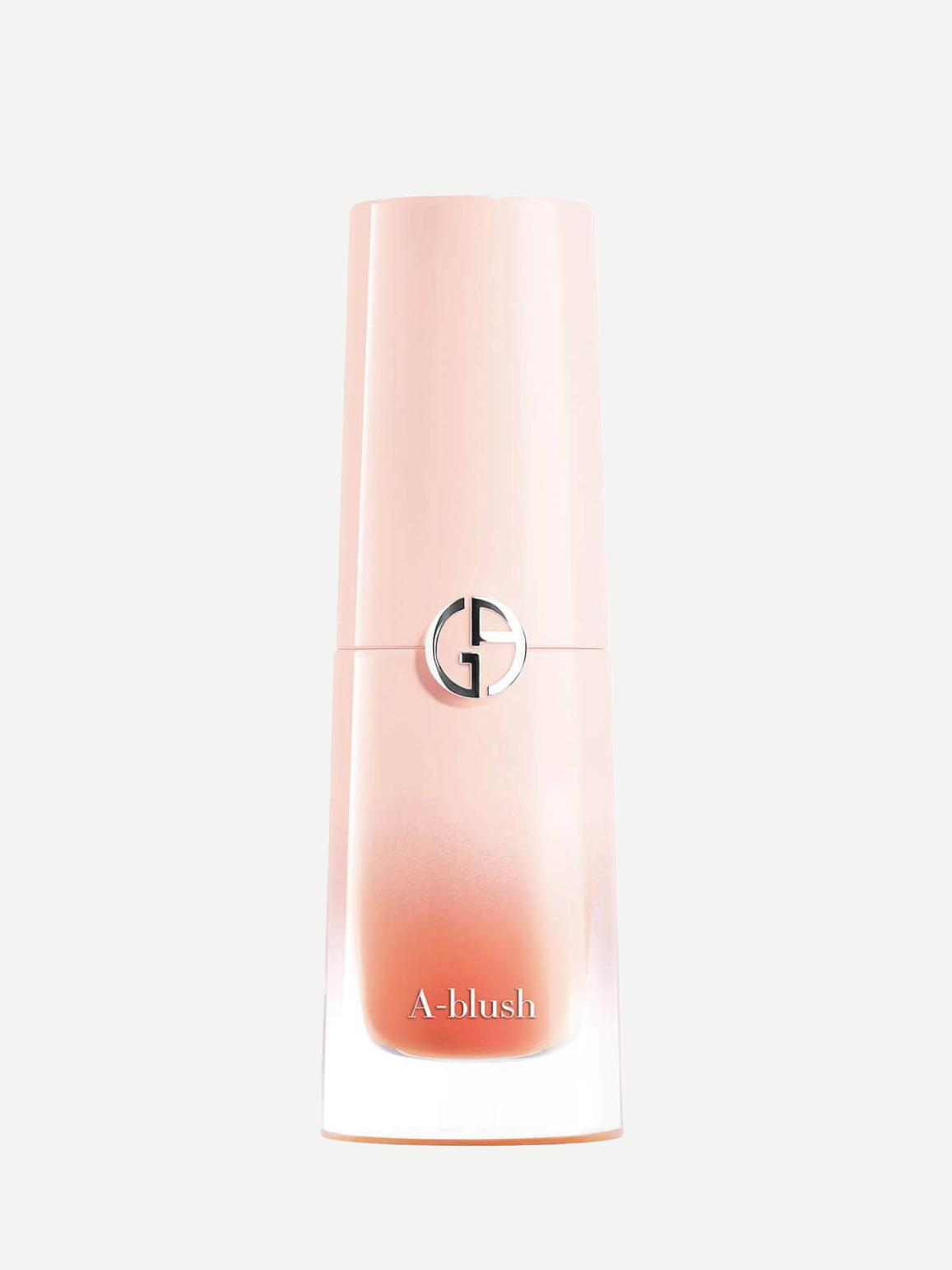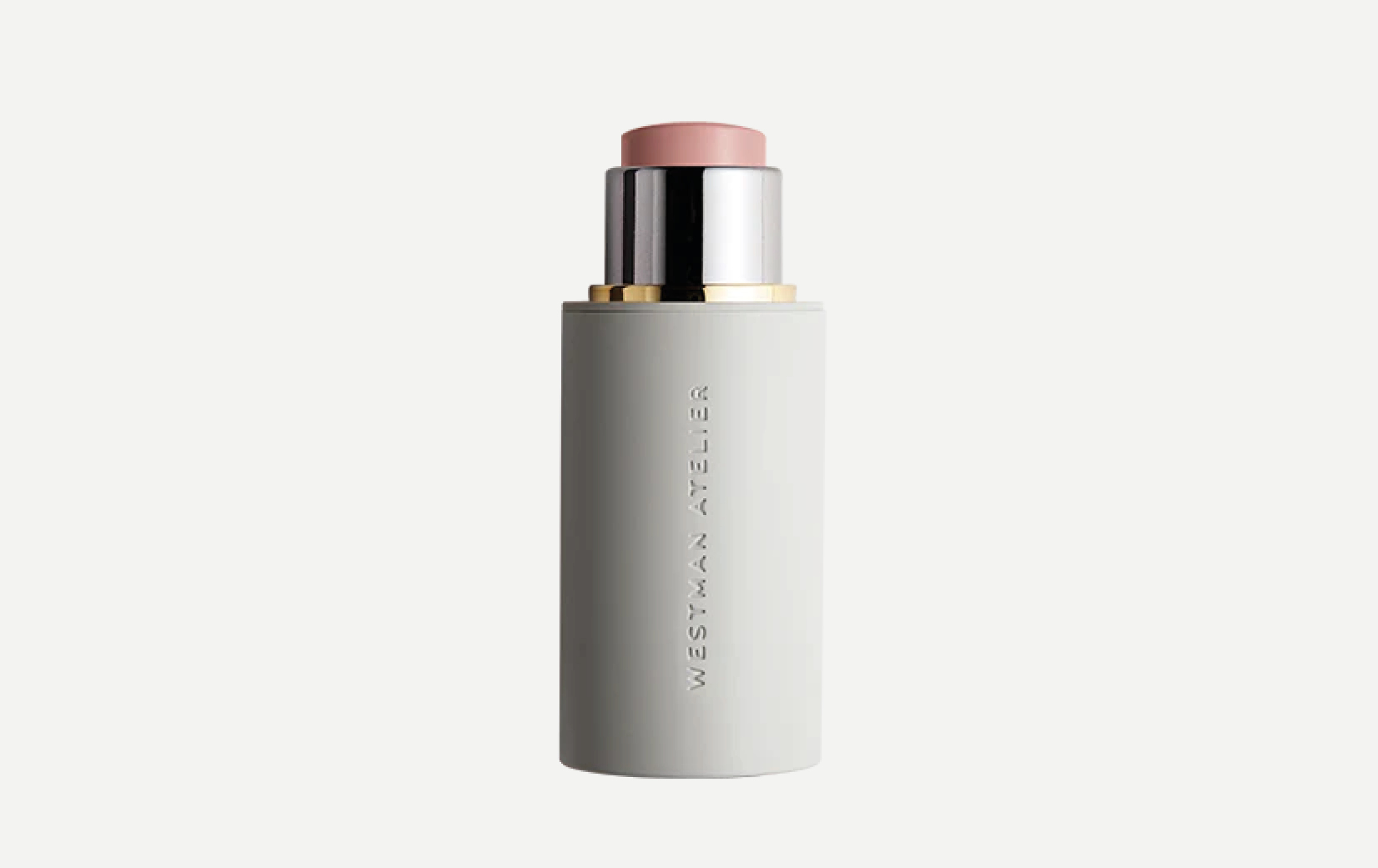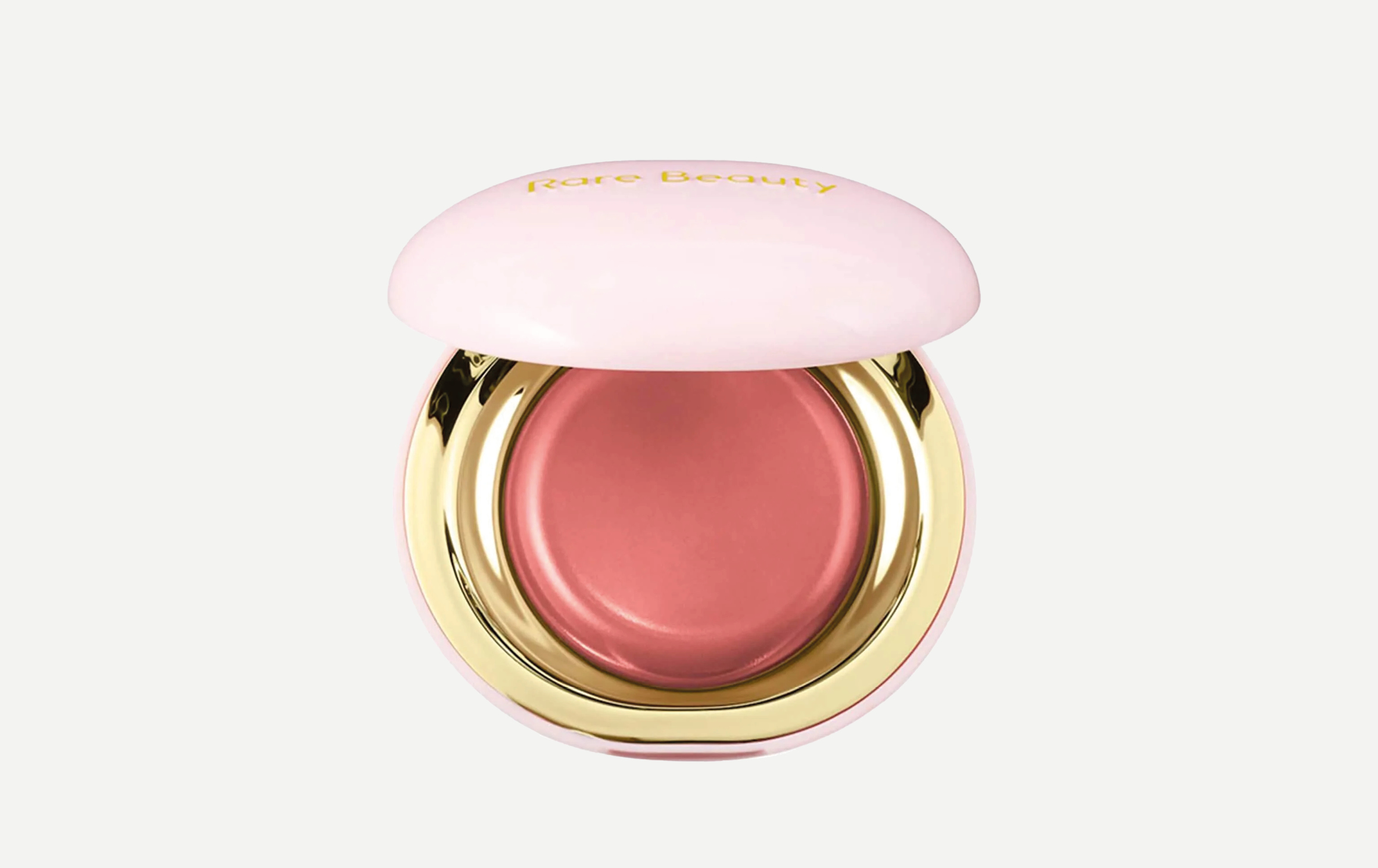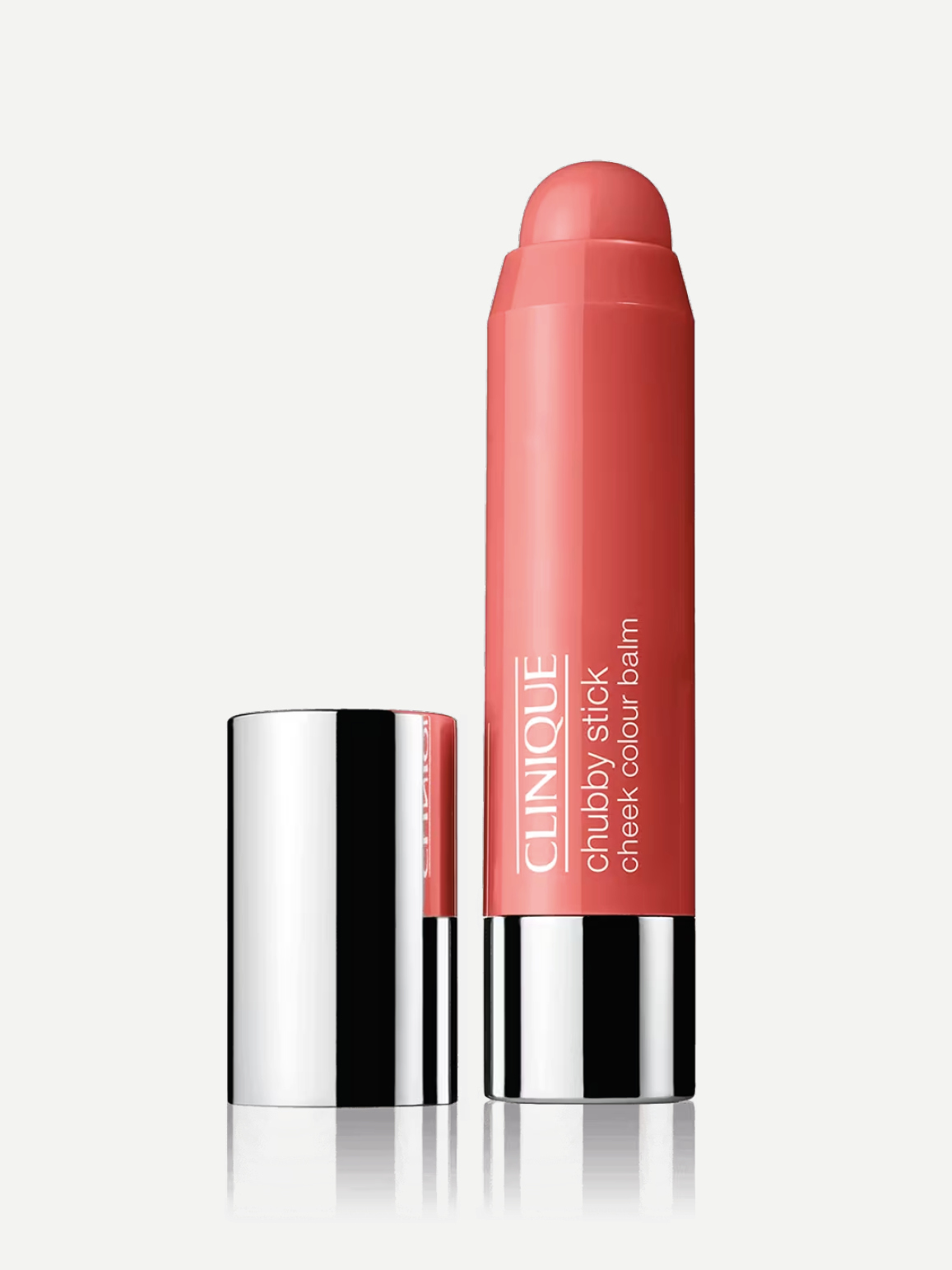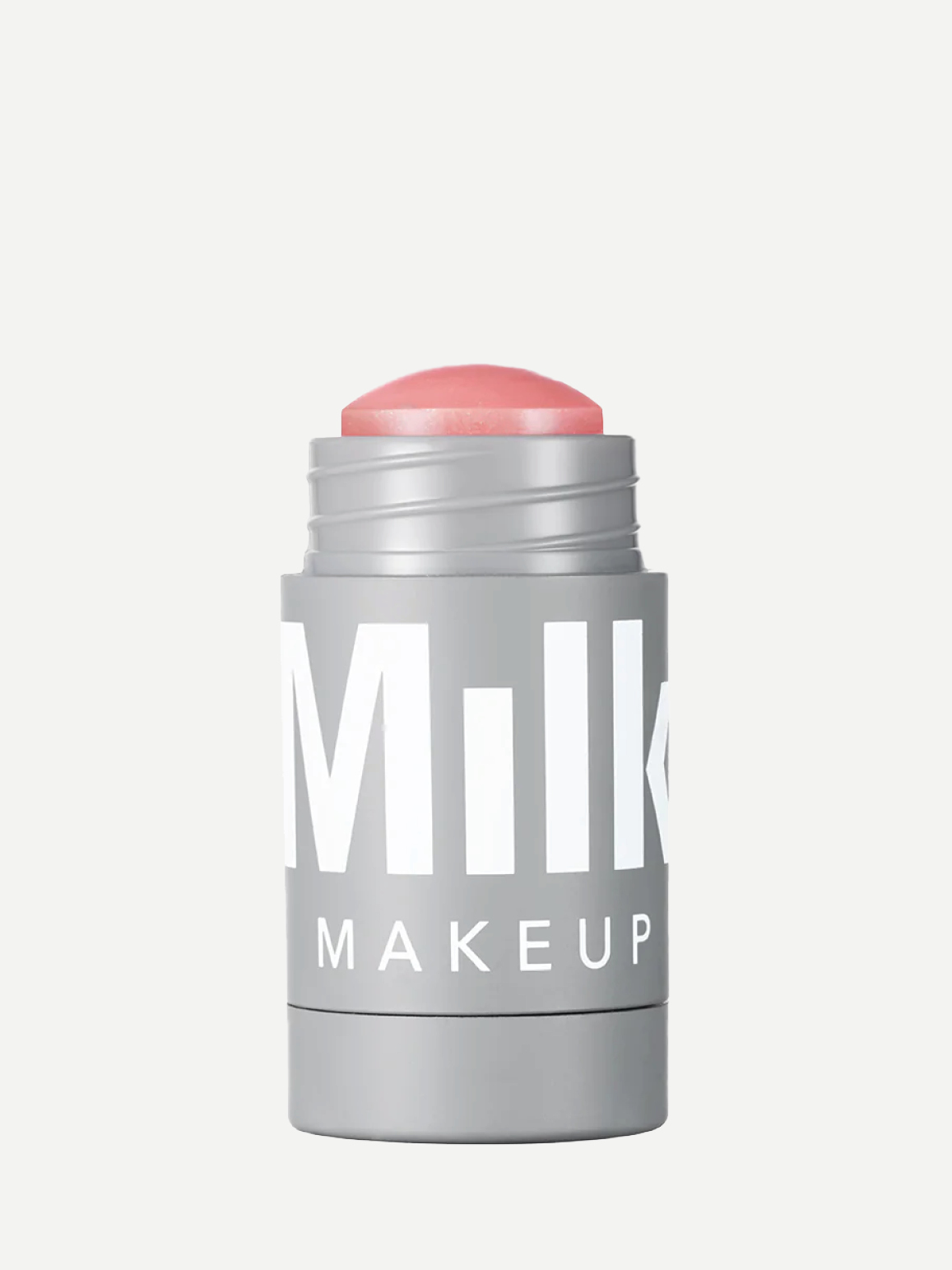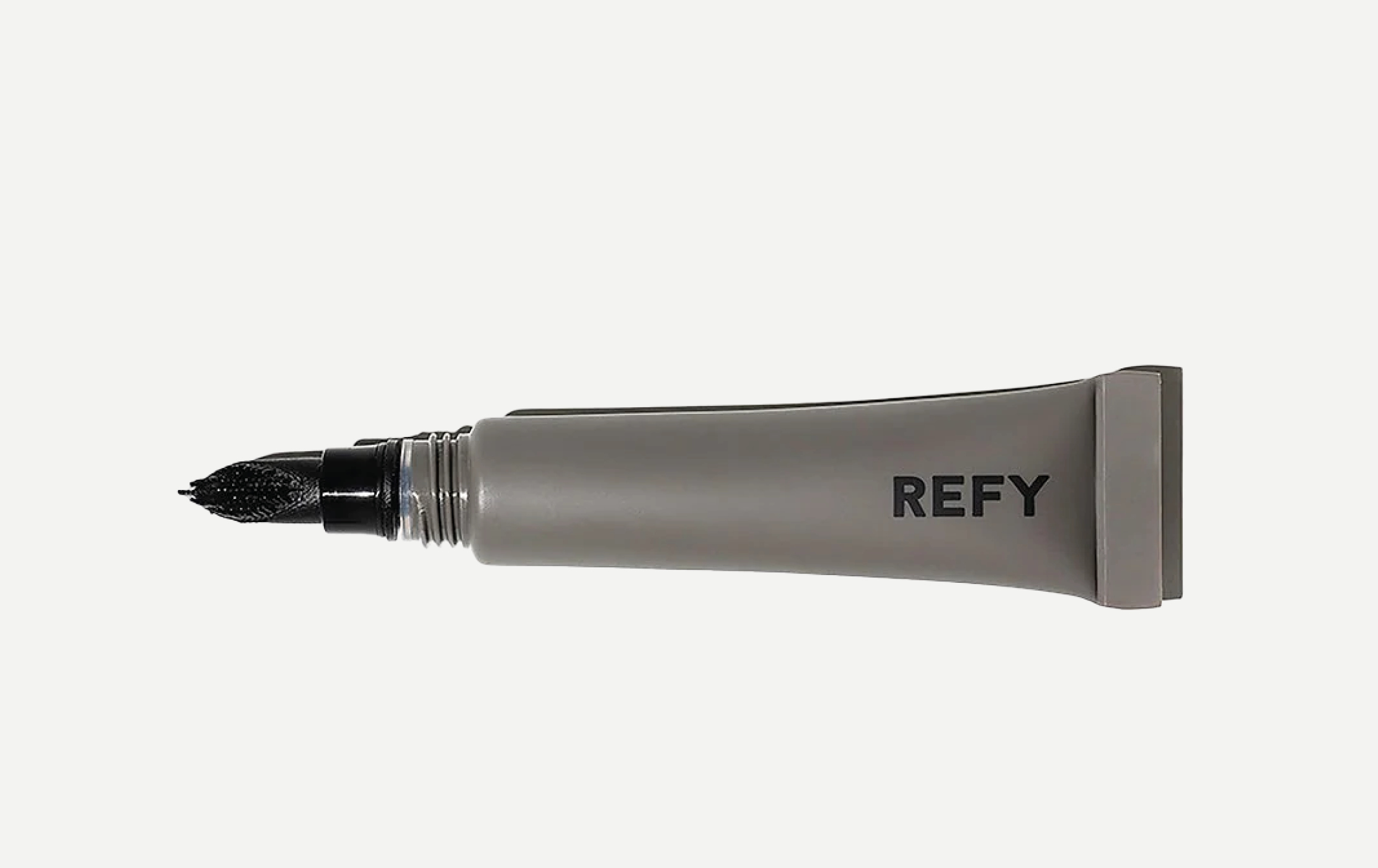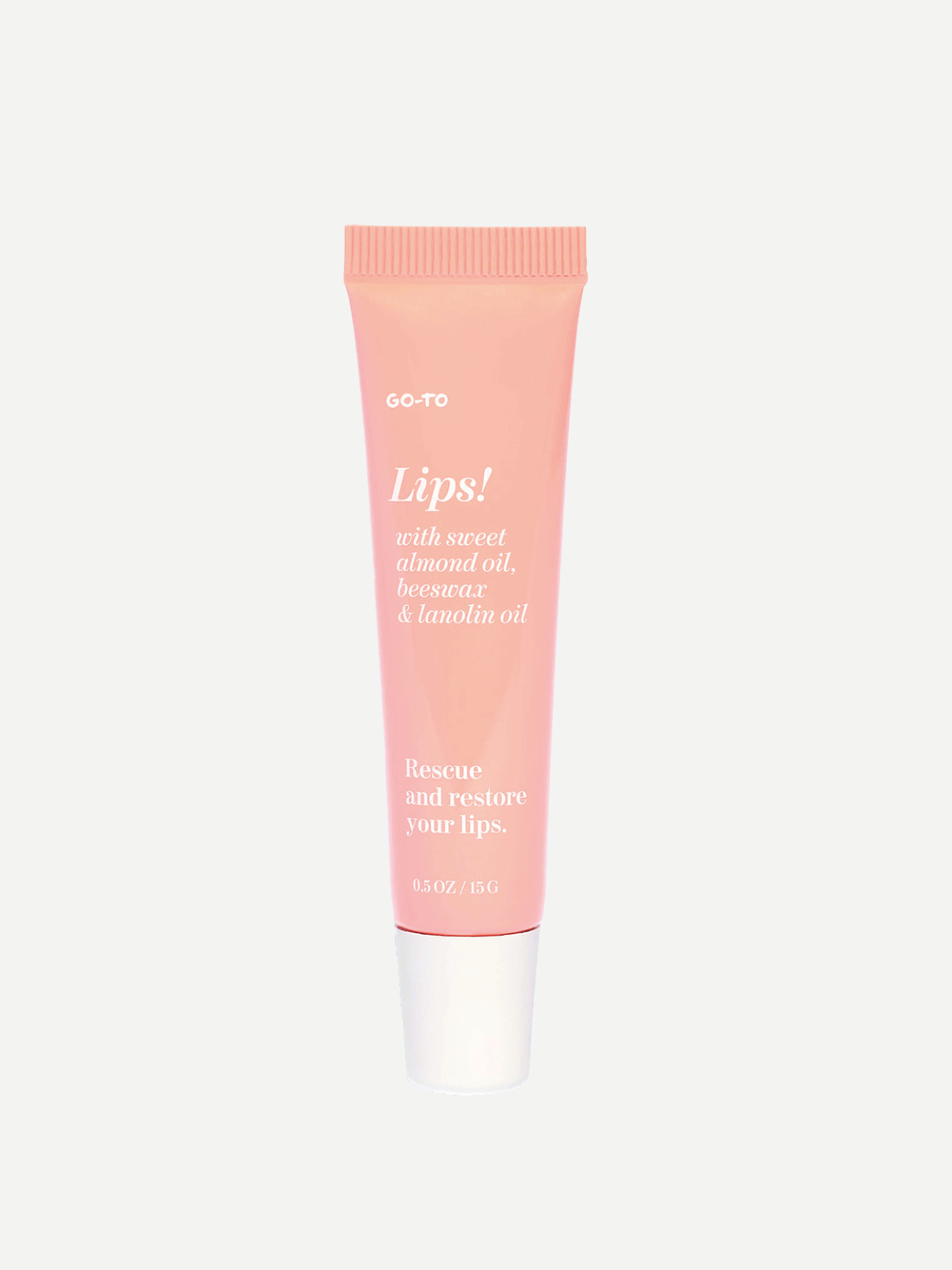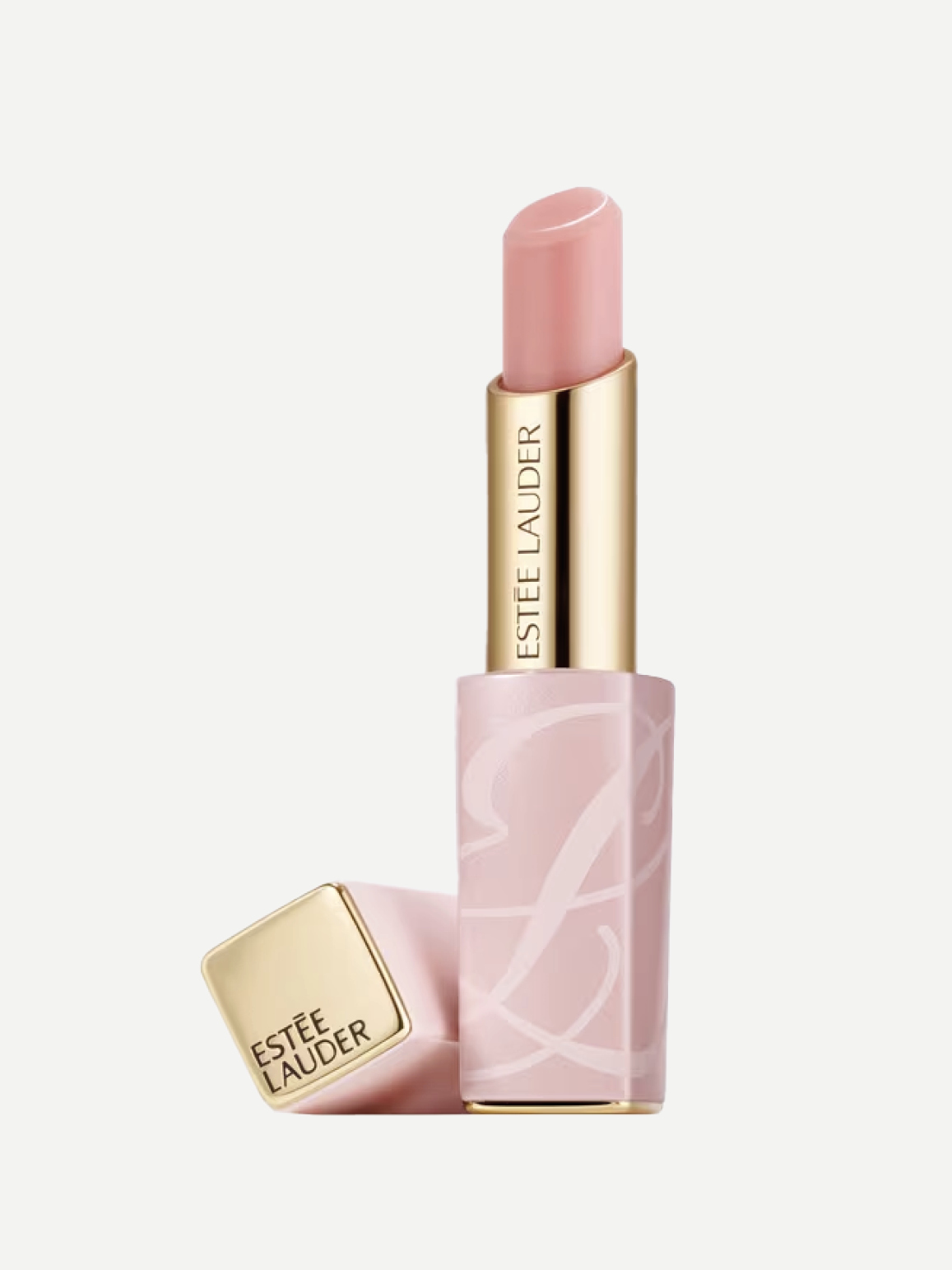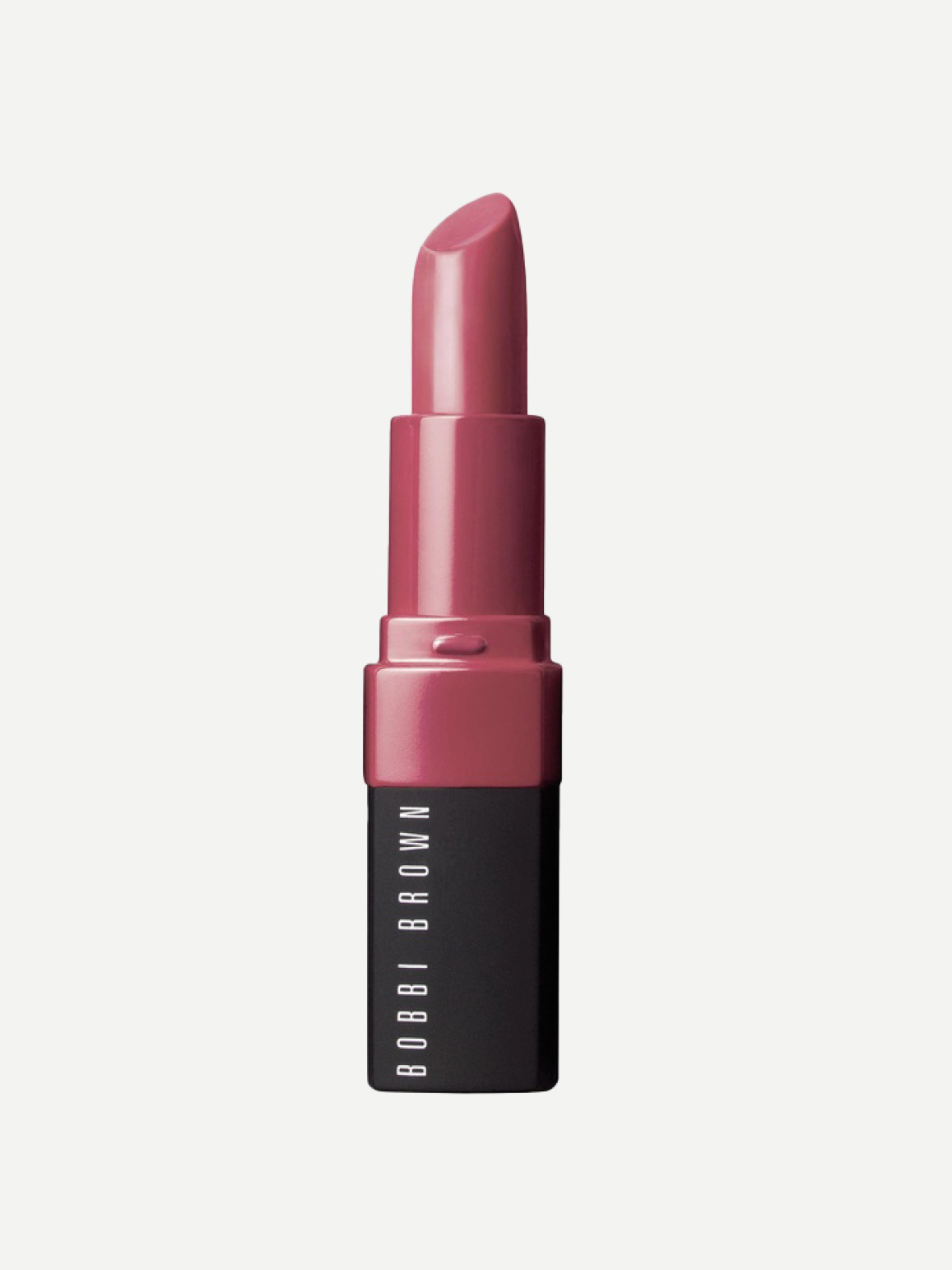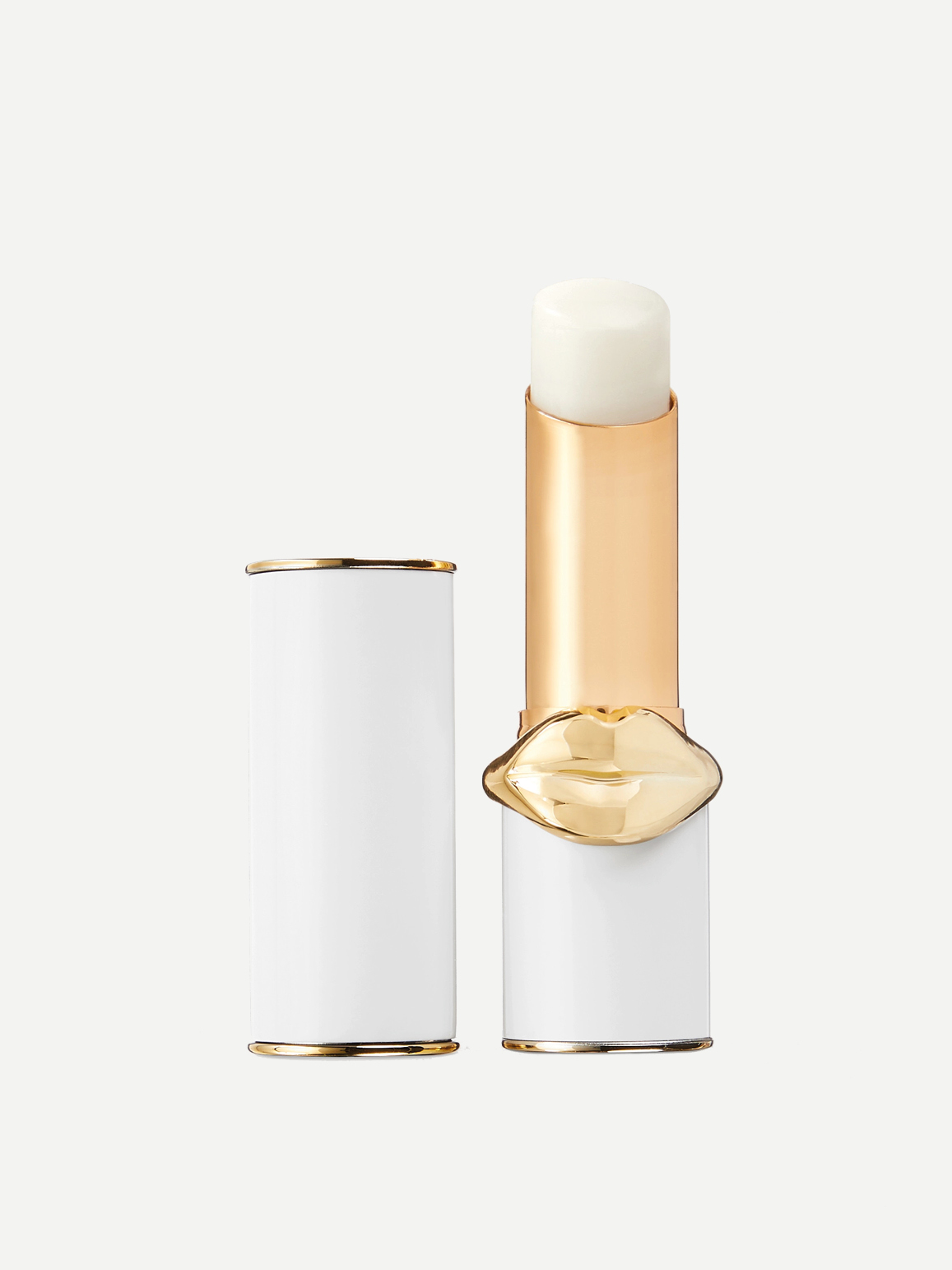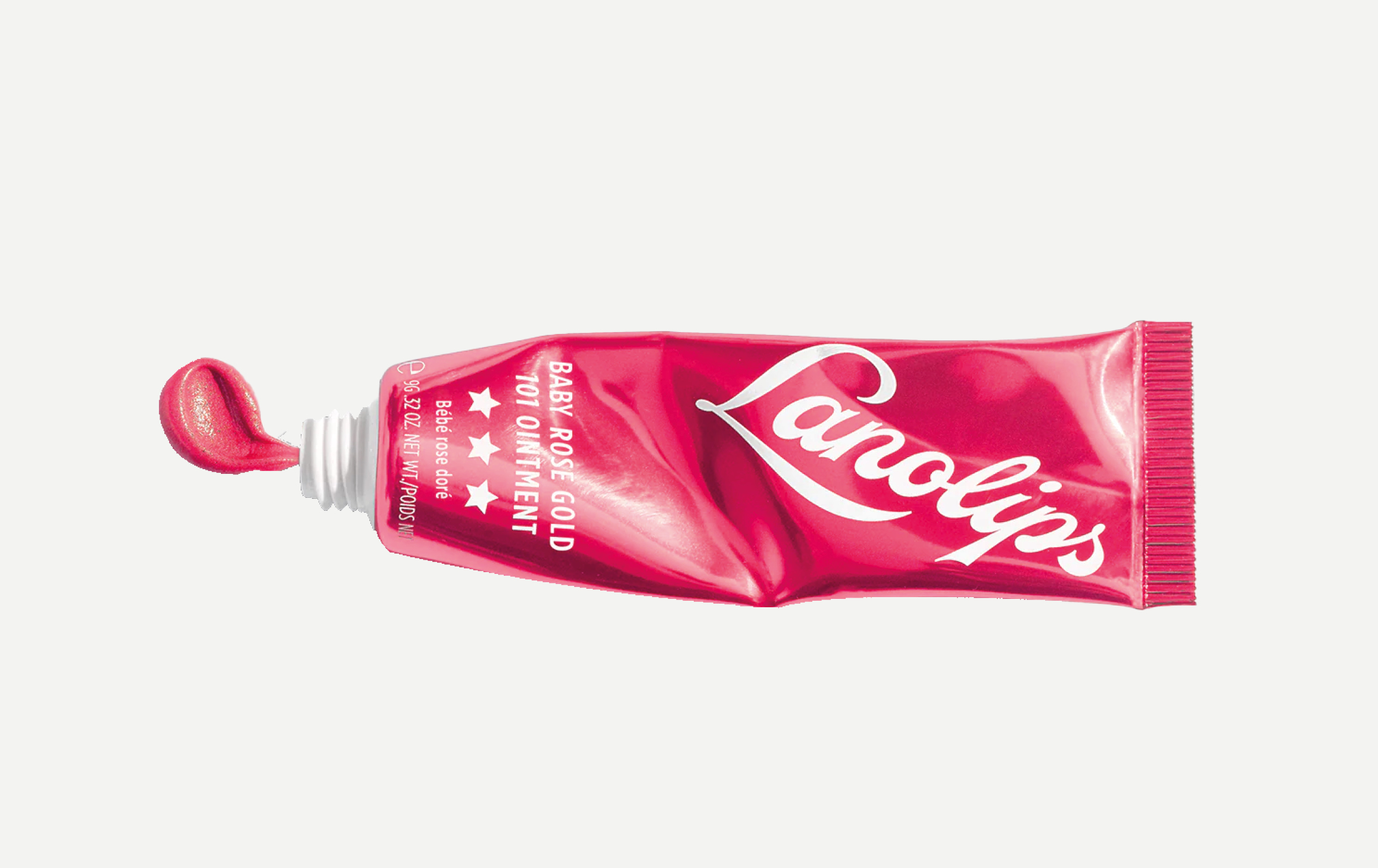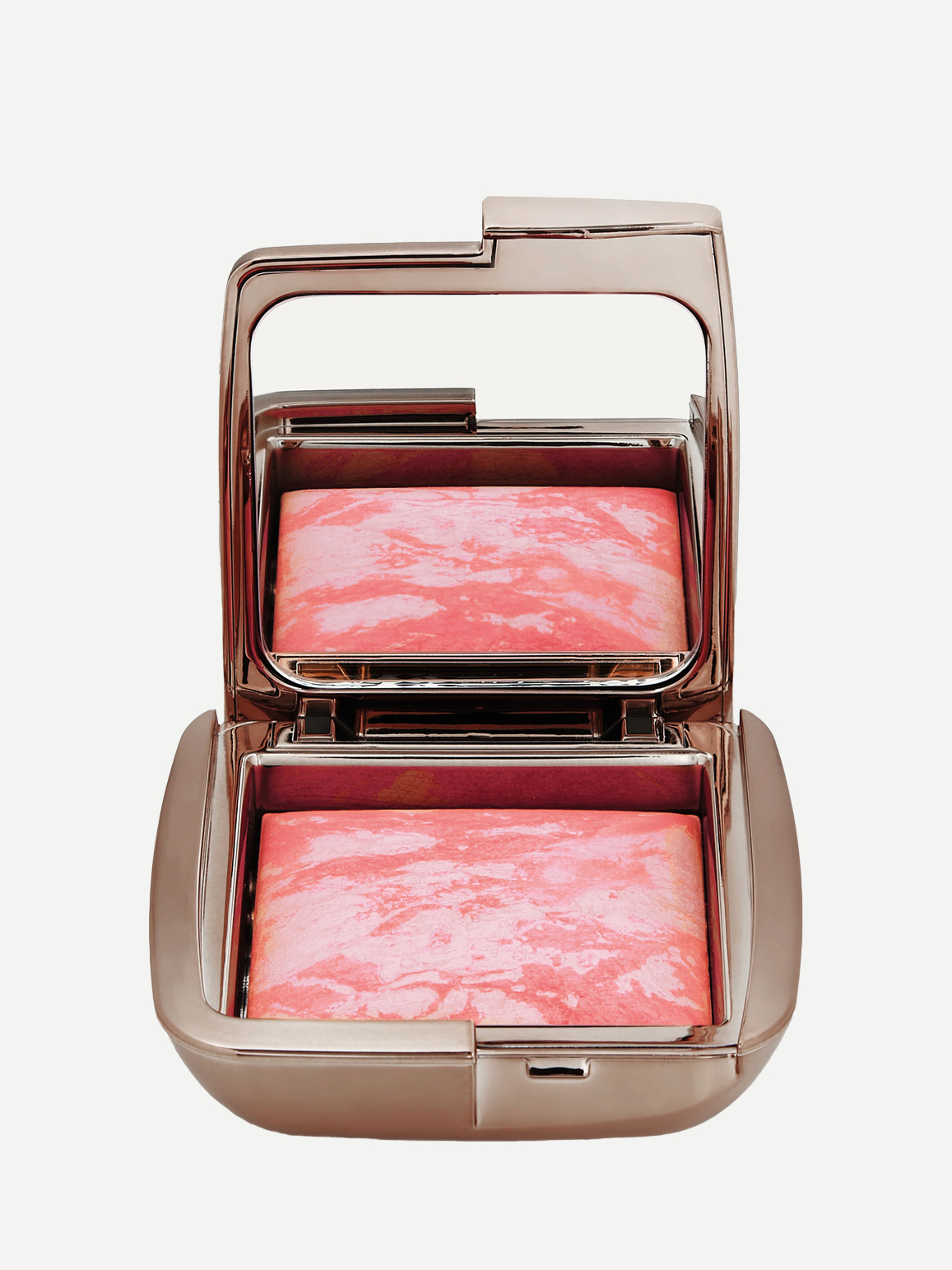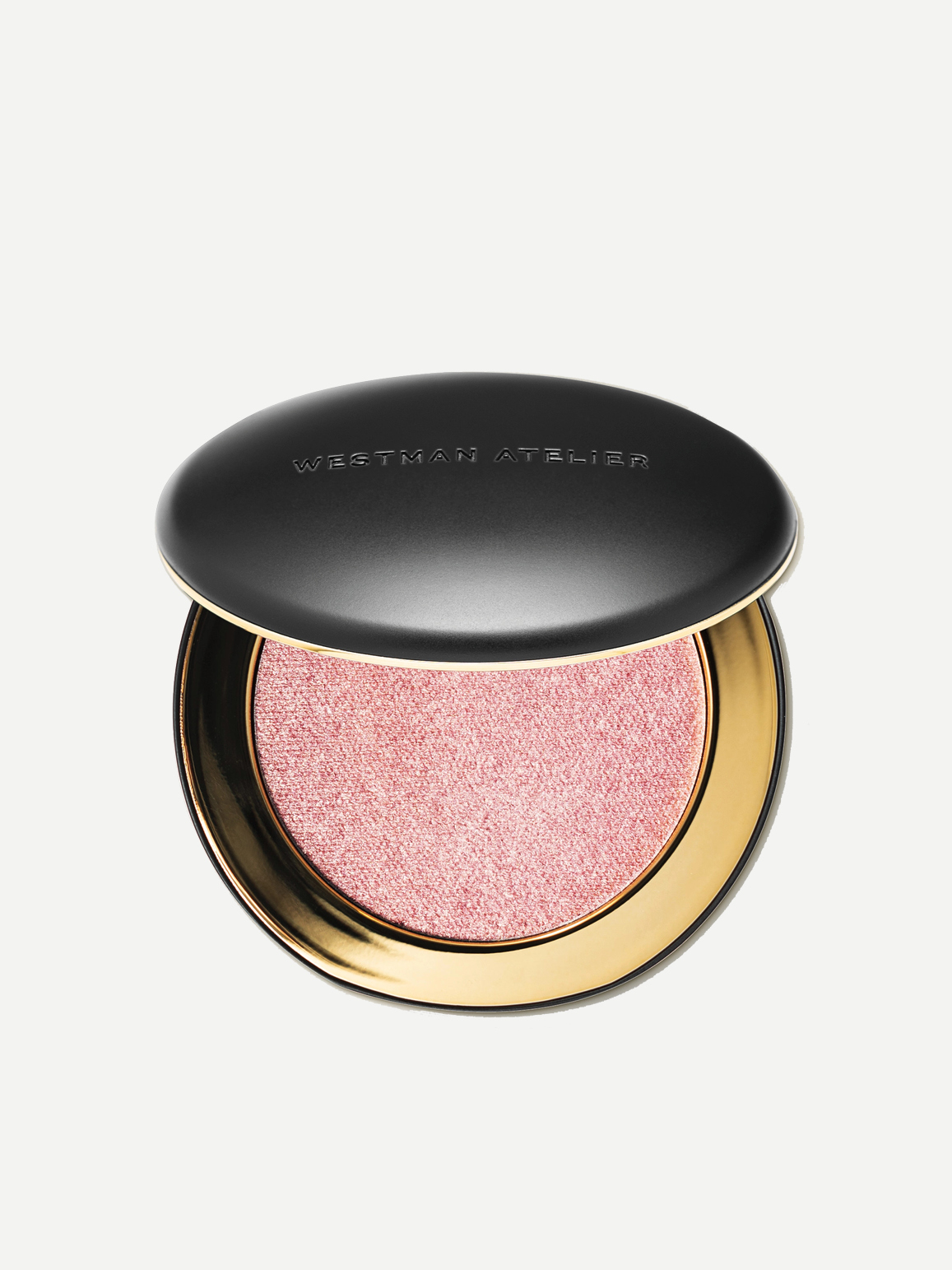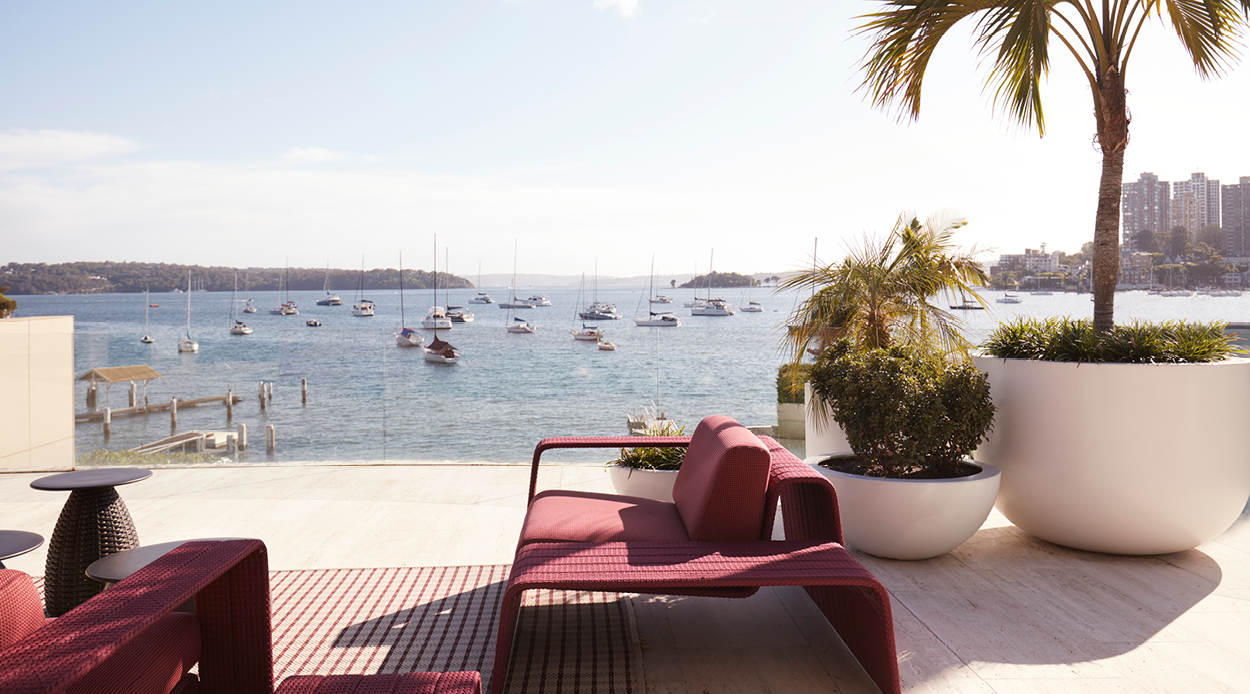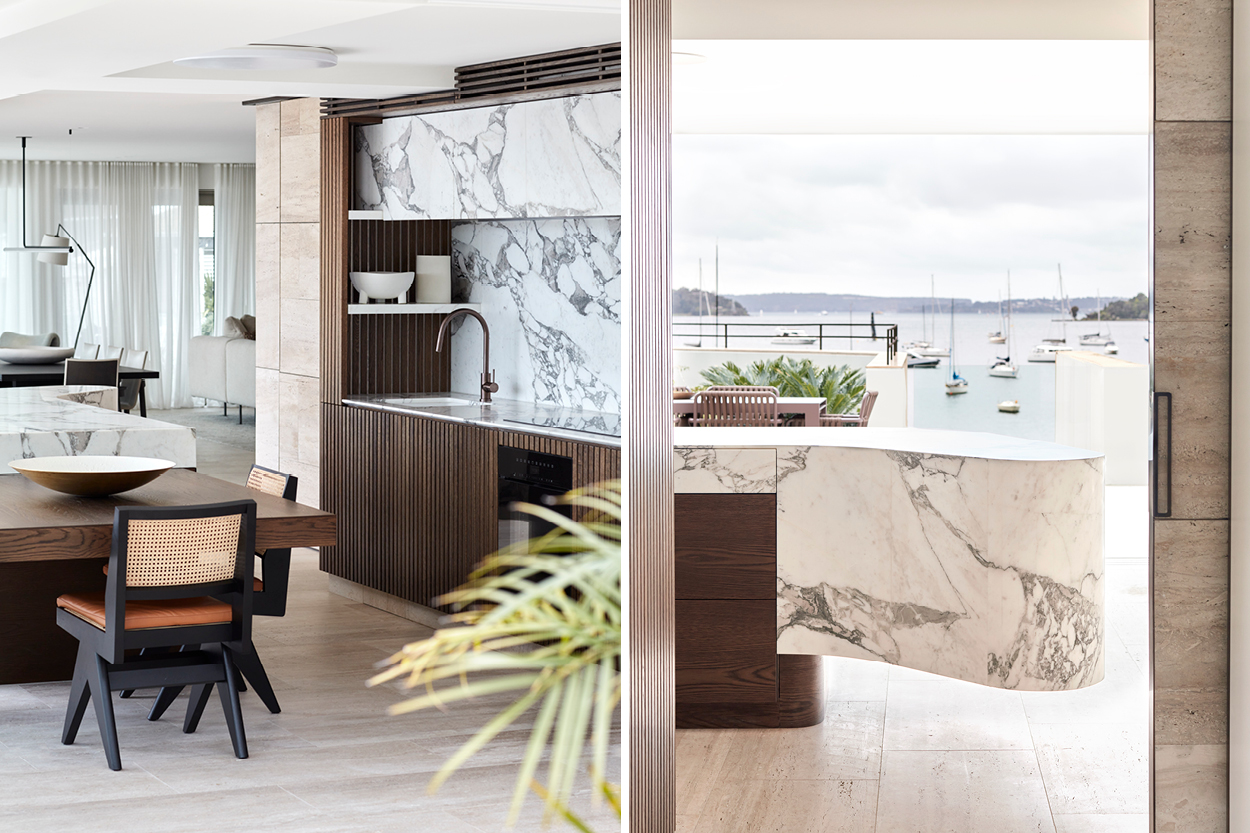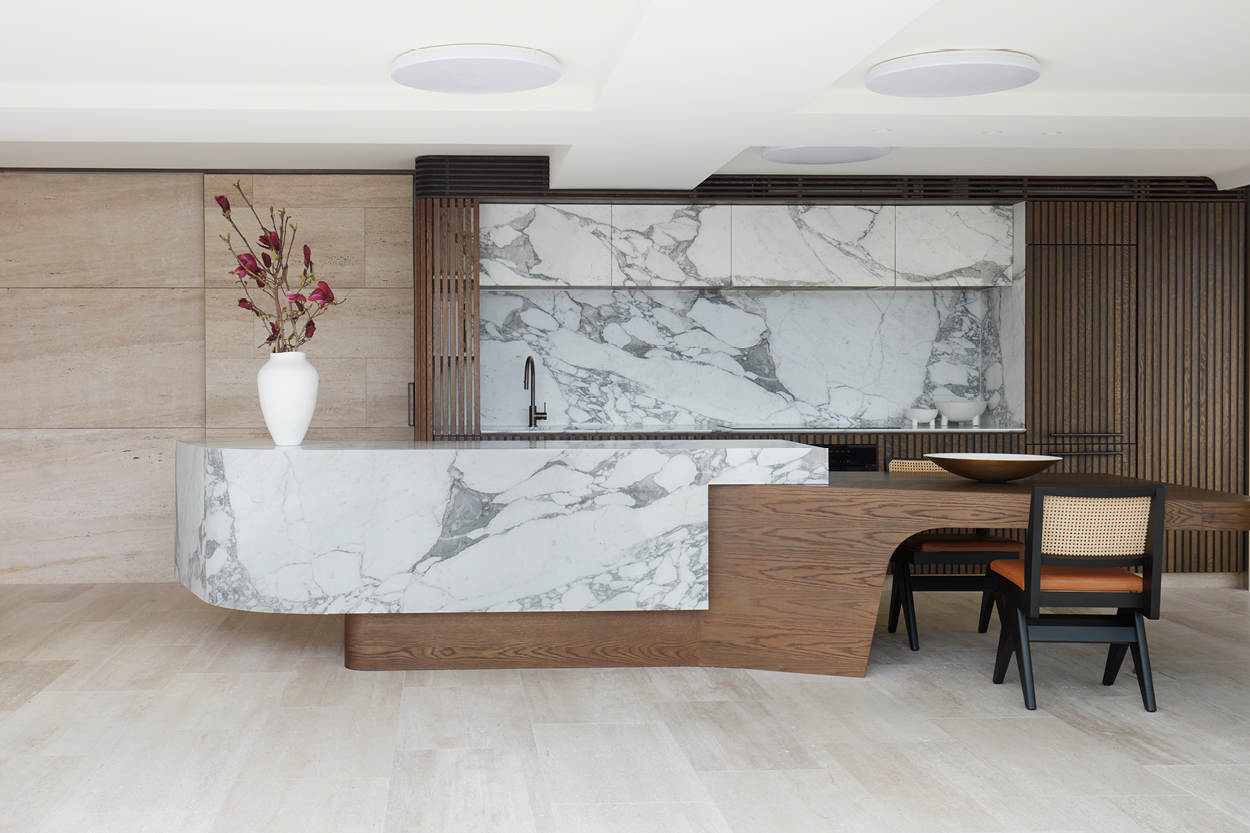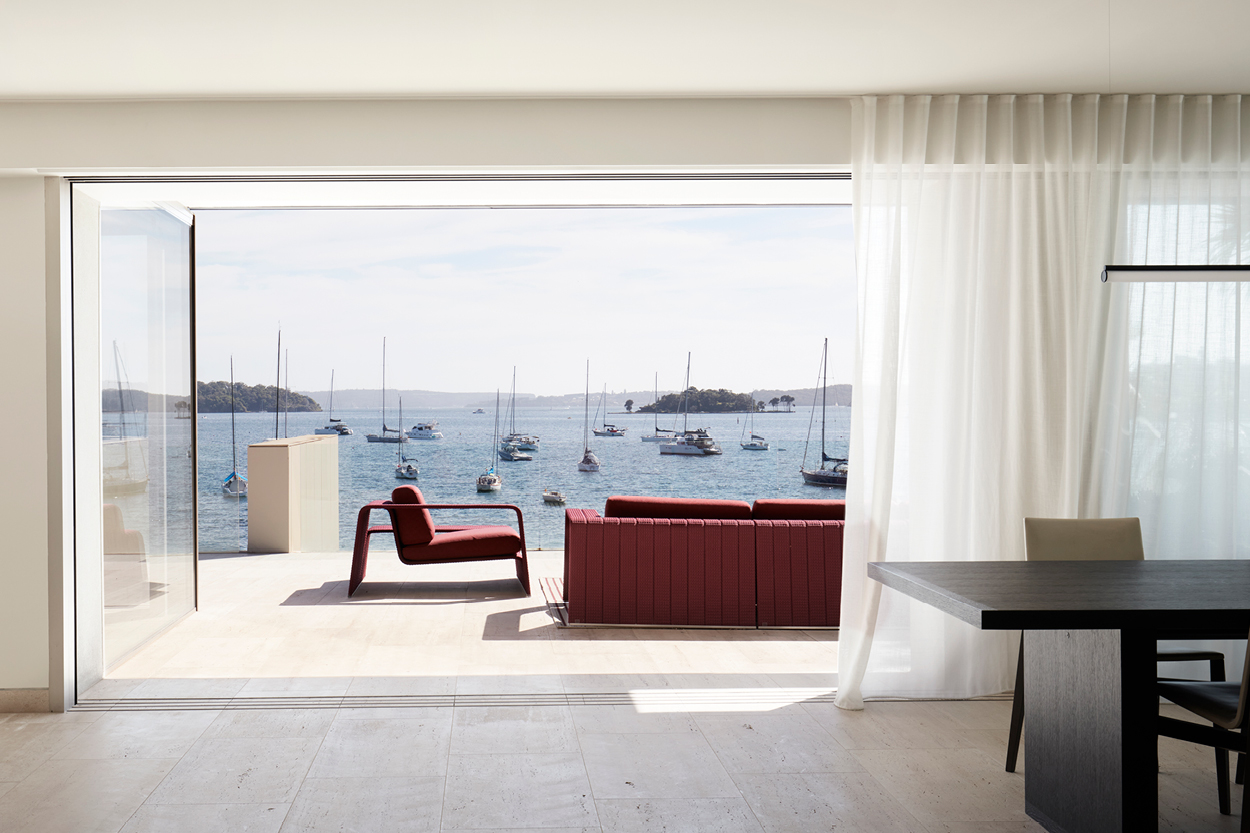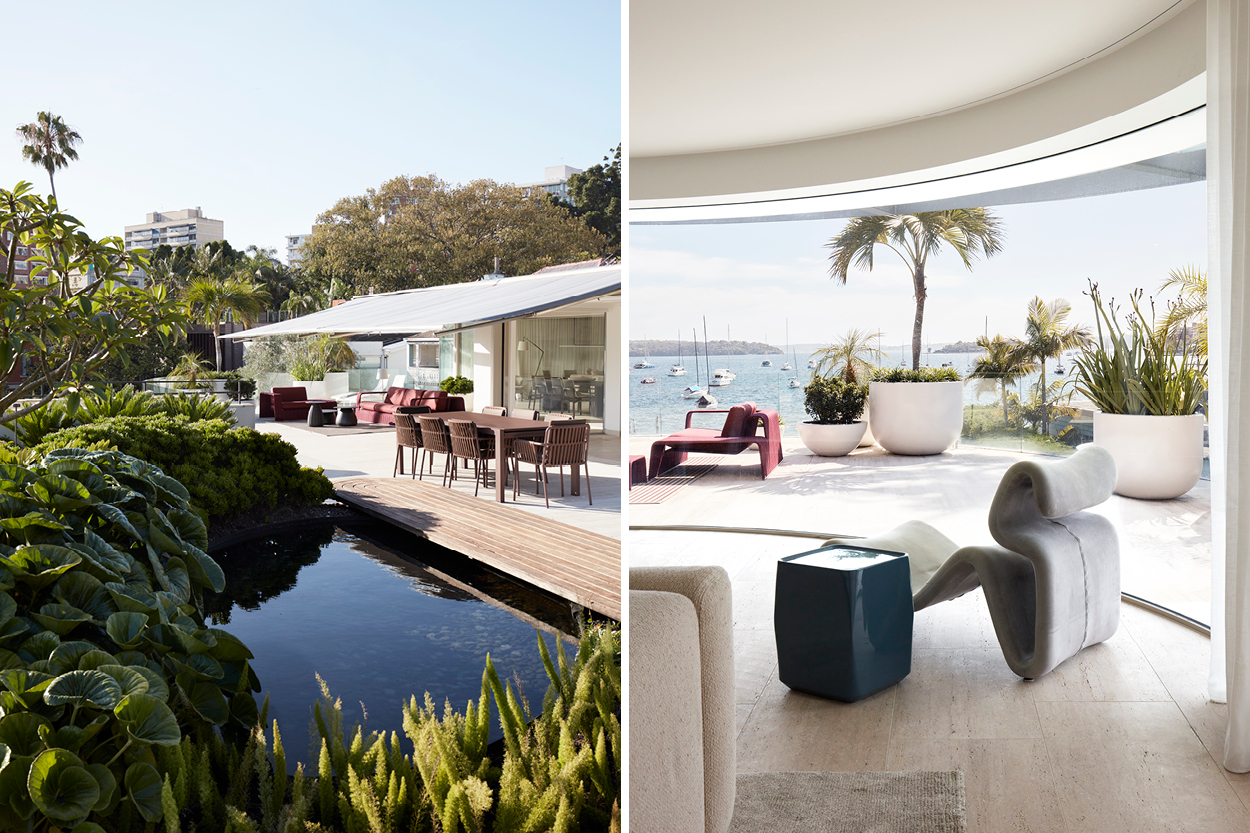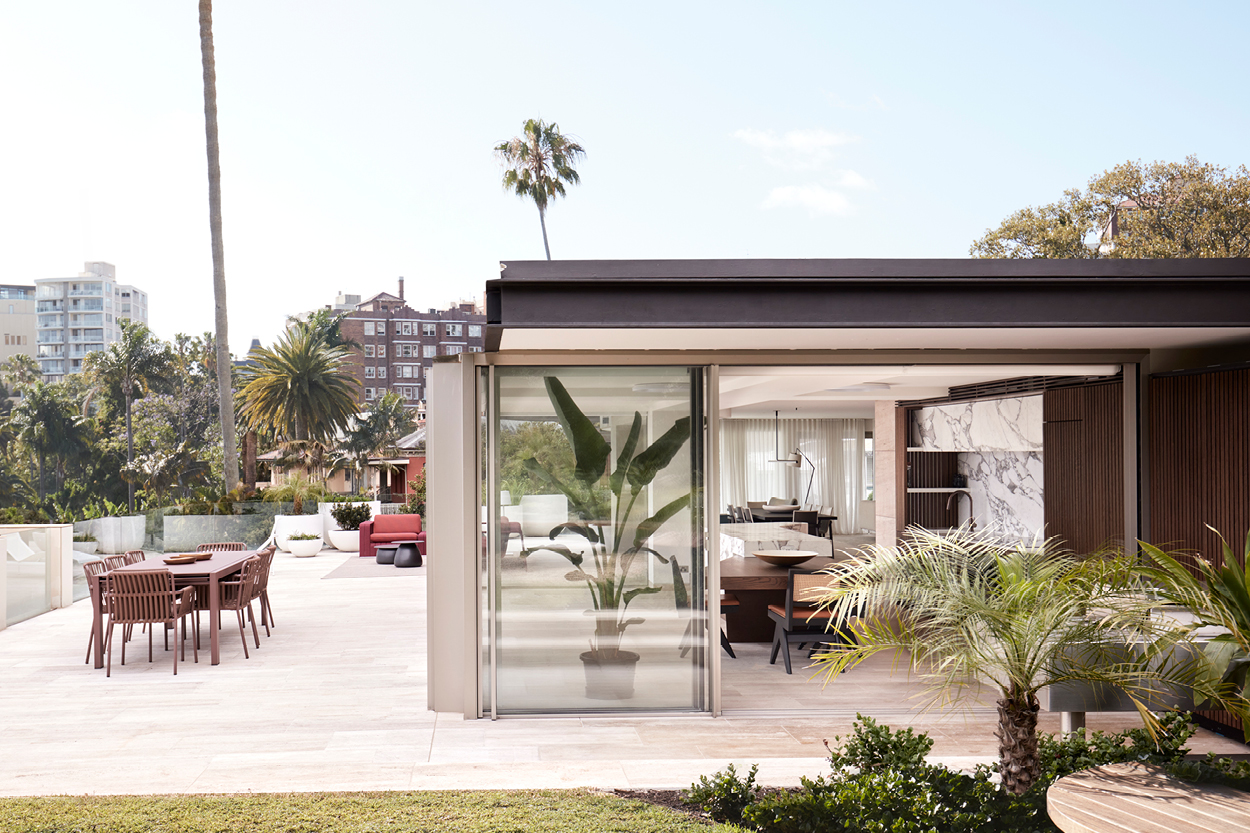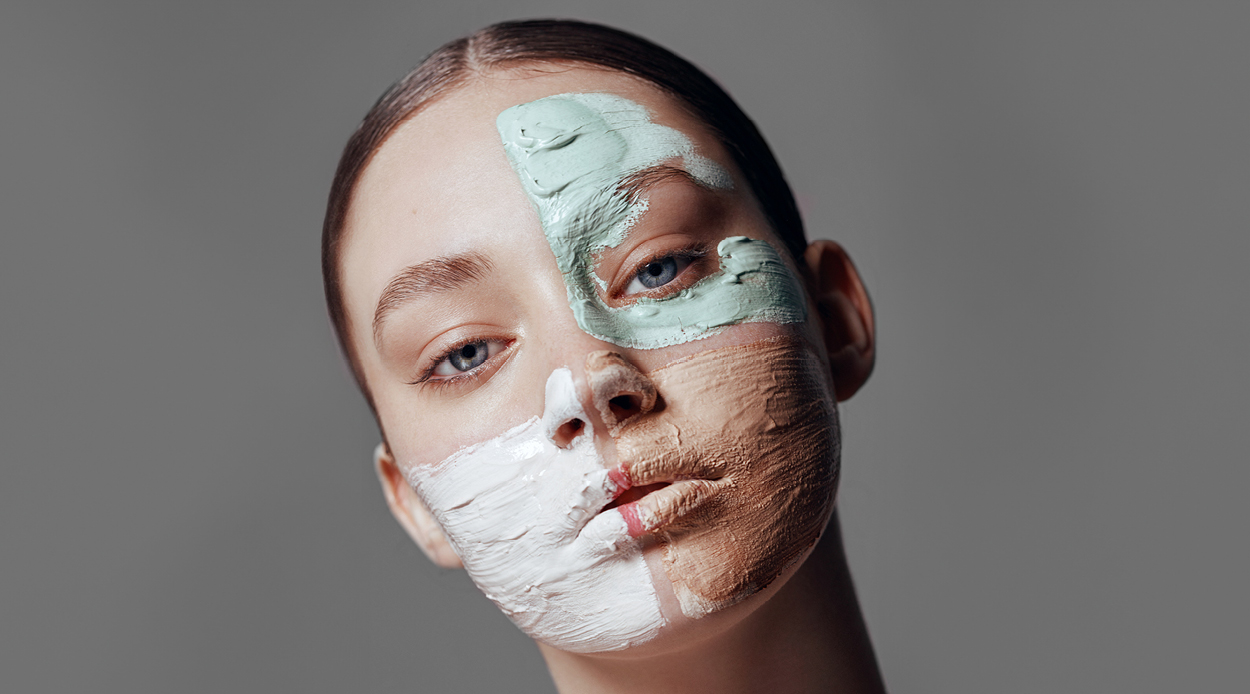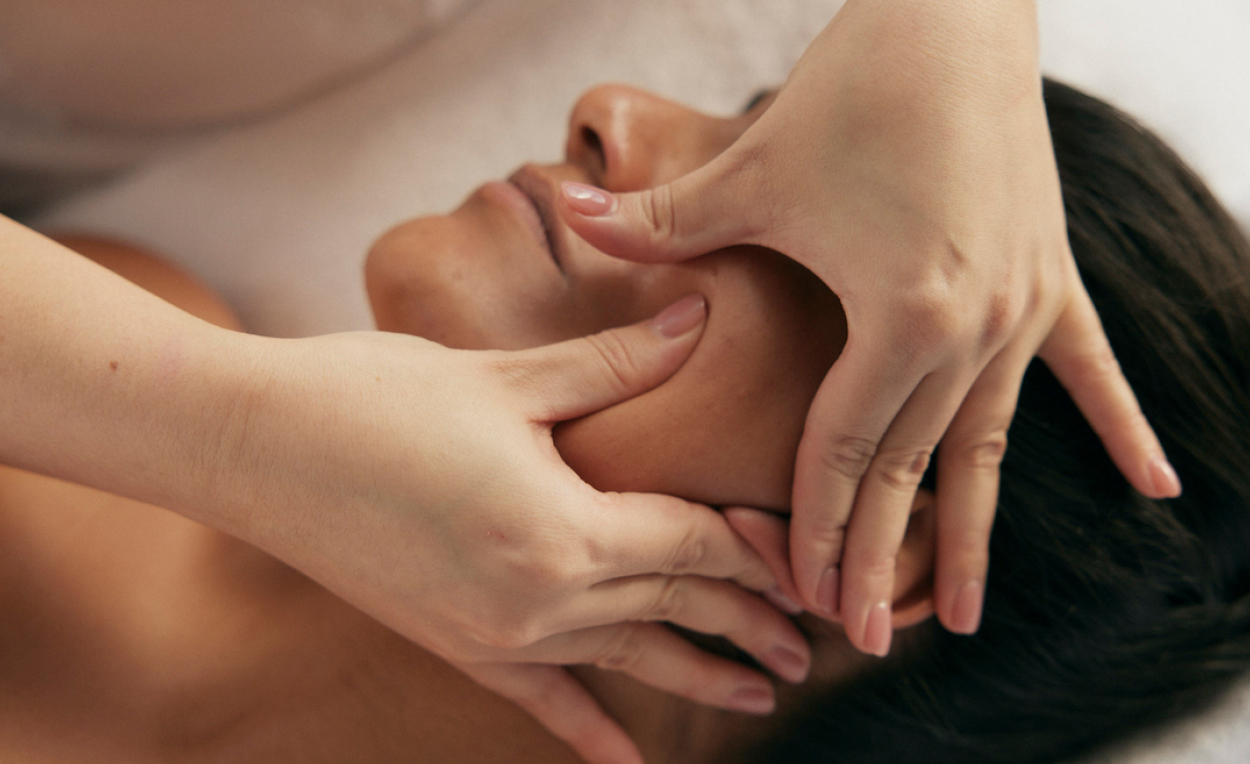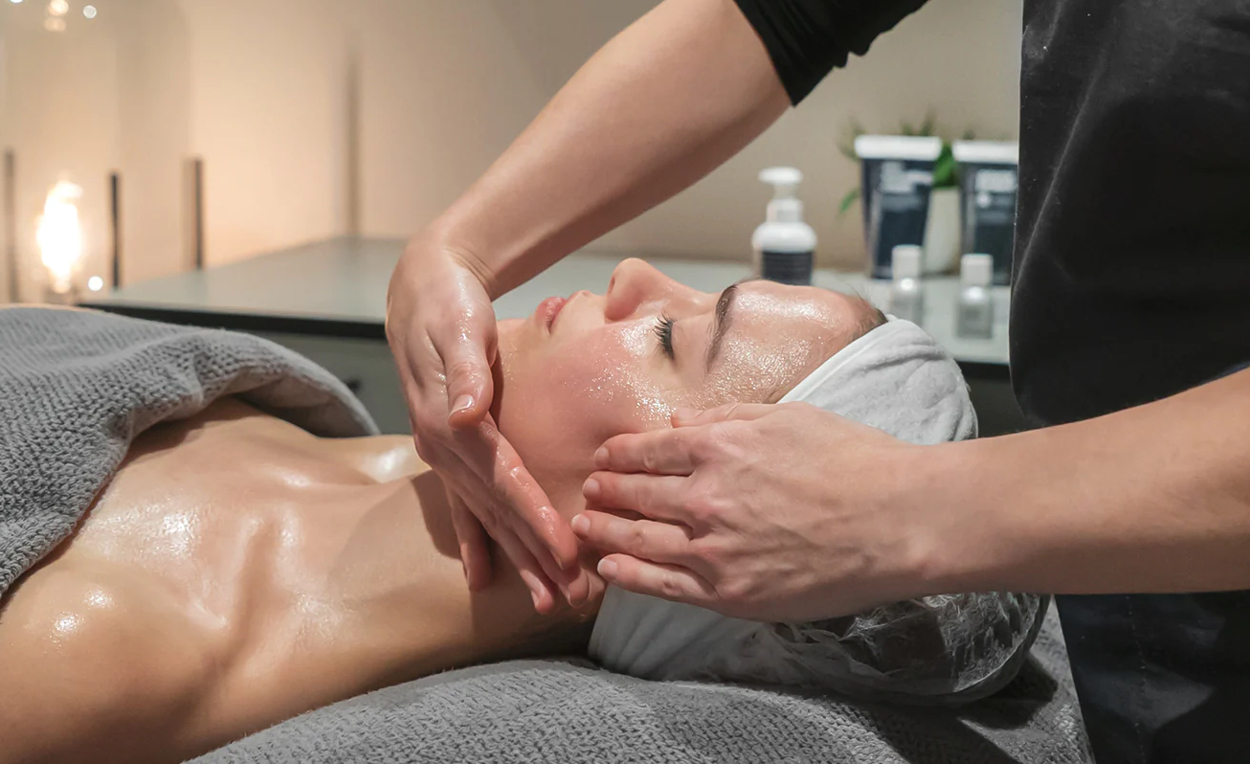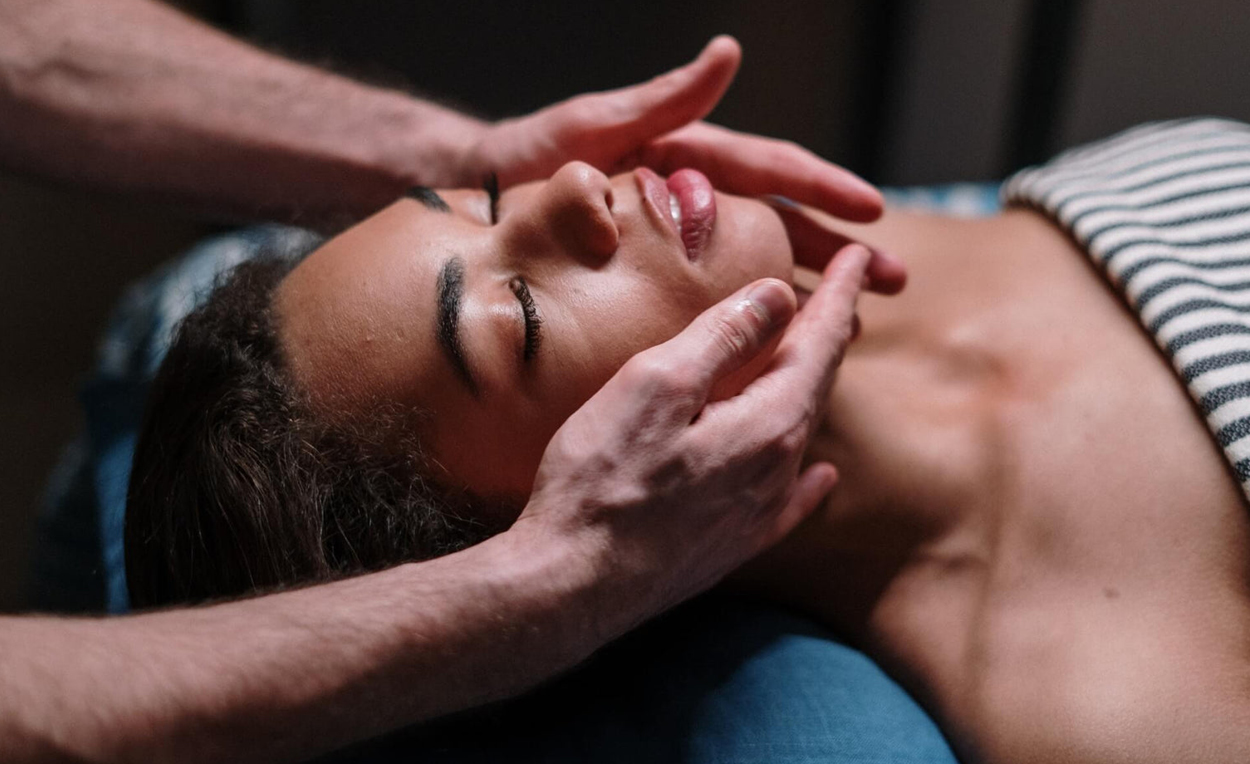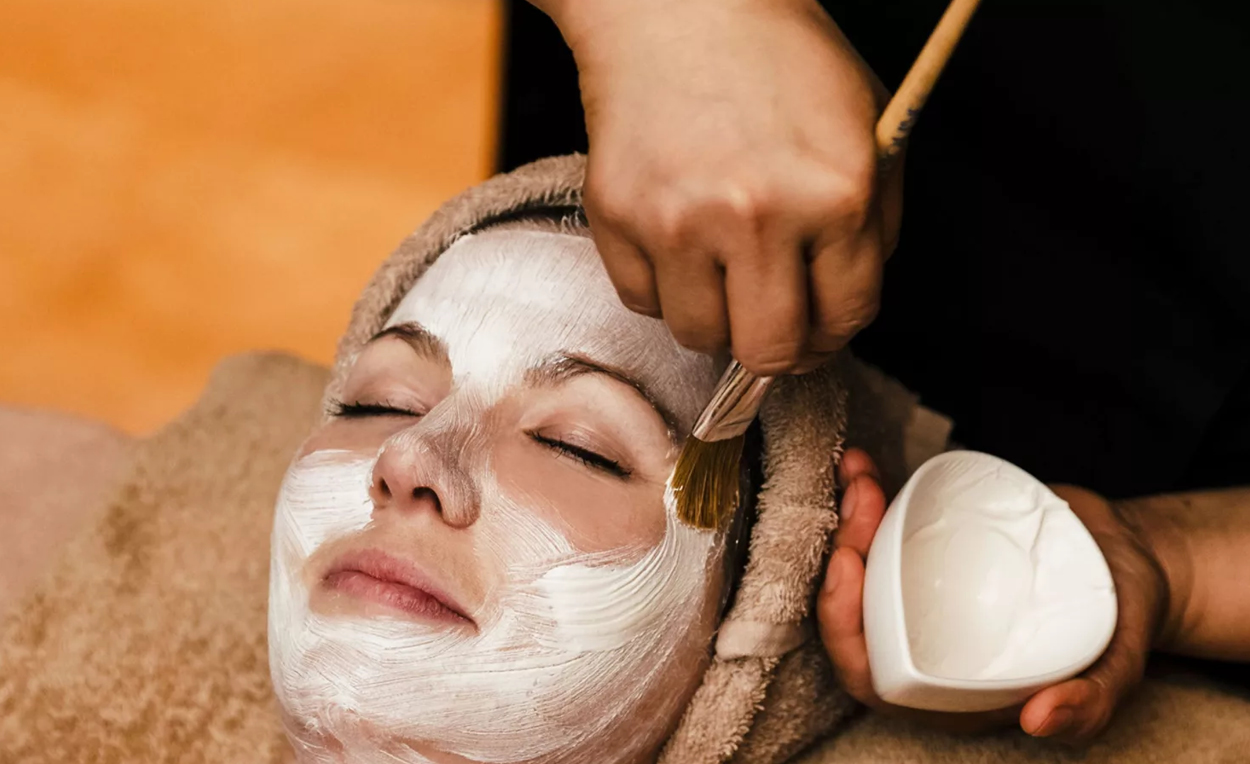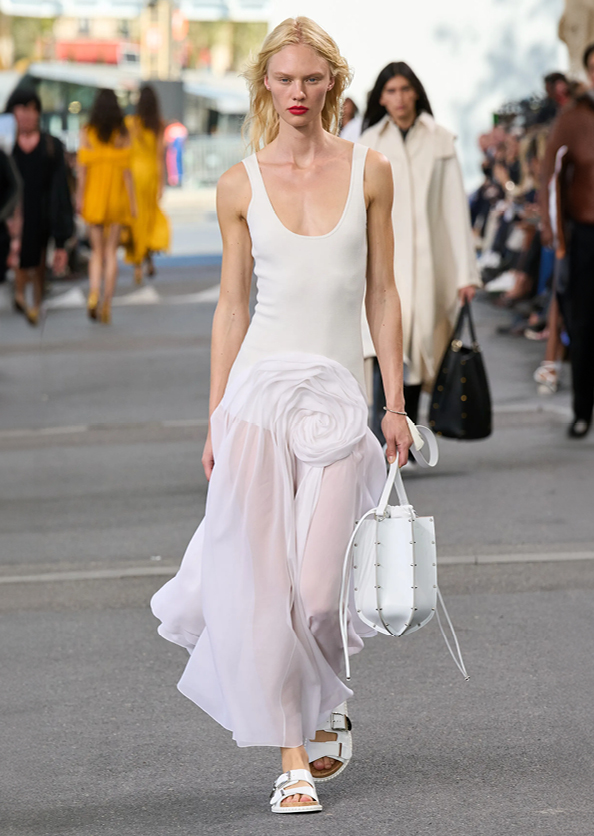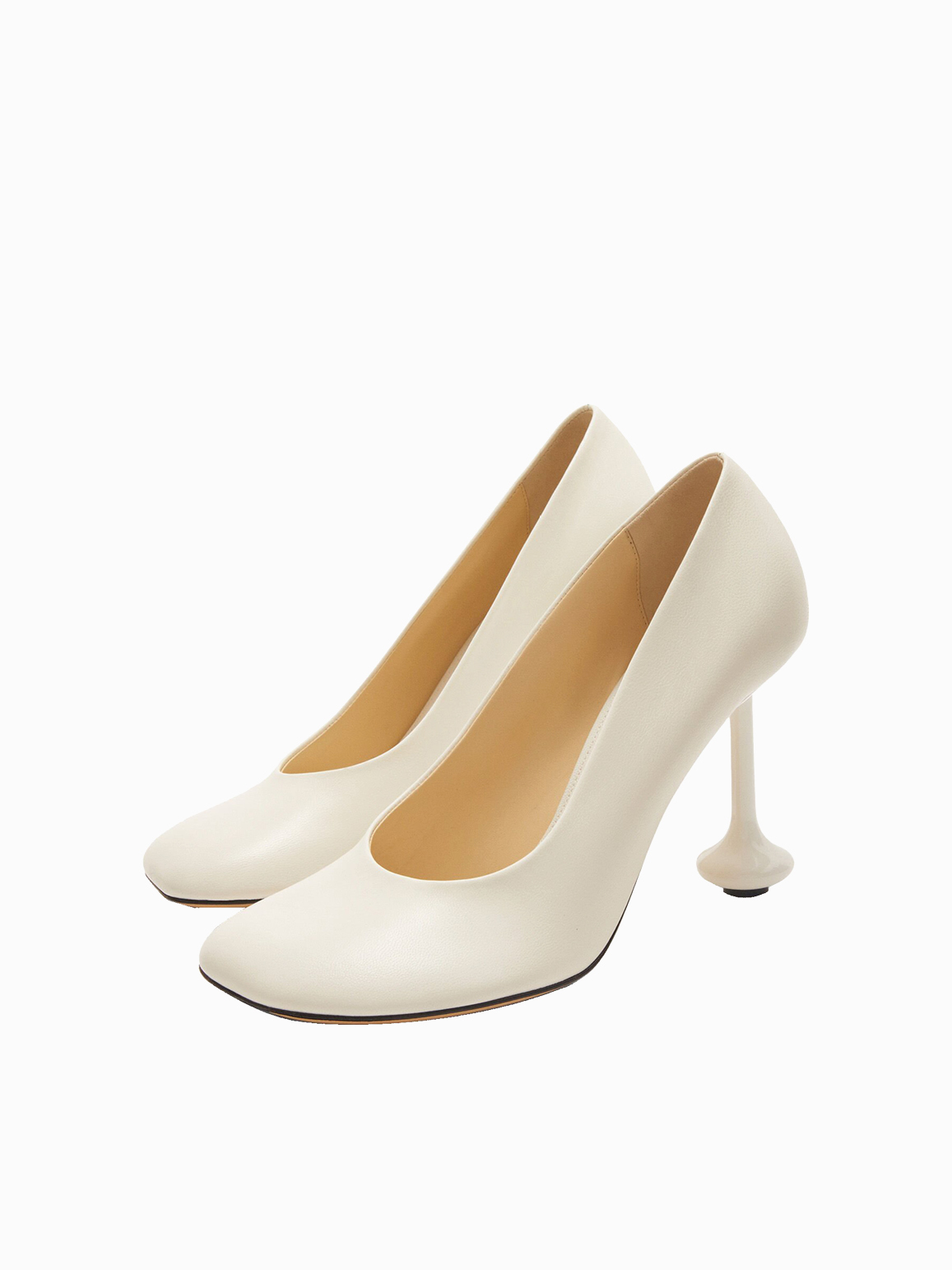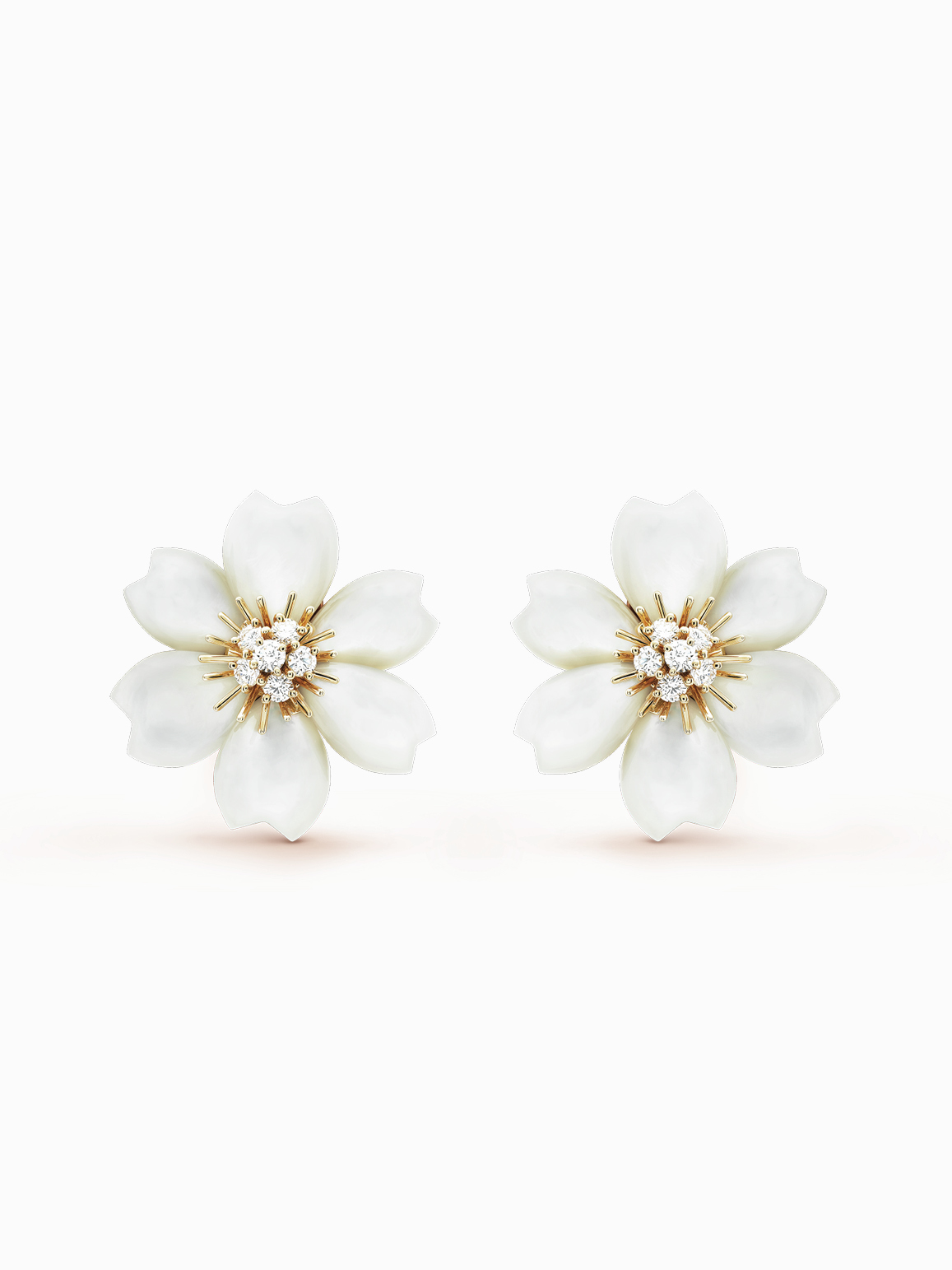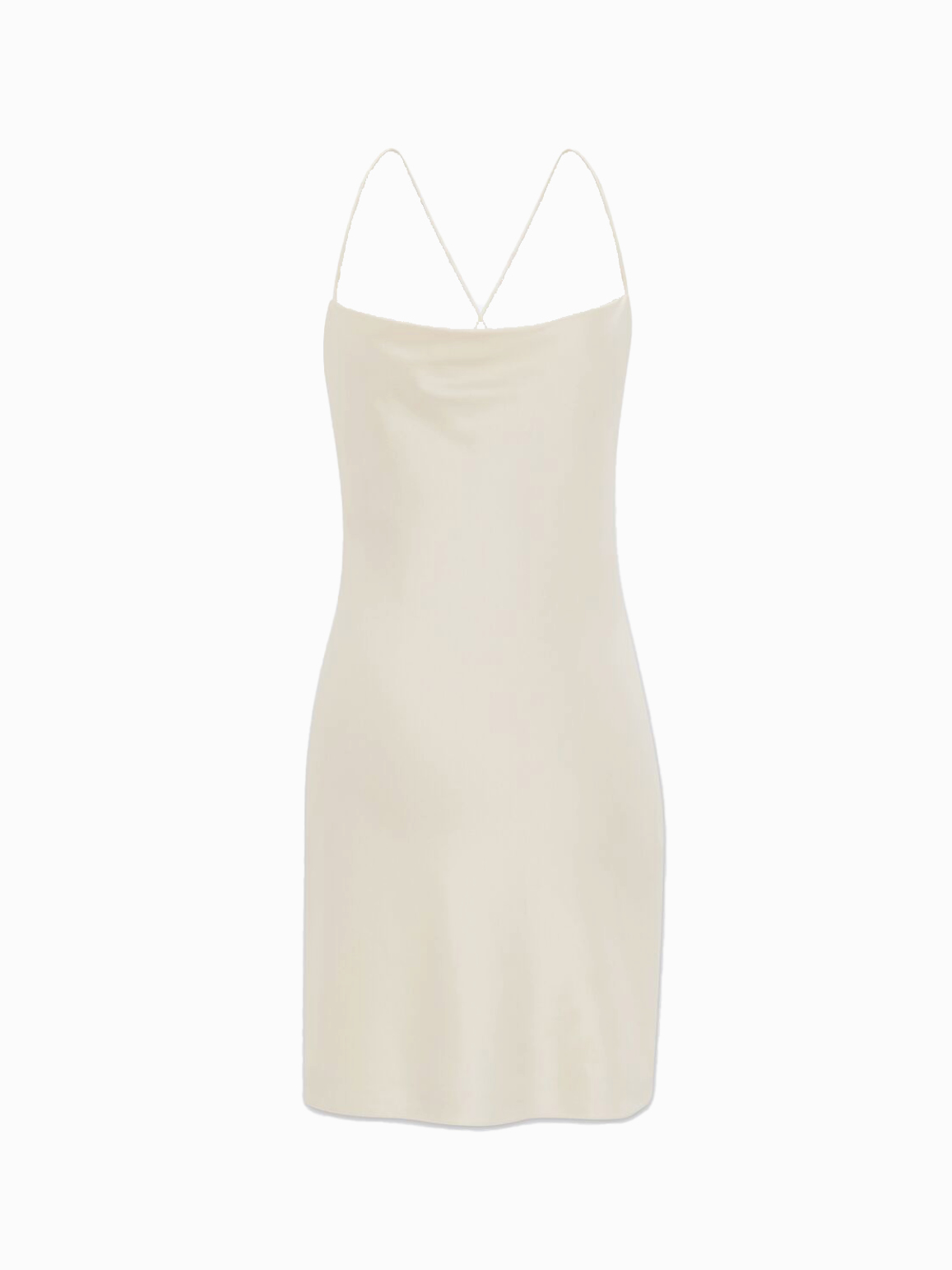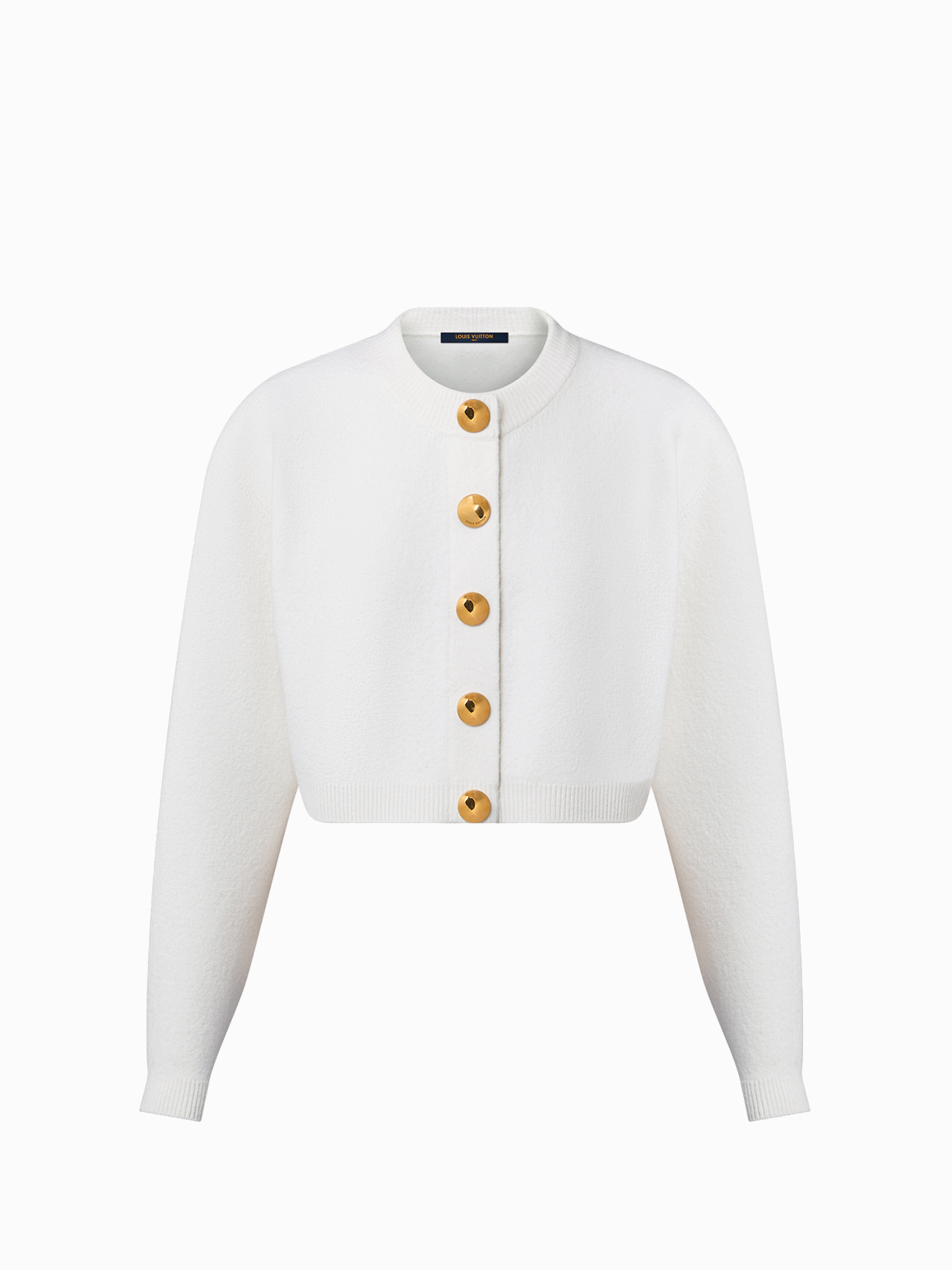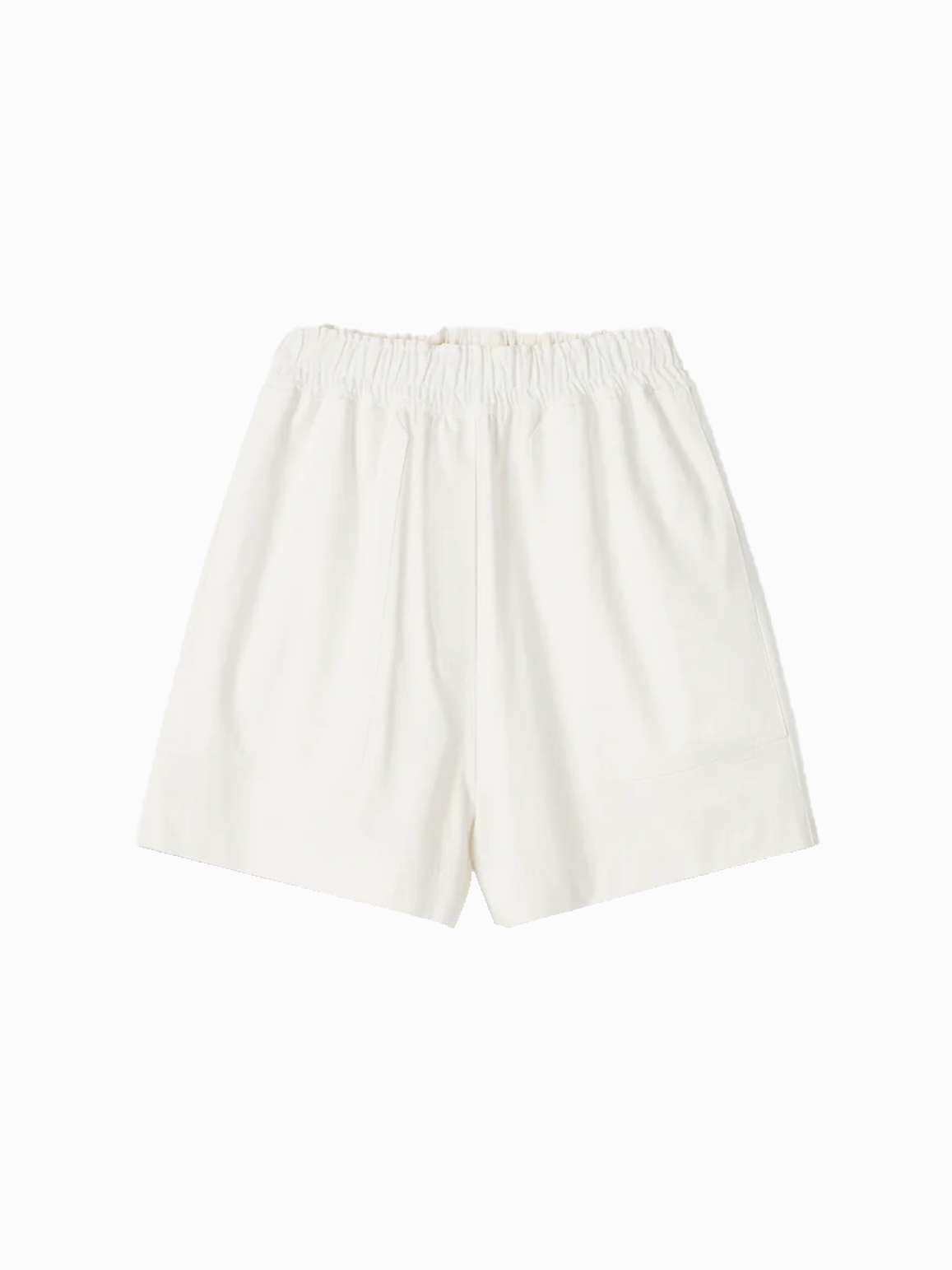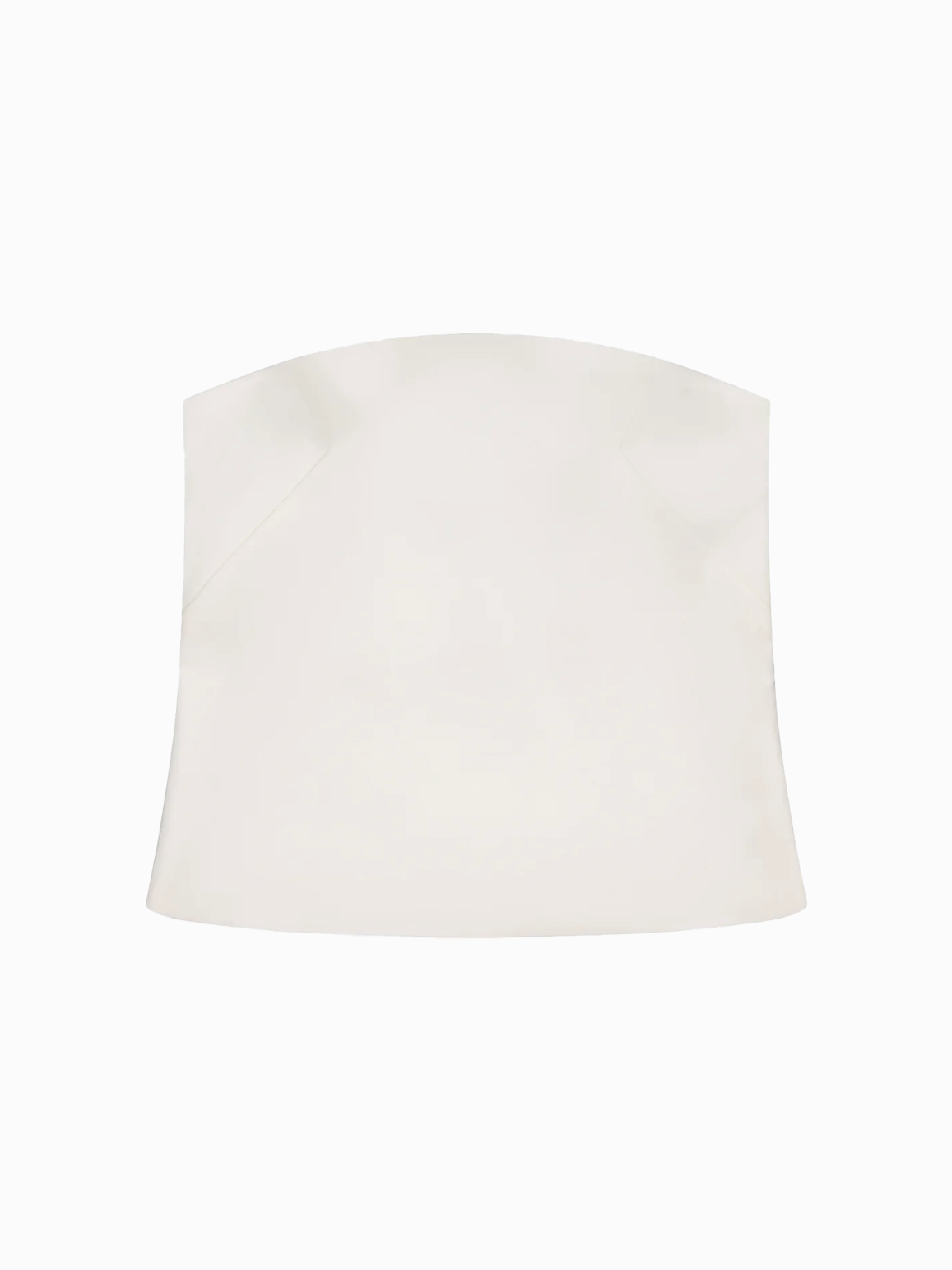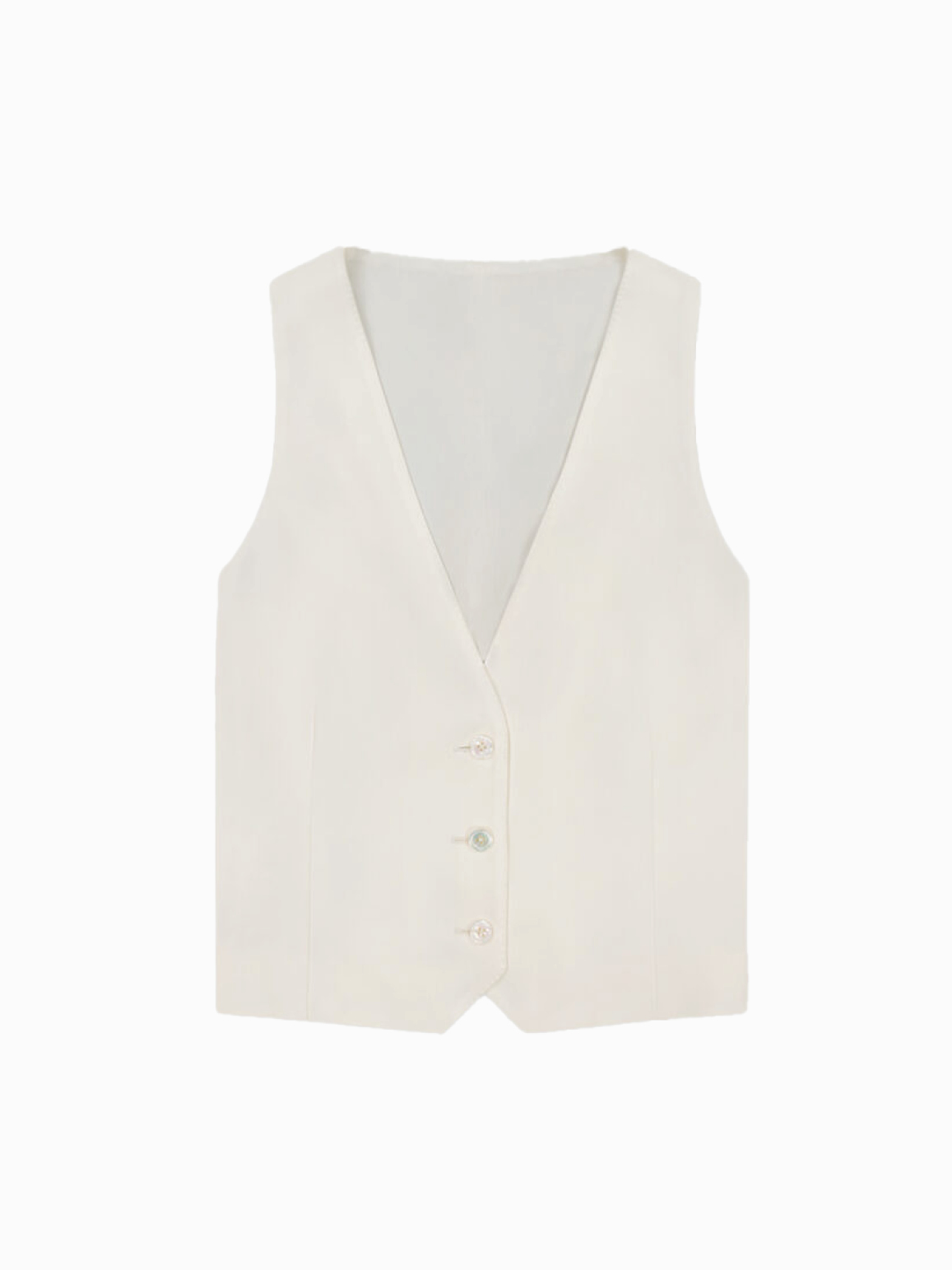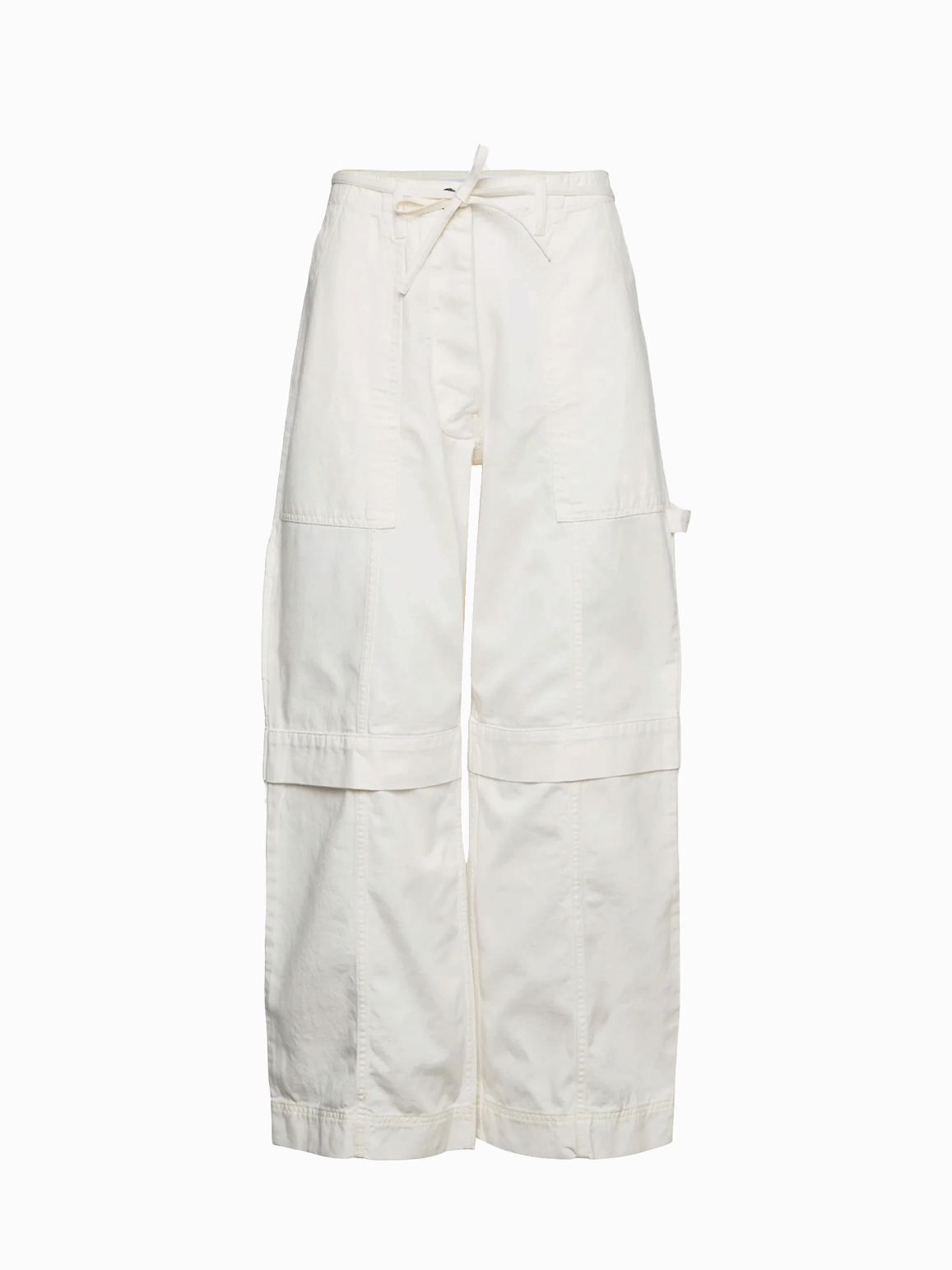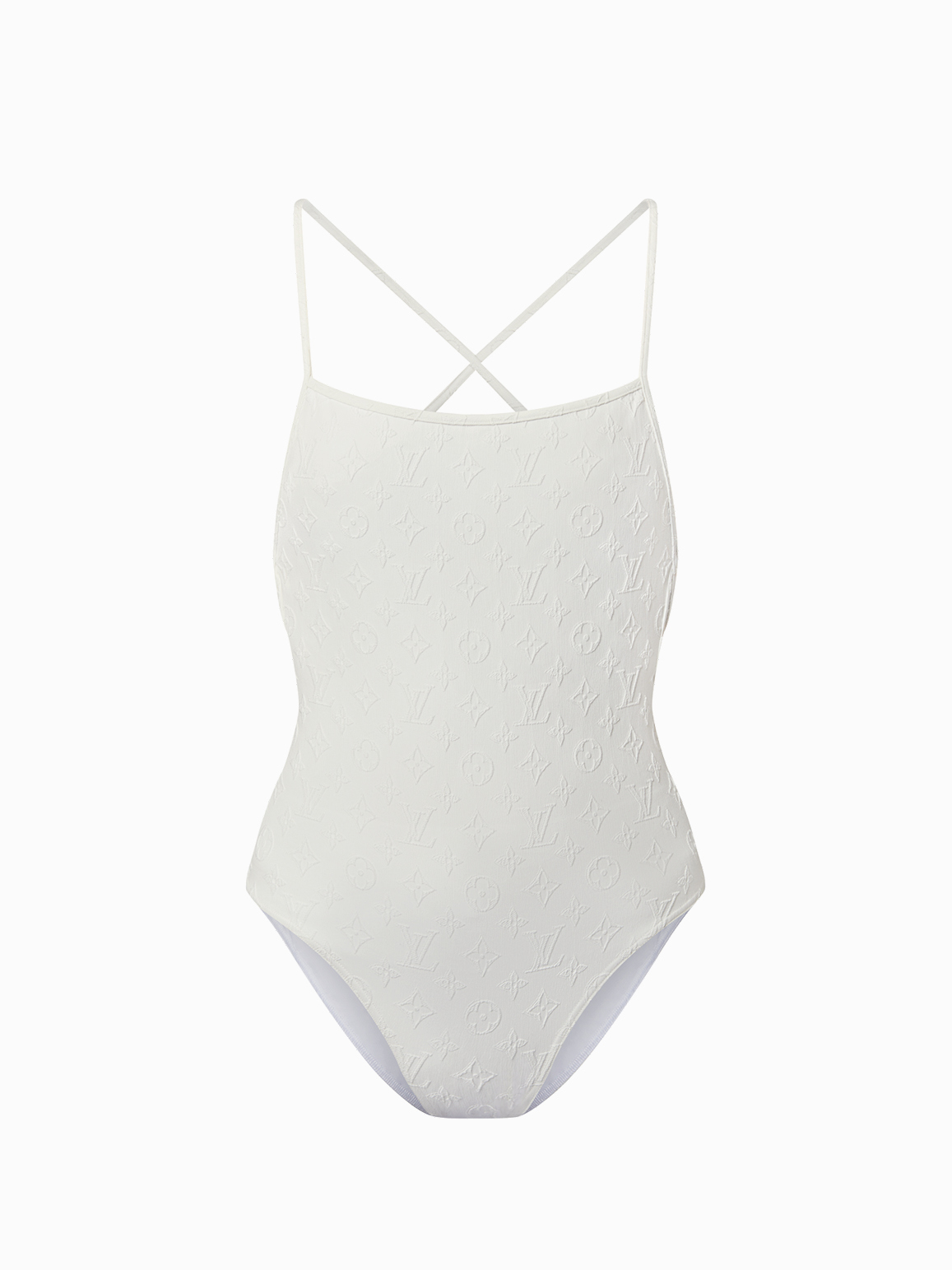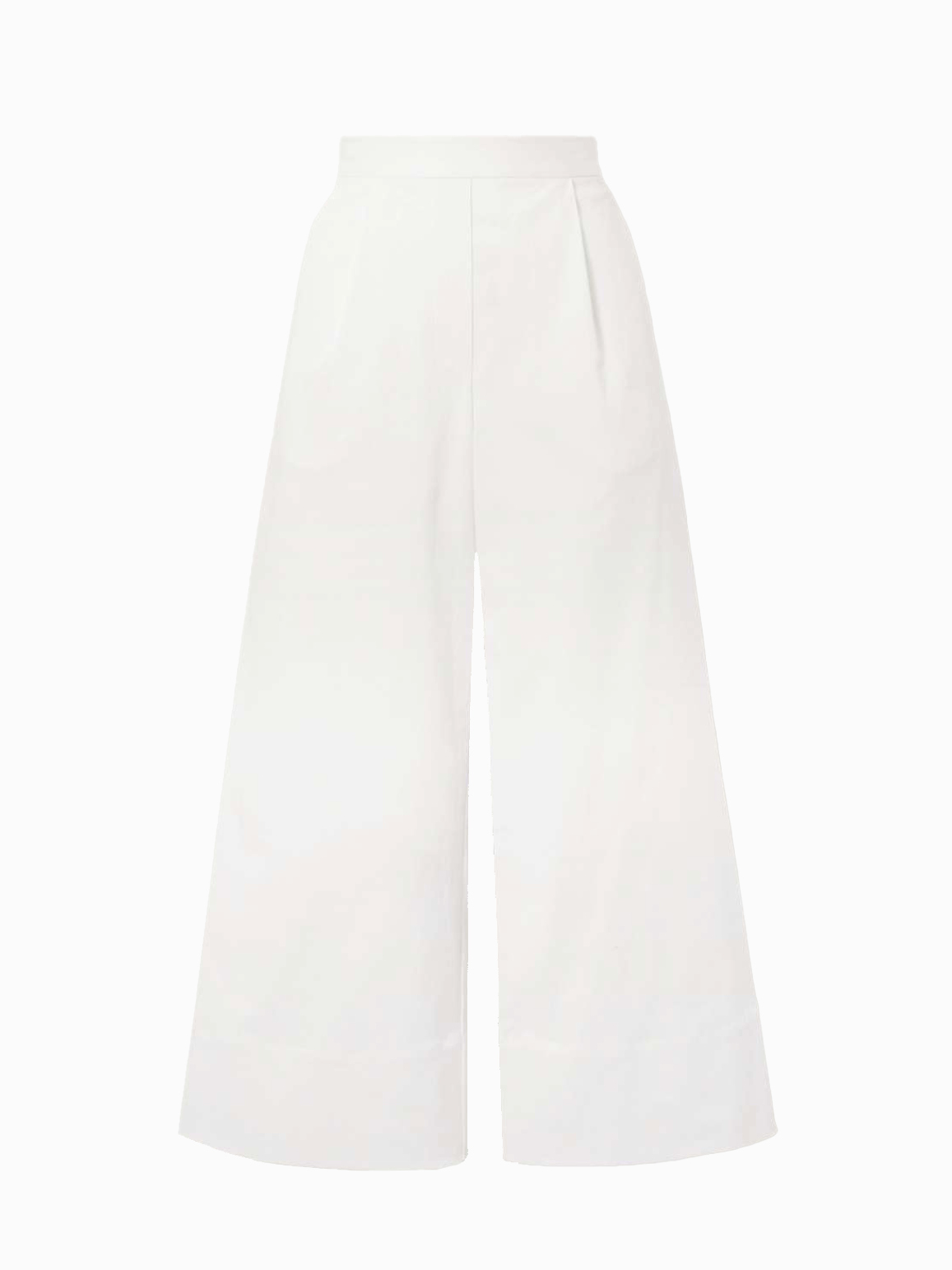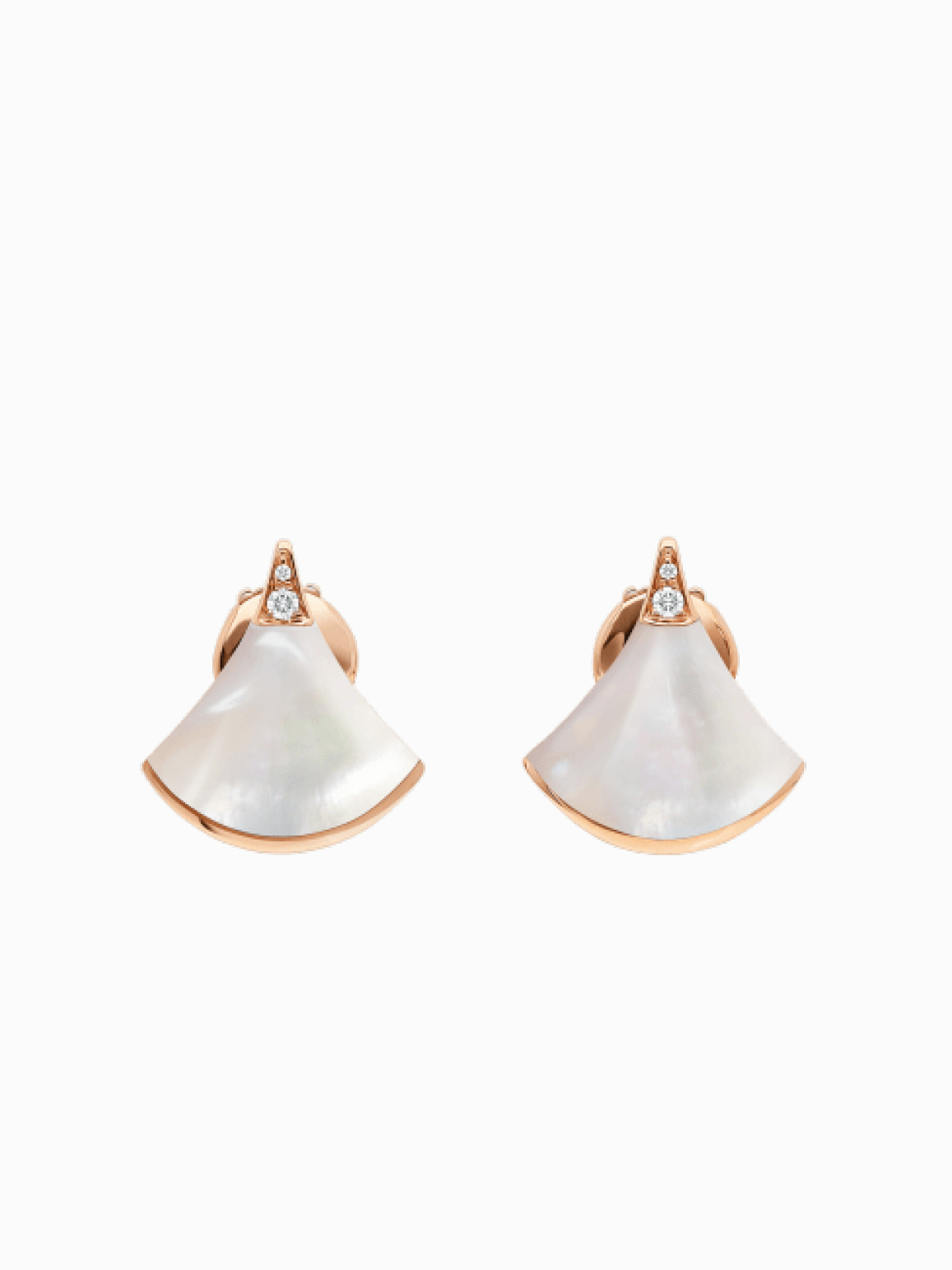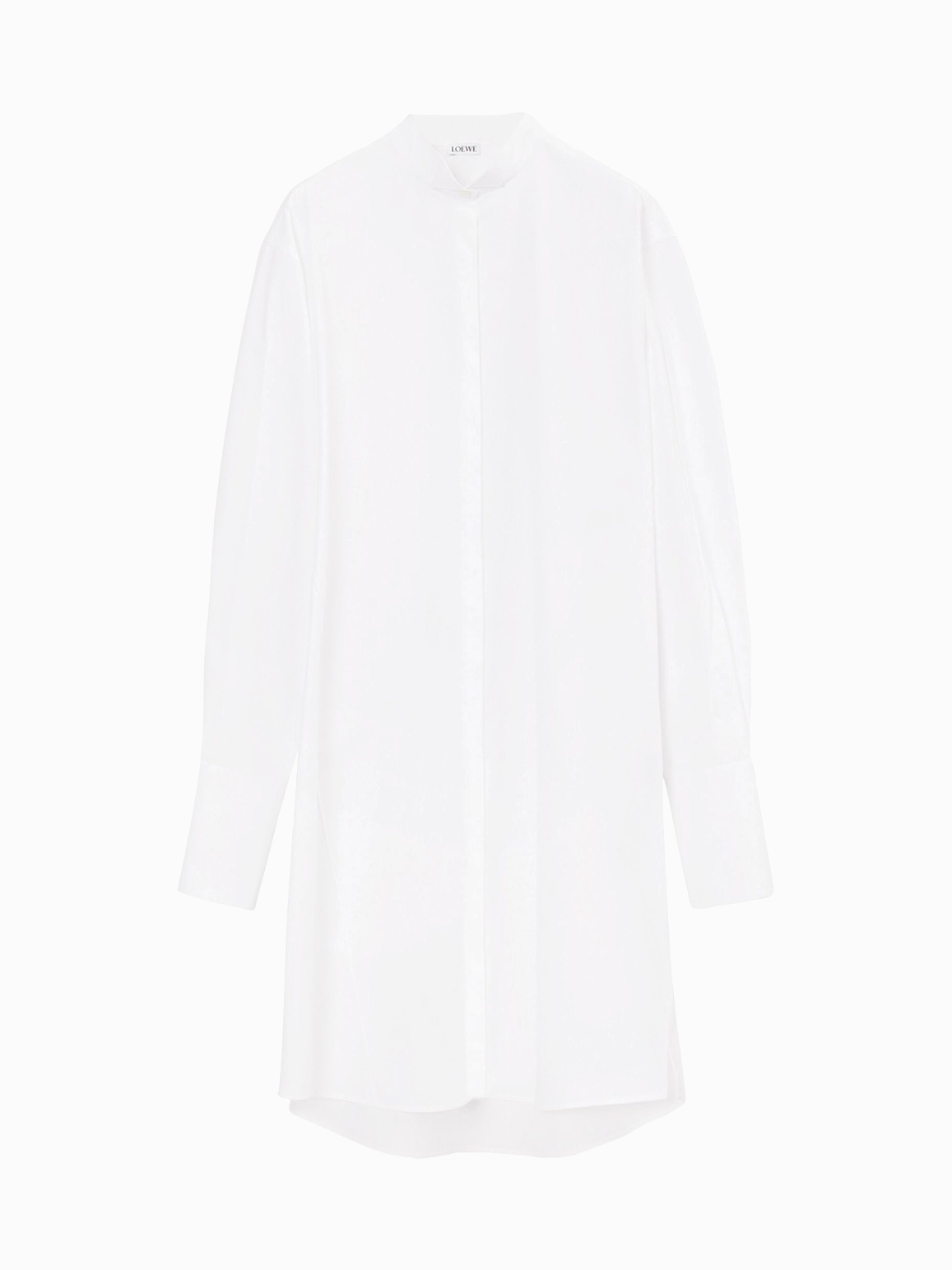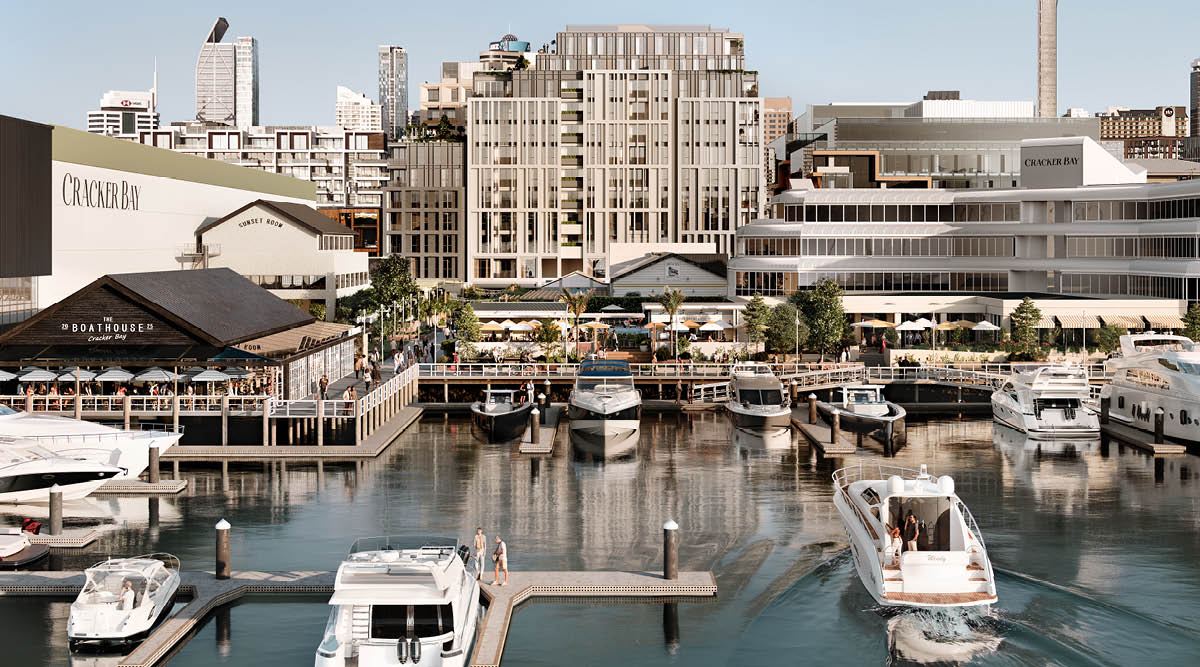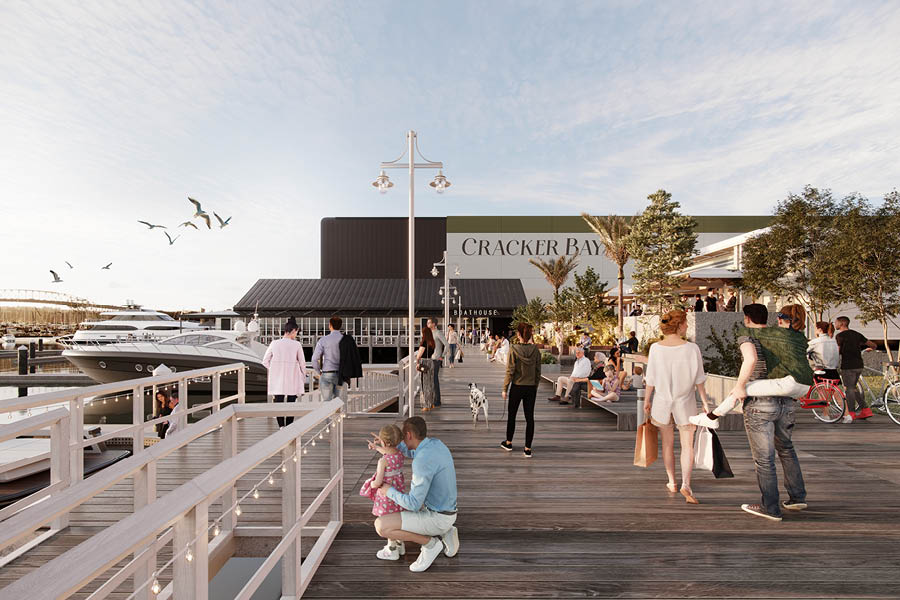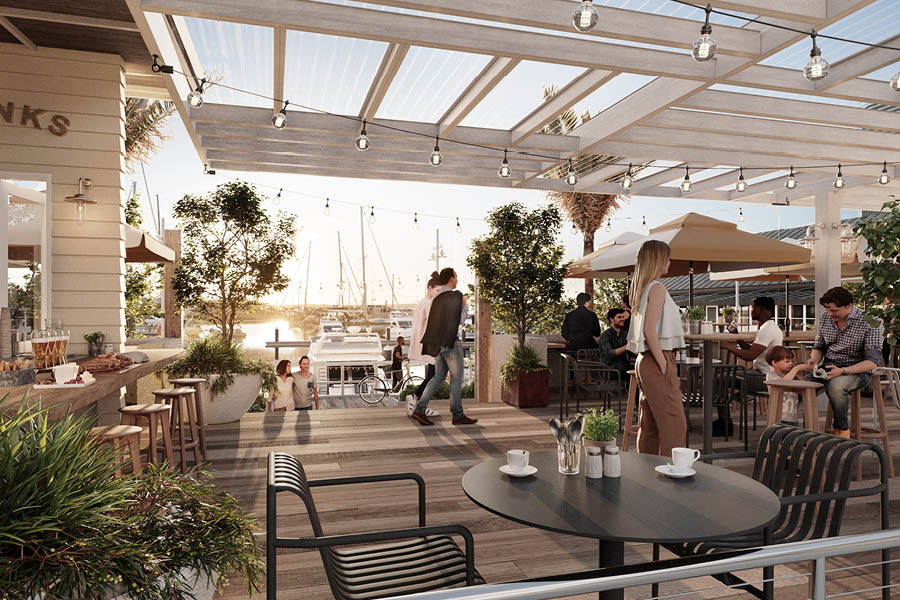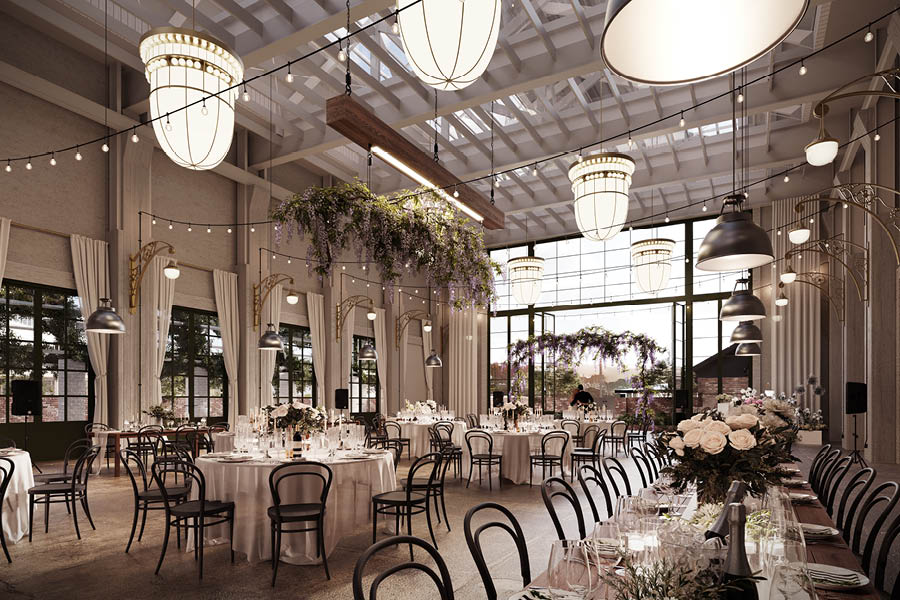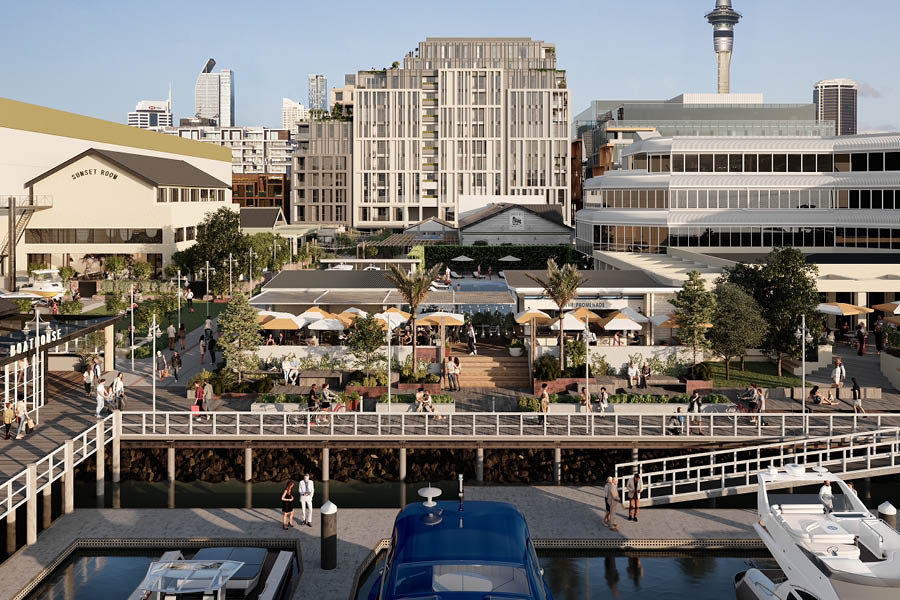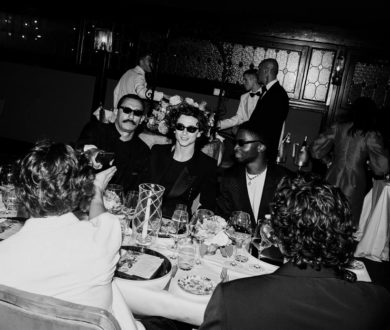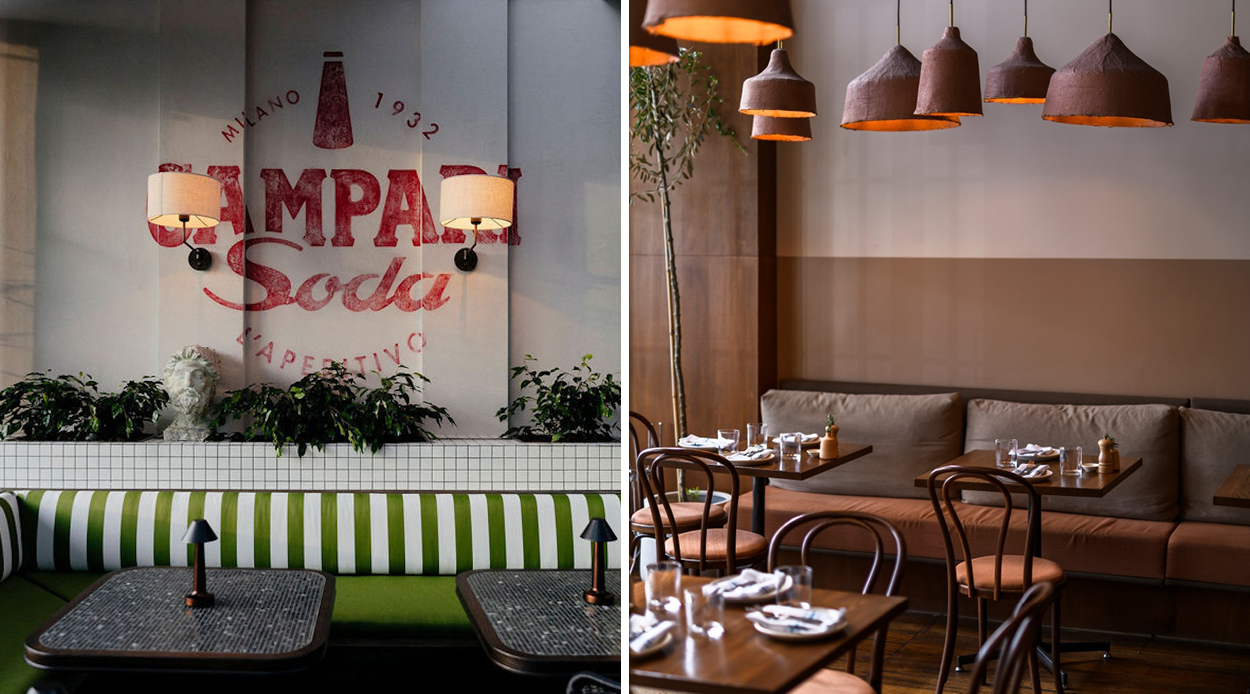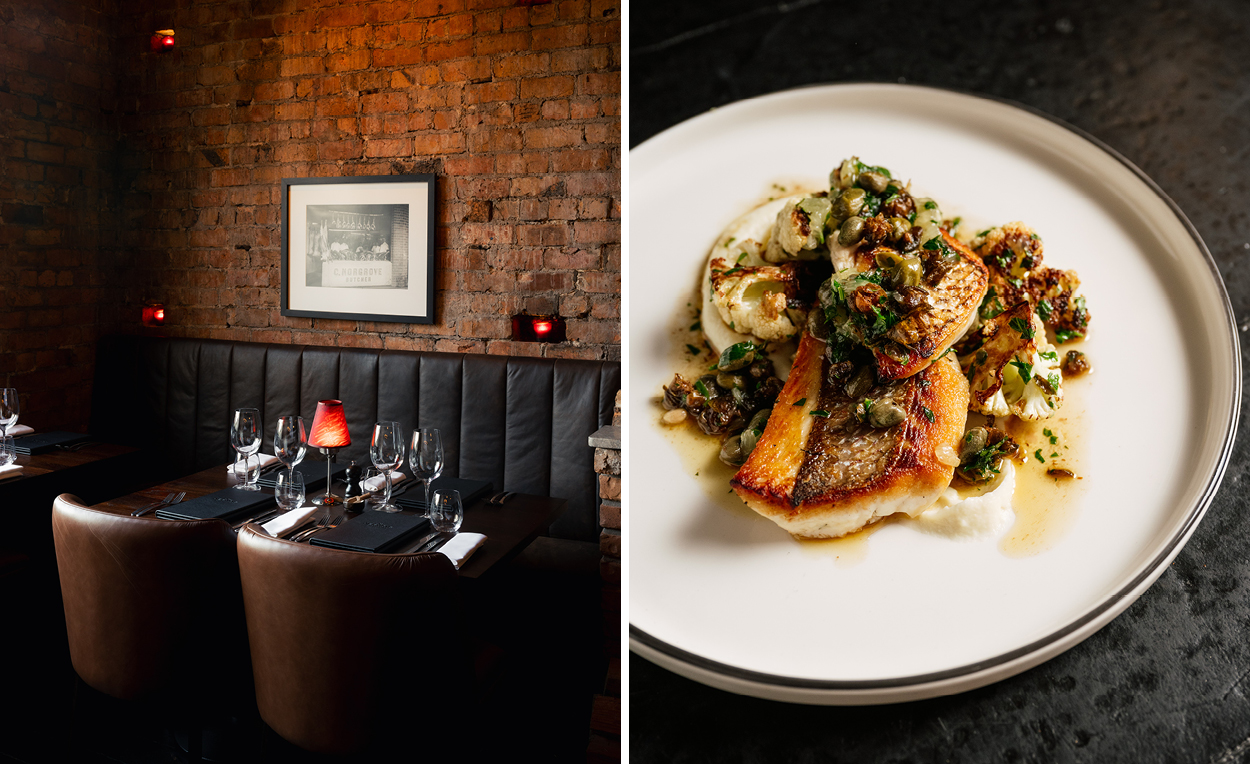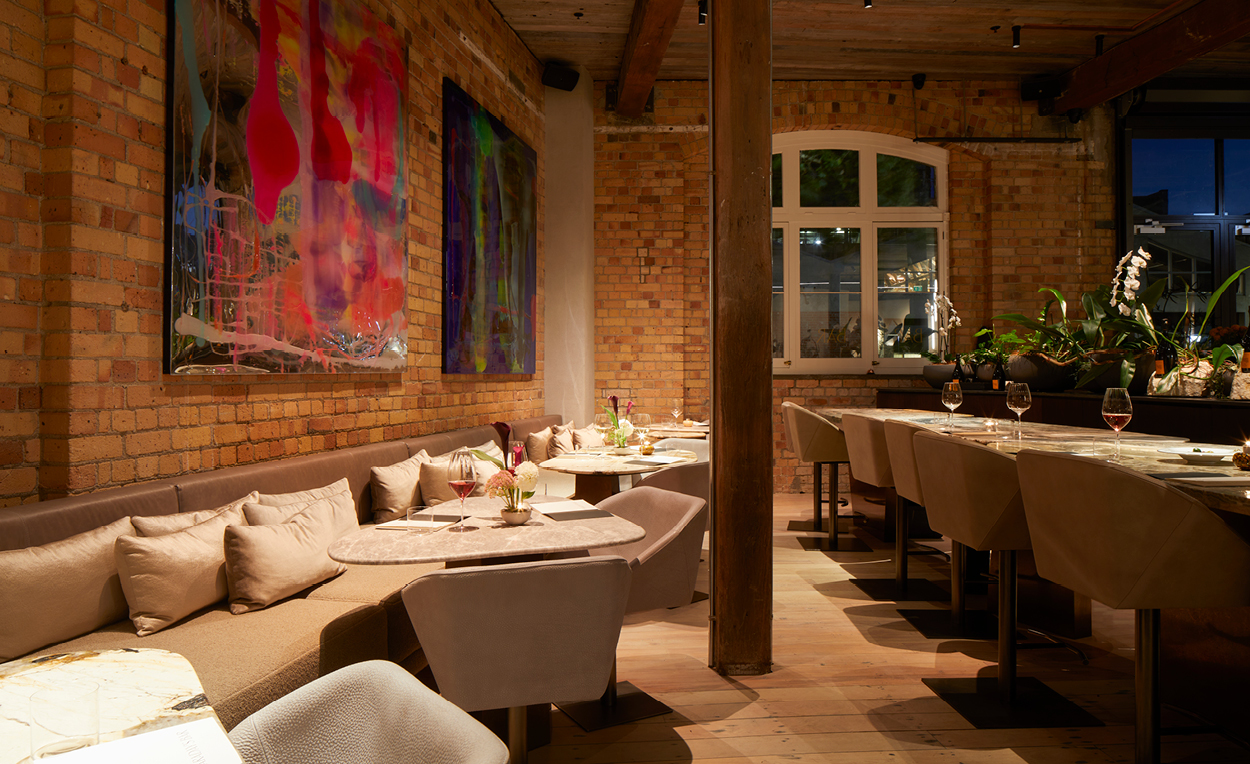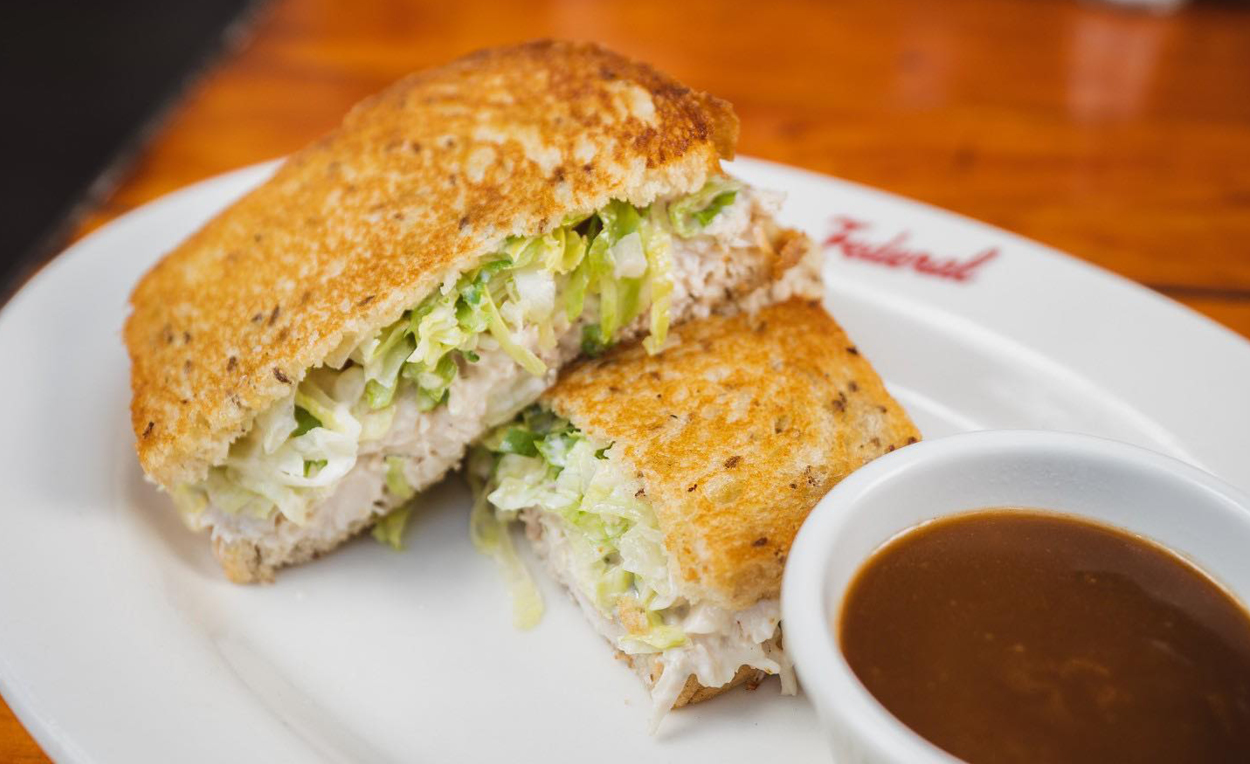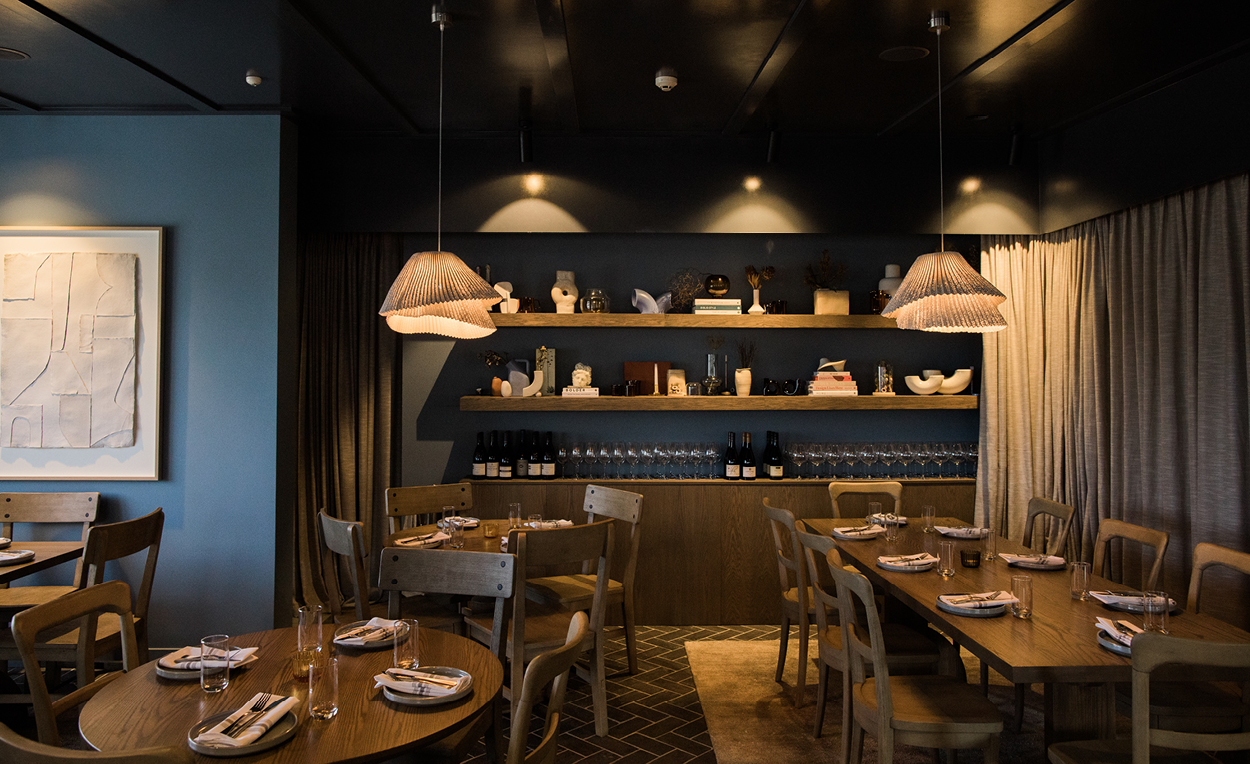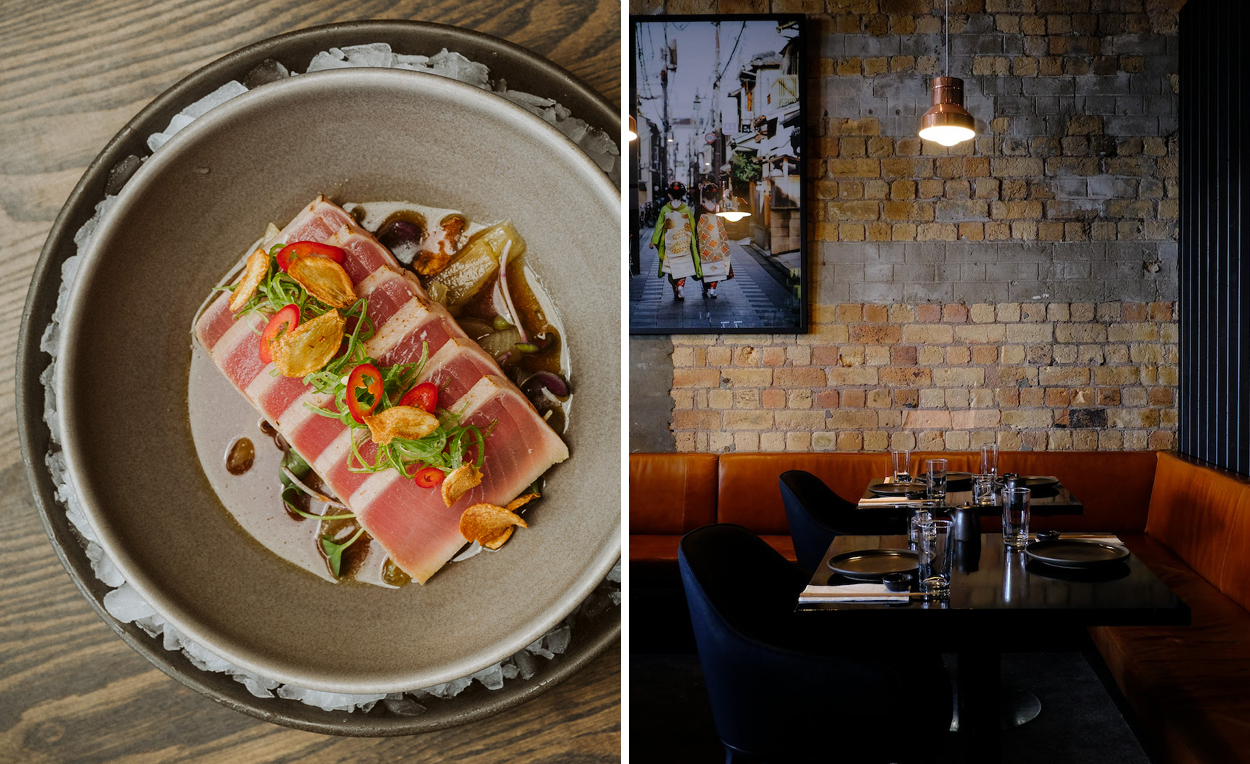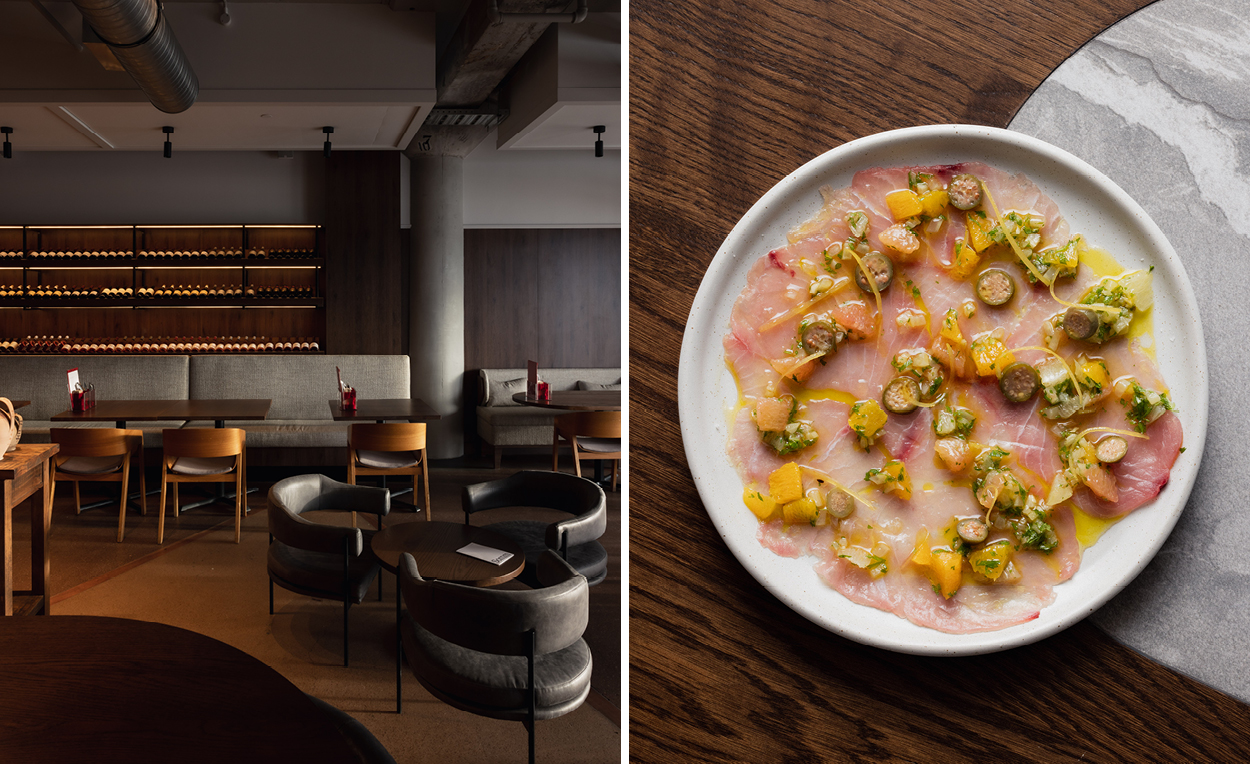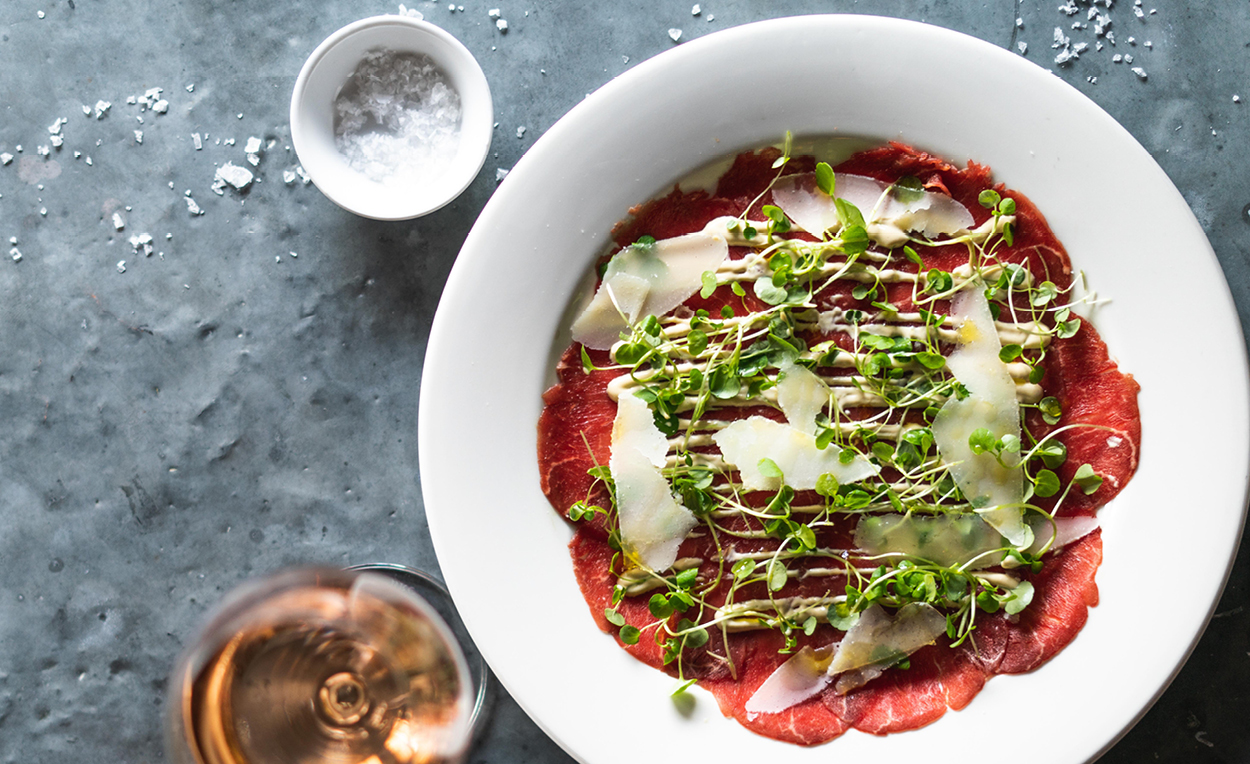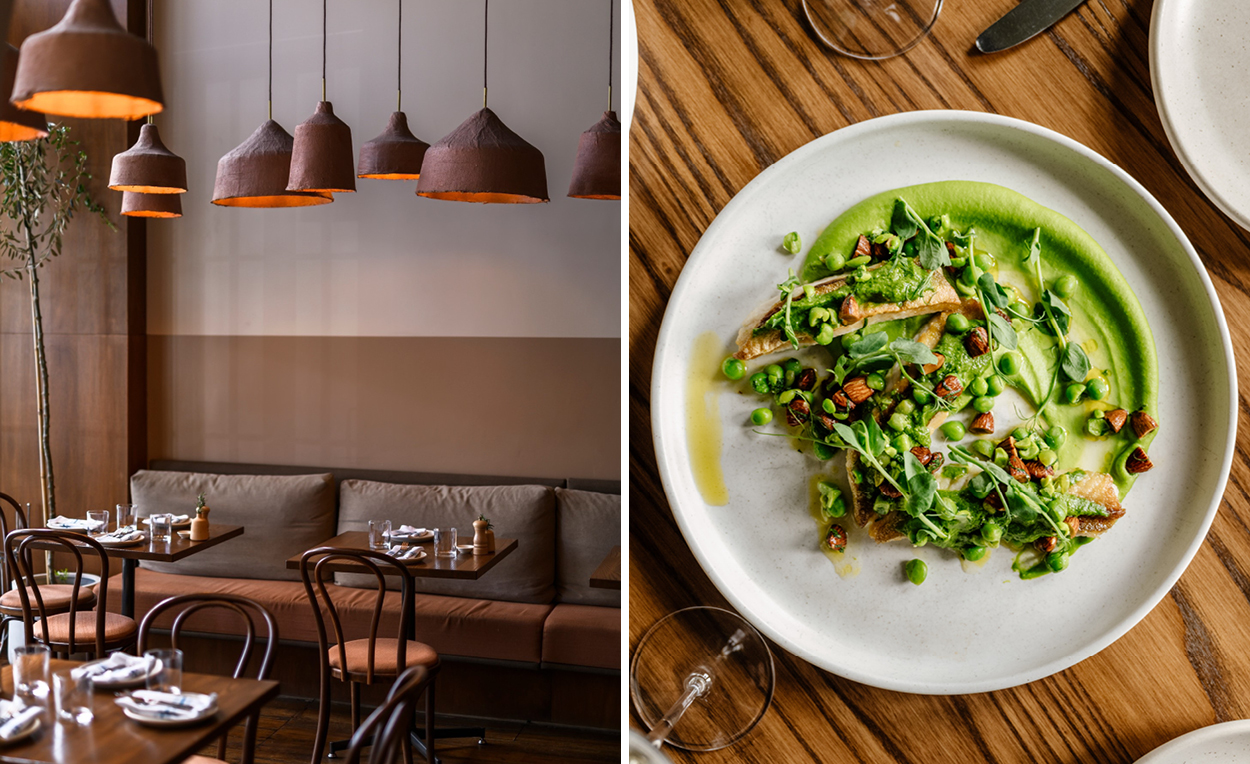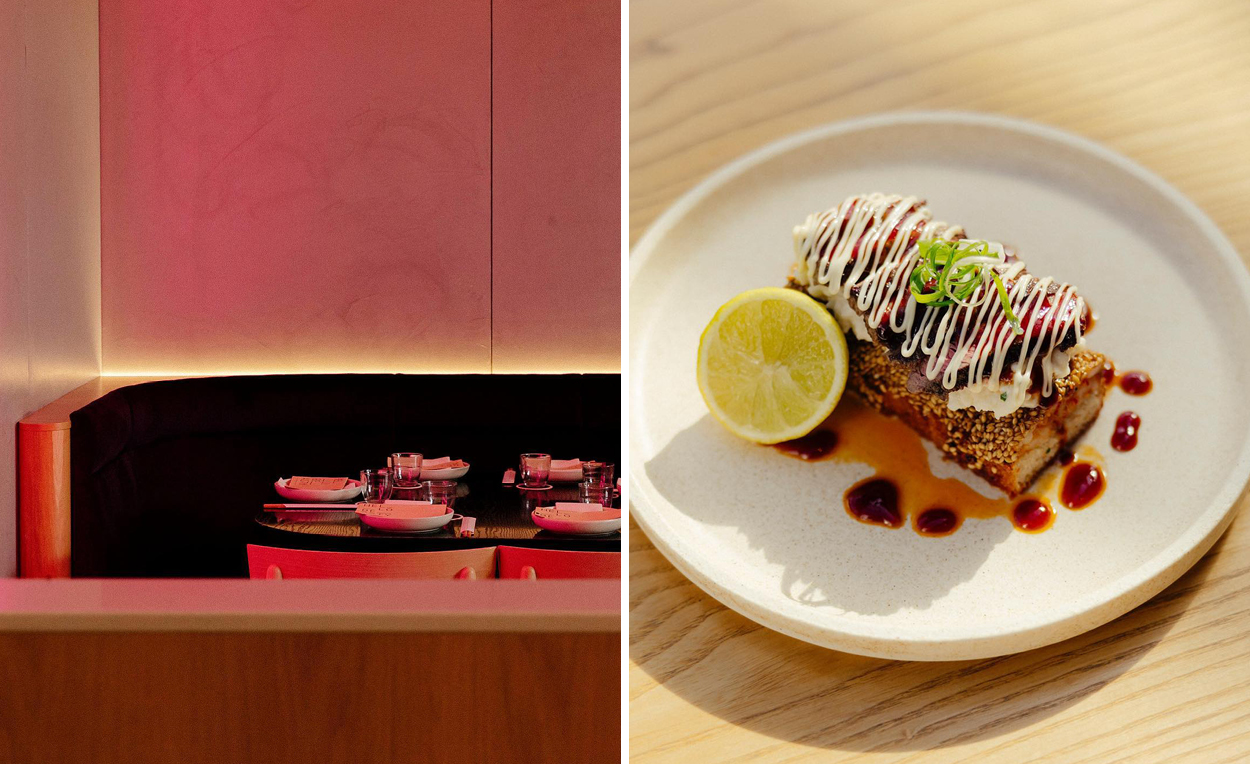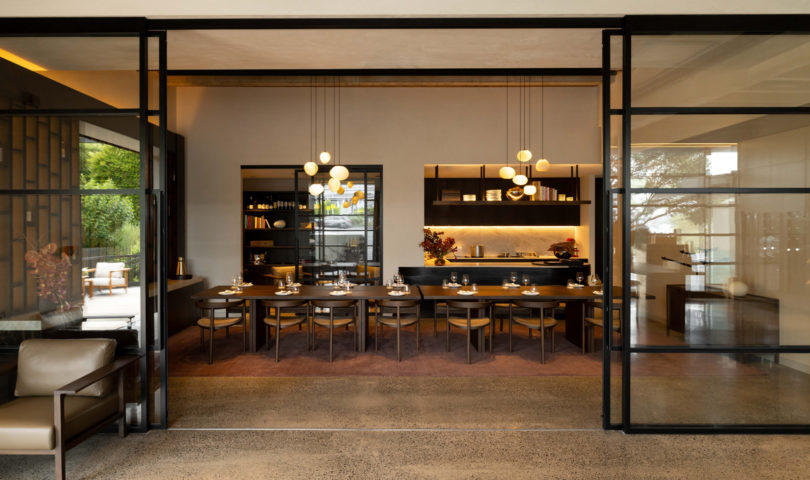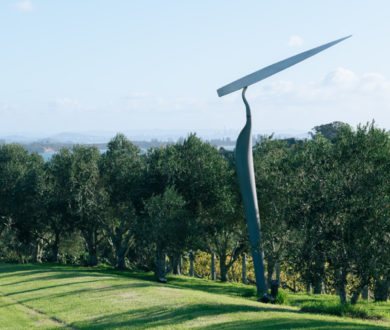Exercise is an intensely personal endeavour. We all have our own goals, preferred style of movement and fitness levels, and the type of training we respond to varies greatly — but for most of us, building exercise into daily life is an essential part of any successful routine. Luckily, there are trainer and studio options available locally for just about any of the aforementioned requirements, from yoga to boxing and everything in between. These are the best gyms in Auckland that will help you become your best physical self.
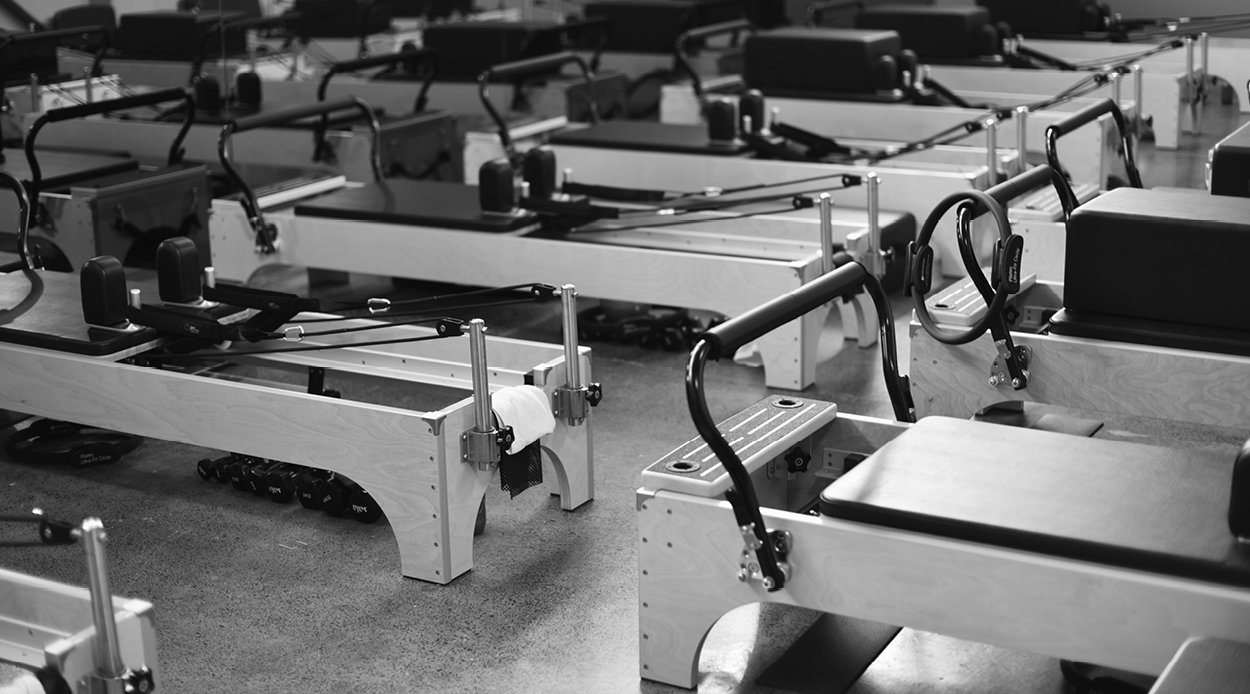
Best All-Rounder
Sala, Ponsonby
Any regular attendees to Sala will know there’s an almost transcendent feeling that arises during the boutique fitness centre’s classes. With the studio’s recent renovations now complete, which includes the introduction of a 16-bed reformer pilates room, it feels like there’s nothing this space doesn’t cater too. Whether you’re a yoga devotee or a Pilates aficionado; building strength or sweating it out with cardio, you can be sure you’re in good hands with any one of Sala’s encouraging, knowledgeable teachers. One of our particular favourite classes is HIIT Pilates with Abby Simons, and Yogasana classes with Founder Sarah Lindsay herself.
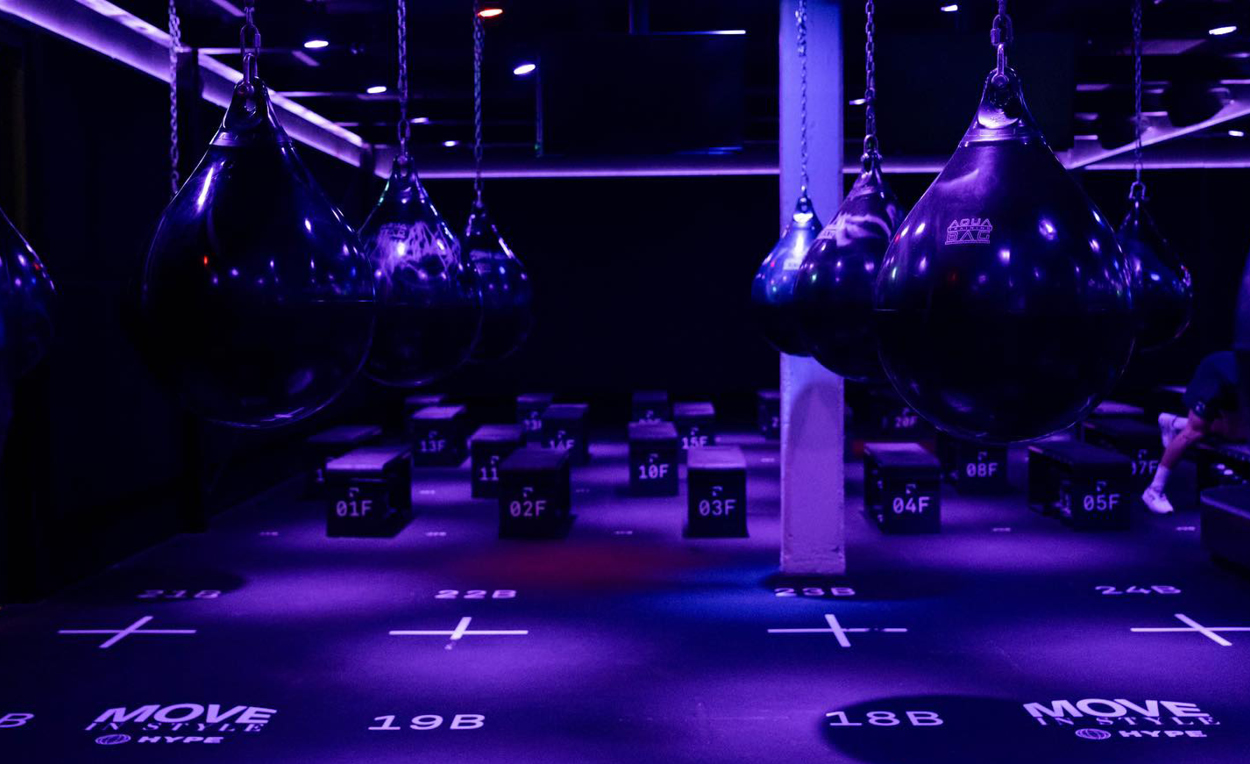
Best for Emptying the Tank
Studio Box, Newmarket and CBD
Since it opened in 2019, Studio Box has been a firm favourite among fans of boxing’s myriad benefits, conducted in a group exercise setting. With its atmospheric surroundings (thanks to the blessedly dark mood lighting) and excellent playlists, we can think of no better place to get in the zone and pummel out our frustrations.
Cobalt Club, Eden Terrace
Calling themselves a ‘group personal training facility’ Cobalt Club is a gym with a difference. We’ve heard on good authority that the community and supportive vibe here are truly second to none, and really, the results speak for themselves. Run as a series of dynamic, weights-based classes designed to sculpt, tone and lean down the body, Cobalt Club is facilitated by experts who will help their members hone their technique all while they increase your fitness exponentially. Its eight-week programmes have even developed something of a cult following for the way they change the lives of those who commit to them. If you want to make a dramatic change in the lead up to summer, this might be just the ticket.
Fitness All Together, various locations
Utilising a potent combination of HIIT, group training and outdoor exercise, Fitness All Together (FAT) is guaranteed to push you to your own individual limit — in a way that still manages to be fun and friendly. Here, you will find a holistic approach to health, incorporating a good mindset and strong social connections, so at a FAT class, you’ll be cheering each other on even as you’re gasping for breath.
Playground Fitness, Newton
Billing itself as “not your normal group workout experience”, Playground Fitness is all about pumping you (and your heart rate) up as soon as you step foot into the space. Classes range throughout the week from full-body cardio with ‘Sweat’ to ‘Lean & Mean’ for strength and conditioning, and you can refuel at the on-site cafe with a well-deserved coffee or smoothie afterwards.
Truhuscle, Auckland CBD
On a mission to empower their members to transform not only their bodies but their minds too, Truhuscle is a new fitness movement that goes beyond classes alone. Started by a duo who began with online programmes before moving into a physical space and offering classes and one-on-one personal training, Truhuscle is here to change our approach to fitness, offering carefully curated programmes dedicated to functional training and helping their members see results. The founders have also run campaigns in schools to promote mental health and have done work raising money for Lifeline to help raise awareness for mental health and suicide prevention.
Willpower, Freemans Bay
Personal coach Will Garrick harnesses his dedicated passion and unbridled enthusiasm for training and pours it into his own private gym, helping people from all walks of life with their fitness goals. At Willpower, you can expect an experience, not just a workout. What makes Will’s technique unique is that he is by appointment only, developing a system of appropriate methods for each individual he works with. This holistic approach ensures that the athlete, client, or patient is empowered with individualised strategies on and off the training floor.
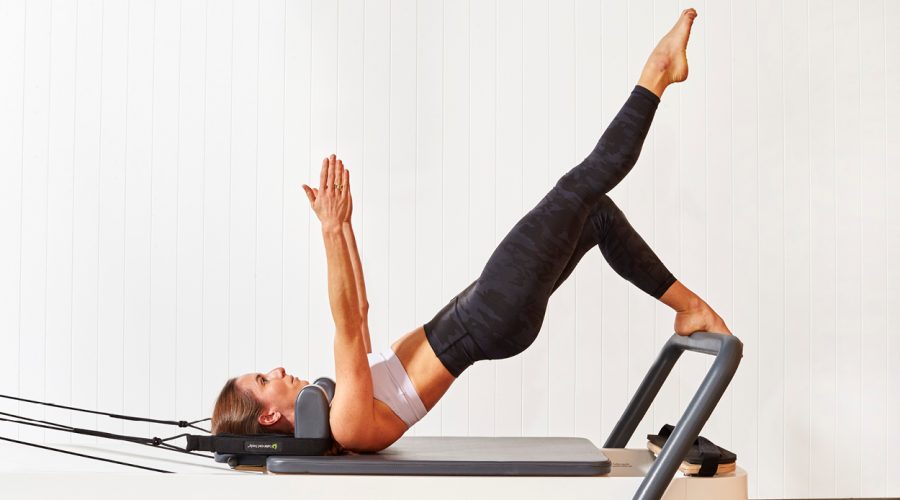
Best for Long & Lean
Core Collective, City Works Depot
Core Collective Pilates is our go-to for a pre-work or lunchtime class, largely thanks to instructors Kate Hanline, Shani Dickins, Kelsey Baker and Alicia Robb who always make sure our moves are on point. With their helpful and knowledgeable running commentary throughout the session, these expert instructors share key tips to maximise the results from each exercise which, in turn, provides a handy distraction from that all-too-integral burn.
Barrefigure, Grey Lynn
Don’t be fooled by the small size of the weights used at Barrefigure — your muscles will be shaking soon enough. Founded by Marysa Theiler (a former professional ballet dancer), Barrefigure utilises a selection of high intensity yet low impact movements, incorporating ballet and dance principles for full-body toning, improved posture, strength and flexibility.
Studio Three, Grey Lynn
Viv Gallagher’s Studio Three is the perfect melding of all modalities that contribute to a long and lean physique. Take your pick between reformer and mat pilates, barre, TRX and yoga classes, with an impressive roster of instructors that promise to work you hard (in the best kind of way).
Best for Yoga
Eastwest, Ponsonby
Owners Sheryn Gieck and Amelia McCombie, along with 14 other passionate teachers, make sure the studio is a welcoming space for all. Offering classes for practitioners of all levels, Eastwest is a great place to start, expand or solidify your yoga journey. The studio is located at the Grey Lynn end of Ponsonby Road and offers hot classes alongside its signature vinyasa, align and yin classes.
Basecamp, Grey Lynn
This Westmoreland St East studio is for those who like a well-rounded workout. It focuses on Baptiste Power Yoga, a holistic philosophy that professes to be grounded in three main elements: asana, the physical practice of yoga postures; meditation, the practice of focusing the mind; and inquiry, the practice of self-transformation.
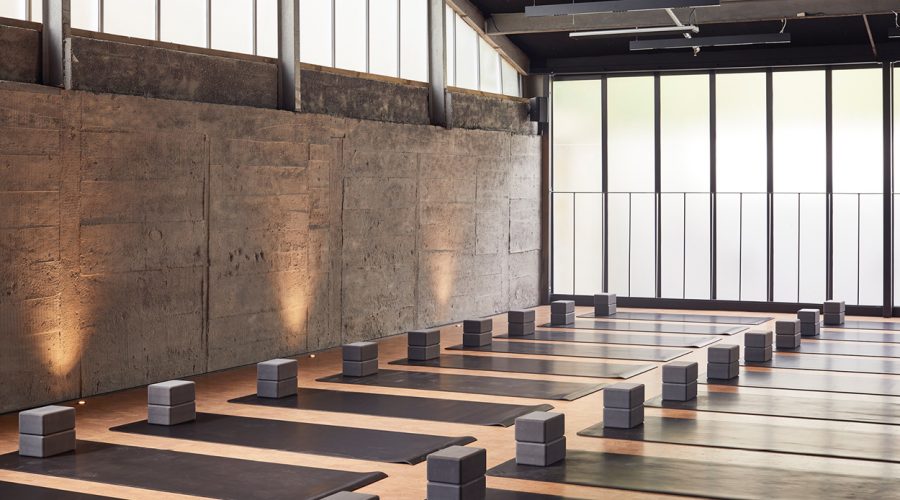
Studio Red, City Works Depot
Designed by Cheshire Architects, Studio Red’s purpose-built City Works Depot space is both a yoga studio and a sanctuary. Founded by hot yoga enthusiast Vicky Cullinane, Studio Red caters for a range of levels, from absolute beginners to seasoned experts — and even the bathrooms and dressing rooms are beautifully appointed. A trained tea sommelier, Cullinane has also created a range of bespoke organic teas which can be enjoyed onsite to further cultivate that feeling of zen.
Sweat Yoga, Newmarket
If you are a fan of Bikram yoga, look no further than Sweat. Offering the challenging (but rewarding) Hatha style of Bikram as well as power Vinyasa yoga, the team at Sweat Yoga will, through their own unique teaching styles, help you achieve functional strength, cardiovascular fitness and a calm, focused mind. They also offer hot Pilates classes, for those seeking that extra level of challenge.
Best for Fitness Fanatics
CrossFit AKL, Auckland CBD
Run by a group of professional Crossfit athletes and global competition winners, the team at CrossFit AKL are so passionate about their fitness that attendees can’t help but feel the infectious energy spurring them on to reach their goals. First-time CrossFitters can book in for an induction to get familiarised with the techniques and equipment, so no need to feel intimidated regardless of your level.
Xi Labs, Parnell
Founded by fitness trainer Xi Cao, this chic boutique studio is located in the heart of Parnell, offering a serene escape from the hustle and bustle of daily life. At Xi Labs, clients are treated to a world of limitless possibilities, where health and wellness are placed front and centre. The studio offers a range of training options, from the timeless art of Pilates to the cutting-edge technology of EMS, all expertly led by Xi and a team of experienced trainers, alongside the all-important recovery sessions utilising air-pressure compression technology.. With state-of-the-art equipment and a focus on technology-driven methods, clients are guaranteed to receive the most effective workout experience.
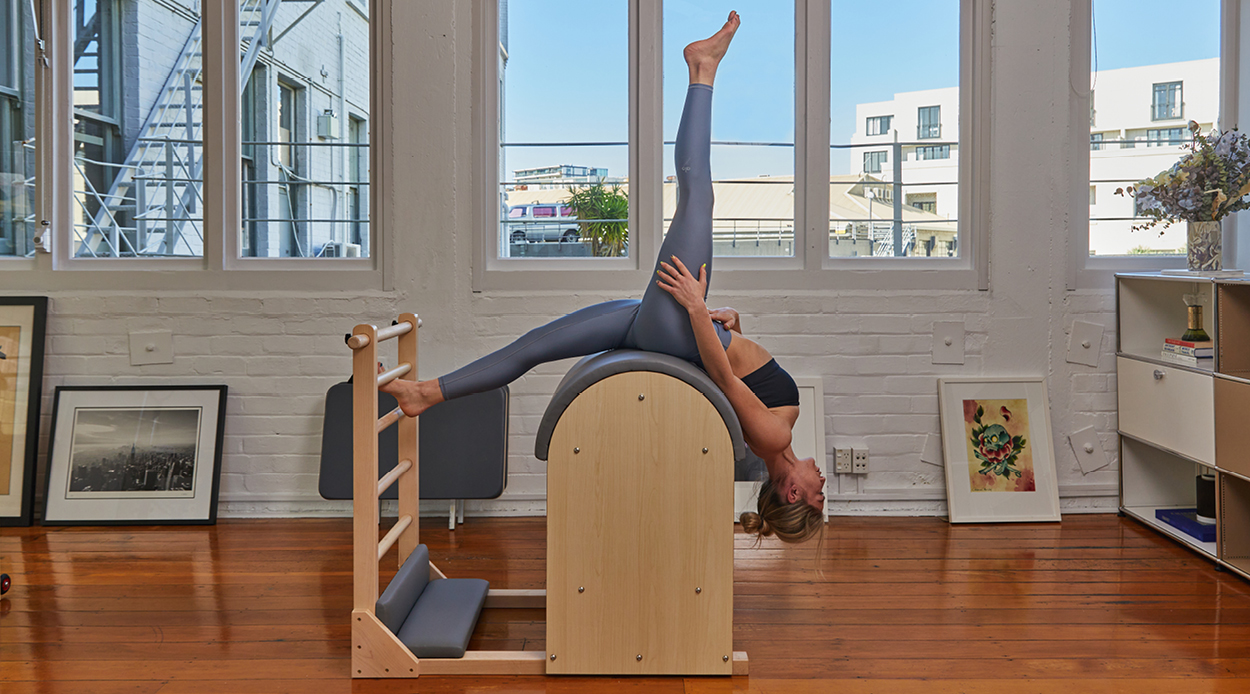
Best In-Home Trainers
Stella Mitchinson — Pilates
With a personalised, mobile service, certified Pilates instructor Stella Mitchinson brings her bespoke technique, individualised advice, vibrant personality and can-do attitude to homes and workspaces, transforming the bodies and minds of Aucklanders one session at a time. She became certified through an internationally recognised contemporary school of Pilates called Polestar Pilates, and her sessions are unique and specific to what each client needs. She also offers individually tailored, sessions in her own private gym space where she will have you using the latest and greatest Pilates equipment to get you in the best shape of your life.
Rebecca Goldwater — Exercise and Nutrition Specialist
With over 20 years in the PT-biz, Rebecca Goldwater is adept at helping her clients make exercise a priority. She offers sessions in her own home or yours, and at Loft45 gym — plus online consultations. Utilising a combination of techniques including nutrition, stretching and core activation; resistance, cardiovascular endurance, and mindfulness, she creates tailored workouts for clients in all stages of life, including pregnancy. With her well-rounded approach, Goldwater will ensure you have a strong body and a fit mind to boot.
Best on a Bike
Westward Cycle, Eden Terrace
Embrace the elation of a sweaty cycle session at Westward Cycle. A fully-immersive experience that centres on pumping beats and an infectious mood, expect much more than just your run-of-the-mill pedal. Weighted arm movements are incorporated to build upper body strength, and dynamic choreography makes sure you’ll be connected to the energy of the group while you challenge your body.
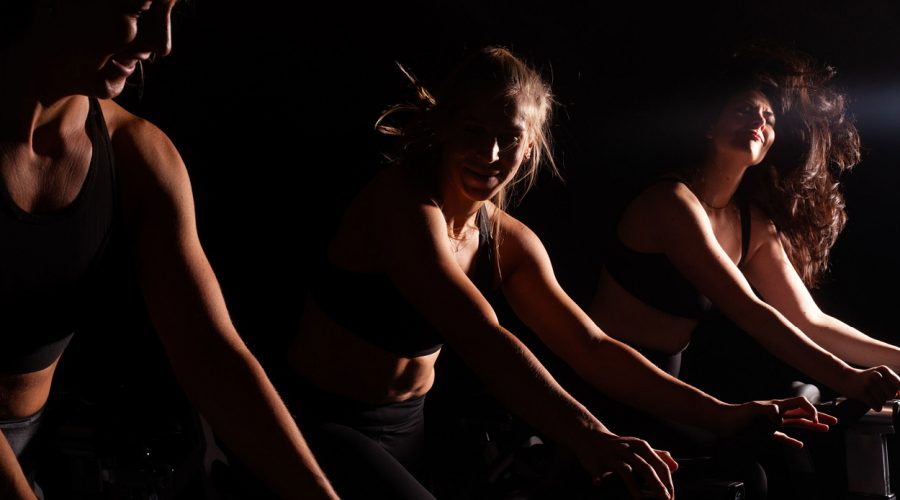
Best for Combat Sports
City Kickboxing, Mt Eden
Founded by UFC legend Eugene Bareman and champion boxer Doug Viney, City Kickboxing is the place to go to for its well-rounded offering of mixed martial arts, Muay Thai, Brazilian Jiu-Jitsu and more. Boasting nearly 420-square-metres of space, including a full-sized professional boxing ring, cage and a 116-square-metre mat area, there’s plenty of room to pursue your fighting form, whether novice or pro, in a group class or one-on-one.
Tukaha Brazilian Jiu-Jitsu, Auckland Central
Tukaha is a full-time martial arts academy with morning, lunchtime, afternoon and evening classes dedicated to superior instruction and training for men and women. Led by third-degree black belt Pedro Fernandes, the centre’s trainers can guide you comprehensively whether your goal is fitness, self-defence or honing existing martial arts skills.



